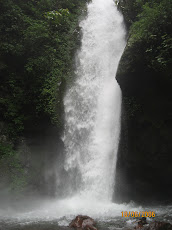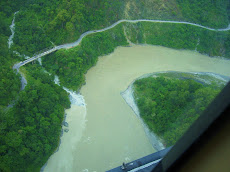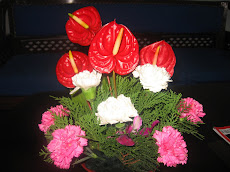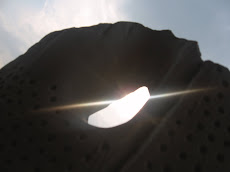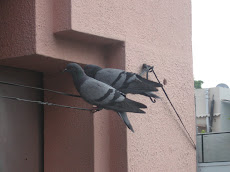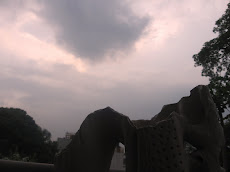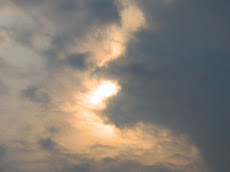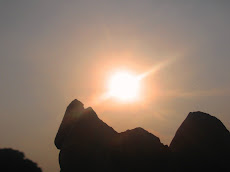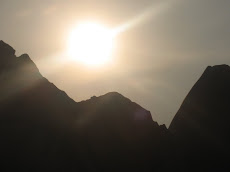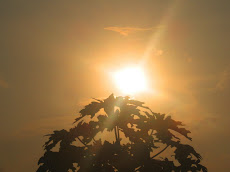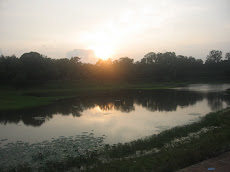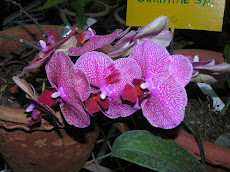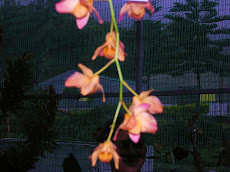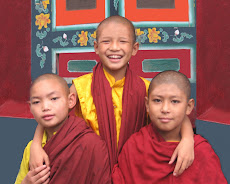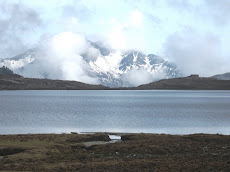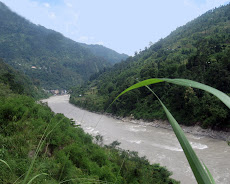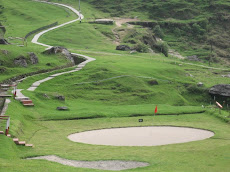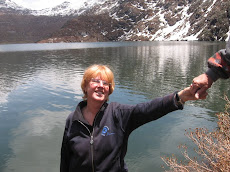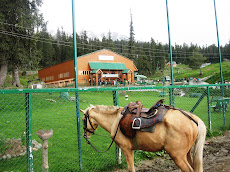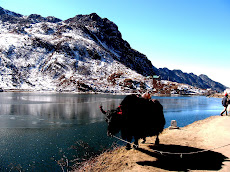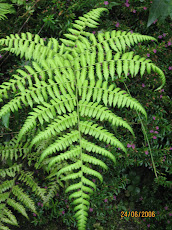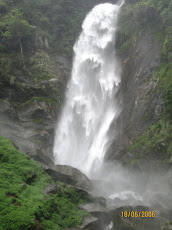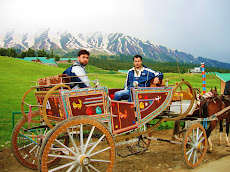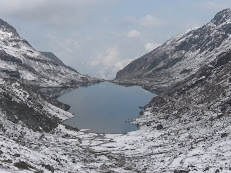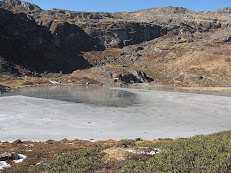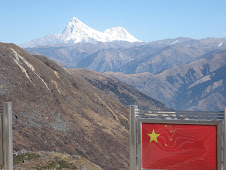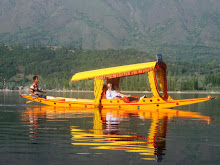The small and beautiful state of Sikkim has remarkable art, craft and vibrant traditions. The various art forms have been deeply influenced by the places of workship, festivals and eight lucky signs of Buddhism.
Religion as an extremely significant system of belief or faith has always been instrumental in maintaining and sustaining a strong blend of communal harmony and tranquility in the Sikkim situation. The state’s magnificent places of worship, even those situated in far flung and remote corners, reverberate with unusual spiritual energy. Apart from keeping the people of three main communities (Lepcha, Bhutia and Nepali) together, these also have their own unique influence on art and craft forms and practices.
The architecture and façade of most of the places of worship, therefore, hold a rather magnetic appeal for visitors and tourists. One can also see exquisite workmanship, intricate carving, uncommon colour combinations and painting in them. Needless to say, most of the religious institutions abound in colour and festivity
The monasteries or the Gumpas hold an extremely significant position in the life of a follower of the Buddhist religion. ‘Gumpa’, literally means, a solitary place. It is believed that isolation from the world is needed, not as an art of self punishment but to escape worldly temptations and weaknesses. A monastery is built in such a way that it should look out towards the east direction to catch the first rays of the rising sun. Sikkim, due to its unique heritage is a land of very old and deep-rooted handicraft and handloom traditions. The art and craft forms which have emerged from, or are linked to the monasteries, are Thanka paintings, mask-making, wood carving, metal craft, etc.
The thankas are the religious scrolls found hanging in the monasteries or in Buddhist houses. Considered very Sacred and auspicious, these are supposed to drive away evil spirits. Primarily, life stories or sketches of gods and goddesses in different forms are shown in them. They may depict Lord Buddha, Goddess Dolma, God Manjushree, Goddess Saraswati, the Goddess of learning, the Goddess Tara, an embodiment of compassion, Guru Padmasambhava, God Chana Dorji or for that matter, any Tibetan Saint, the Wheel of Life or some other deity, surrounded by deities of lesser significance. With the passage of time, a sort of secular touch has been witnessed in these unique painting. No wonder, nowadays, they also show Hindu gods and goddesses, such as Lord Ganesh, Goddess,Saraswati, Lord Balaji, Lord Venkateshwara, etc.
The Wheel of life, one of the purest Buddhist emblems, is prominently found on the Thankas. The circular form of this Wheel signifies wordly existence and the hub of the wheel as a cock, a snake and a pig. The cock shows lust or desire, the snake, anger, and
the pig signifies ignorance, as also stupidity. Placed in the centre of the wheel, these are supposed to be the root causes of the disturbances on earth. While the white portion on the wheel signifies good deeds of human beings, the black portion represents bad or evil deeds. In the same way, individuals shown in the white portion are those who perform good deeds in life and are, therefore, eligible for a rebirth in the world of gods. On the other hand, human beings figuring in the black portion indicate hell or the world of animals.
The Thankas are made, or painted by religious artisans, popularly known as Lharipas. In view of the fact that these are made by referring to religious texts, it is necessary for the artist to know the Tibetan language. These are not mere objects or pieces of decoration for the artist, but a powerful aid to the Tantric meditation. Stone colours and vegetable dyes are used in plenty while making such scroll paintings. Two primary colours namely, red yellow, highlight the difference between fire and life, between the material and the immaterial. The orange colour symbolizes the knowledge of the highest form of spirituality. Blue suggests depth, purity and infinity, while green is supposed to represent the vegetable aspects.
The value of a Thanka depends on the intricacy of its drawing, the quantum of gold dust prevalent in the painting material and the amount of gold thread used in the tapestry.
On an average, a Thanka takes about a month or two to make, though the larger and more detailed Thankas may take a longer time. Consequently, these are somewhat expensive paintings but at the same time, worth keeping and worth presenting to dignitaries or one’s near or dear ones. In addition to occupying a place of importance or prominence in a monastery or a home, these age-old attractive paintings are also required during special occasions, such as, birth, death, marriage, house-warming, etc. When a Buddhist expires, as a part of ritual on the forty-ninth day, a Thanka depicting a particular god or goddess is worshipped. The selection of such a Thanka is decided upon the perusal of the horoscope of the deceased person.
The wealth possessed by a particular individual or a monastery is reflected in terms of the icons and Thankas possessed by them. For instance, the important monasteries of Sikkim, such as, Dubdi, Pemayangtse, Tashiding, Ralong, Rumtek, Enchey and Pal Zurmang have huge and priceless Thankas.
It is a matter of concern that the art of Thanka painting is witnessing a diminishing trend on account of various factors, such as, lack of interest in the younger generation of artisan families, rapid urbanization and rising materialism as well as the declining patronage of artists by art lovers and the monasteries, To date, barely 25 Thanka painters are active in the state. Only four or five of them have been successful in getting National, State or other Awards, while a majority of them live in isolation. A few like Gyanden Lharipa, Khandu Wangchuk, Nima Tshering and Pema Wangyal are in a position to not only leave an impact but also to sell their products well. Thanks to the telecommunication revolution in this part of the country, they can avail of cell phones and the much needed access to the internet. In addition to making his own products, Pema Wangyal has been teaching 20-25 students of Loyala University, California, USA, twice a year. Such an exercise initiated in 2005, has transformed 60 foreign students into Thanka painters. To sum up in the words of Pema Wangyal, winner of the Kala Mani Award (Suraj Kund Mela-2002), “the ancient art of Thanka painting badly needs financial and marketing support from the government and financial institutions, failing which, the art may be swept away be rapidly changing technological innovations.”
Monday, March 23, 2009
THE HEE- BERMIOK EXPERIENCE
One cold morning when it was still dark and the sky was partly overcast, I began my journey from Gangtok to the western part of Sikkim. It was a real delight to see the first rays of sun falling over the summit of Mount Khanchendzonga. Soon, I saw the mountain turning from golden to pink. After crossing Ranipool, the gradient of the road was smooth and manageable and we covered a good distance in a relatively short span of time. From Singtam (28 km from Gangtok) to Rangpo and Meli, the greenish blue water of the mighty Teesta river was a delightful sight.
The sky cleared once we re-entered Sikkim from Melli. The drive from Melli to Jorethang was
soothing as we were passing through thick sub-tropical forests. The clear and green water of Rangeet river to our left presented a stunning sight. We could not resist the temptation to drive down to a safe bank of the river and have a ‘break’ for breakfast. After a non-stop drive of two-and-a- half hours, the homemade breakfast, though, cold, gave, us the necessary energy to move forward. By this time it was bright sunshine. Within no time, we hit the road again and had an unusual feel of the silence of the jungle. It was nice to see shocking red ‘Lalpati’ in bloom and a few other wild winter flowers. Occasionally, a few monkeys and birds appeared on the road. In a short while, from Jorethang we took a right turn towards Reshi, Boom Reshi, Rinchenpong, Kaluk and thereafter to our final destination of Bermiok and Hee. Before we reached Rinchenpong, it was a pleasure to see a few snow-clad peaks, large cardamom plantations and marigold flowers, off the highway. While driving, I was reminded of my mountain biking experience here barely six month ago. The tiny yet tidy houses, cowsheds, public buildings and shops wore a festive look as a VIP was to visit the locality during the course of the day. As we came close to the main venue, there was an increase in the number of smartly dressed people walking along the road.
After completing 145 km of a thrilling journey, we were advised to take a diversion further up seven kms in order to reach the first venue of the official function. Though the sky was blue and crystal clear by now, the first sign of snow over one of the peaks of Mount Khanchendzonga range was visible as we climbed up four kms of newly dug up road. The villagers in their bright dresses were seen walking up even though they had to occasionally inhale dust blown by the speeding vehicles.
By the time we reached the newly constructed Village Guest House at Dara- Hee, more vehicles and people were visible and the whole Mount Khanchendzonga range against the background of blue sky presented a very breathtaking sight. Many of us captured this beautiful moment in our cameras. Before we began walking down towards the Guest House built in a traditional Limboo style, we saw a wetland being transformed into an artificial lake. The upper and the surrounding area had a good forest cover. A stay over here is bound to provide the tourist with a peace of mind and solitude in the setting of a typical Limboo village.
After an hour of the official inauguration, we trekked about 400 feet to a flat piece of land known as Gufa Dara to witness the foundation stone laying ceremony of a 56 feet high statue of the Mahatma Sirijunga and a Limboo Study Centre. The ceremony was organized and attended by a huge gathering with considerable fanfare to mark the 302nd birth anniversary of the Mahatma.
Next in our itinerary was the newly-constructed 14 km long Hee-Patal-Varsey trekking trail. It was a comfortable walk. Though the sun had begun setting and the temperature had started plummeting, our walk through the thick forests full of wild orchids revitalized us to carry forward our journey. Seeing the snow over Mount Khanchendzonga range once again lifted our spirits. We trekked for about five kms before the visibility reduced.
The next morning we saw the unveiling of a bust of the Mahatma Sirijunga at Yaktung Manghim (Limboo temple), at Martam, about four kms down the main road. Apart from a colourful assembly of people to pay homage to the Mahatma, one could see a display of ethnic food and crafts. The grand finale was provided by a variety of Limboo dances and the beating of drums by the artists in their colourful attire.
Finally, while leaving the place on yet another sunny day, I got the impression that Hee-Bermiok is indeed going to be a vibrant and happening tourist destination.
The sky cleared once we re-entered Sikkim from Melli. The drive from Melli to Jorethang was
soothing as we were passing through thick sub-tropical forests. The clear and green water of Rangeet river to our left presented a stunning sight. We could not resist the temptation to drive down to a safe bank of the river and have a ‘break’ for breakfast. After a non-stop drive of two-and-a- half hours, the homemade breakfast, though, cold, gave, us the necessary energy to move forward. By this time it was bright sunshine. Within no time, we hit the road again and had an unusual feel of the silence of the jungle. It was nice to see shocking red ‘Lalpati’ in bloom and a few other wild winter flowers. Occasionally, a few monkeys and birds appeared on the road. In a short while, from Jorethang we took a right turn towards Reshi, Boom Reshi, Rinchenpong, Kaluk and thereafter to our final destination of Bermiok and Hee. Before we reached Rinchenpong, it was a pleasure to see a few snow-clad peaks, large cardamom plantations and marigold flowers, off the highway. While driving, I was reminded of my mountain biking experience here barely six month ago. The tiny yet tidy houses, cowsheds, public buildings and shops wore a festive look as a VIP was to visit the locality during the course of the day. As we came close to the main venue, there was an increase in the number of smartly dressed people walking along the road.
After completing 145 km of a thrilling journey, we were advised to take a diversion further up seven kms in order to reach the first venue of the official function. Though the sky was blue and crystal clear by now, the first sign of snow over one of the peaks of Mount Khanchendzonga range was visible as we climbed up four kms of newly dug up road. The villagers in their bright dresses were seen walking up even though they had to occasionally inhale dust blown by the speeding vehicles.
By the time we reached the newly constructed Village Guest House at Dara- Hee, more vehicles and people were visible and the whole Mount Khanchendzonga range against the background of blue sky presented a very breathtaking sight. Many of us captured this beautiful moment in our cameras. Before we began walking down towards the Guest House built in a traditional Limboo style, we saw a wetland being transformed into an artificial lake. The upper and the surrounding area had a good forest cover. A stay over here is bound to provide the tourist with a peace of mind and solitude in the setting of a typical Limboo village.
After an hour of the official inauguration, we trekked about 400 feet to a flat piece of land known as Gufa Dara to witness the foundation stone laying ceremony of a 56 feet high statue of the Mahatma Sirijunga and a Limboo Study Centre. The ceremony was organized and attended by a huge gathering with considerable fanfare to mark the 302nd birth anniversary of the Mahatma.
Next in our itinerary was the newly-constructed 14 km long Hee-Patal-Varsey trekking trail. It was a comfortable walk. Though the sun had begun setting and the temperature had started plummeting, our walk through the thick forests full of wild orchids revitalized us to carry forward our journey. Seeing the snow over Mount Khanchendzonga range once again lifted our spirits. We trekked for about five kms before the visibility reduced.
The next morning we saw the unveiling of a bust of the Mahatma Sirijunga at Yaktung Manghim (Limboo temple), at Martam, about four kms down the main road. Apart from a colourful assembly of people to pay homage to the Mahatma, one could see a display of ethnic food and crafts. The grand finale was provided by a variety of Limboo dances and the beating of drums by the artists in their colourful attire.
Finally, while leaving the place on yet another sunny day, I got the impression that Hee-Bermiok is indeed going to be a vibrant and happening tourist destination.
Mahesh, the K.B.K.
They say memories are golden. They provide a fresh lease and succor to life. Not only they enable us to keep in touch but provide possibly, a kind of therapy as well, which has no side effects. While painful experiences deserve to be forgotten, good and soothing episodes keep coming back to one’s mind and they should also.
Certain old associates could be compared to huge and perennial rivers, as there is no dearth of water or shall we say, no dearth of emotion in them? In order to renew and recharge old contacts, egos and self- proclaimed prestige have to be set aside. No confluence is possible if there is no common ground or level field. Also the past and present hierarchies need to be ignored.
With this prescription or frame of mind, I began a hectic search for Mahesh, our old Bungalow Peon. One was looking for him and was hearing as well about him from Sharmaji but no telephonic conversation was materializing.
On a relatively gloomy morning, I was bestowed with some optimism to have a contact. Without losing time, I grabbed it. Sarla, the State Guest House Caretaker managed to call Mahesh within less than a minute. His unique short stature, frail, yet, strong body and fair face, otherwise also makes him a distinct entity. One of my old friends was fond of calling him a ‘heritage product’.
When we got closer on receiver, both addressed each other simultaneously in the old, familiar and affectionate tone. I inquired about his welfare, family members, friends, place of work and present wages. He replied to everything in a smiling and positive tone. Before I could convey our fond memories of him, apt came the query” How are Memsaheb and Ankoor?” I gave him the required information. I did add that we were eager to send some presents to him upon being informed of his present place of work. He did inquire, if I was planning to visit his place in near future. Not only I mentioned about some characteristic features of his three year association with us, but I also reminded him about his delicious Chinese preparations and the nice, round and hot chapattis he would make especially for me. Those would be made at a time when the whole of Gangtok would be in deep slumber.
He smiled, laughed and reciprocated his emotions. I could understand him, so could he. Afterall, he would often share my joys and sorrows without any malice, whenever my family won’t be around. While I promised to contact him regularly, in turn, he managed very innocently to persuade me to let my wife and son call him soon. He could not believe that latter was now a tall, young man, religiously pursuing his Second Year of B.A Hons. He felt overjoyed on my positive response. Before disconnecting, a sigh of relief came to his face when I requested Sarla to take good care of him in view of what she heard.
Upon this pleasant drive down the memory lane, I suppose, my level of stress vanished into thin air. I received the therapy I was looking for. This is how life goes on and the foundations of future are laid on some of the past happenings and acquaintances.
Certain old associates could be compared to huge and perennial rivers, as there is no dearth of water or shall we say, no dearth of emotion in them? In order to renew and recharge old contacts, egos and self- proclaimed prestige have to be set aside. No confluence is possible if there is no common ground or level field. Also the past and present hierarchies need to be ignored.
With this prescription or frame of mind, I began a hectic search for Mahesh, our old Bungalow Peon. One was looking for him and was hearing as well about him from Sharmaji but no telephonic conversation was materializing.
On a relatively gloomy morning, I was bestowed with some optimism to have a contact. Without losing time, I grabbed it. Sarla, the State Guest House Caretaker managed to call Mahesh within less than a minute. His unique short stature, frail, yet, strong body and fair face, otherwise also makes him a distinct entity. One of my old friends was fond of calling him a ‘heritage product’.
When we got closer on receiver, both addressed each other simultaneously in the old, familiar and affectionate tone. I inquired about his welfare, family members, friends, place of work and present wages. He replied to everything in a smiling and positive tone. Before I could convey our fond memories of him, apt came the query” How are Memsaheb and Ankoor?” I gave him the required information. I did add that we were eager to send some presents to him upon being informed of his present place of work. He did inquire, if I was planning to visit his place in near future. Not only I mentioned about some characteristic features of his three year association with us, but I also reminded him about his delicious Chinese preparations and the nice, round and hot chapattis he would make especially for me. Those would be made at a time when the whole of Gangtok would be in deep slumber.
He smiled, laughed and reciprocated his emotions. I could understand him, so could he. Afterall, he would often share my joys and sorrows without any malice, whenever my family won’t be around. While I promised to contact him regularly, in turn, he managed very innocently to persuade me to let my wife and son call him soon. He could not believe that latter was now a tall, young man, religiously pursuing his Second Year of B.A Hons. He felt overjoyed on my positive response. Before disconnecting, a sigh of relief came to his face when I requested Sarla to take good care of him in view of what she heard.
Upon this pleasant drive down the memory lane, I suppose, my level of stress vanished into thin air. I received the therapy I was looking for. This is how life goes on and the foundations of future are laid on some of the past happenings and acquaintances.
Sunday, March 1, 2009
NATHULA, Where The Clouds Dwell
The biting chill was freezing my bones. This is madness….’screeched Puri, who accompanied me,jumping up and down to keep up his circulation. The rest of the group stared balefully at me from behind tightly shut windows of our two sturdy Gypsies. But most infuriating of all was the tardiness of the check post policeman who refused to accept the one set of pass that we had in our possession. Well, visiting a high altitude location in winter may not be everyone’s hot cup of tea, but I was enjoying myself thoroughly.
It all began when a group of seven dare devils, I being in charge, not only planned such an adventure but executed it too. After a somewhat hectic but memorable day of romping around the famous Rumtek Monastery,the seat of his Holiness Gyalwa Karmapa, we started packing for our final destination- Nathula. The next day–Sunday was true to its name. We woke up to brilliant sunlight and deep azure cloudless skies. Armed with passes and a song or two on our lips we at last began to ascend huddled tightly together in our two Gypsies.
We had not even covered five of the fifty-five kilometer stretch that realization struck us that we had in our possession only one set of passes. When all attempts to persuade the check post policeman failed,I relented. Securing a second set, that too on a non-working day was going to be tough!
‘Let’s grab a cup of tea’ pleaded NL.I urged him and the rest of the group to carry on while I spent a good hour and a half struggling against time and scuttling up and down to secure that elusive second set of pass. When at last I got back I found my friends had not only devoured cup loads of tea but snacked heartily on piping hot omlettes. Amidst the rattle of cutlery and swishes of the several poly packs that my conscientious friends refuse to degrade the environment with, I realized that I had missed more than a just delicious meal – it was the splendid snow smattered scenery around the check post.
On the Way to Tsomgo Lake
Now with all the permits in order, we resumed our ascent to Tsomgo Lake and NathuLa pass. The cold clear air caught every rustle of the fir, pine and juniper that swooshed past us along the meandering road. Fair weather was a gift in itself as it ensured a breath taking view of nature’s different hues. Snow-clad peaks peeked now and then from behind a curtain of blotched brown and green, innumerable ferns and wild plants nodded gently as the burden of snow softly fell to their feet and even the chattering springs seemed to be ambling lazily in their frosty beds. Snow covered houses dotted the gentler slopes and added life to the wintry beauty of the mountains. Tiny gaily coloured flags were strung together and placed all around the courtyards of the delightful cottages adding a distinctive charm and festivity to the surroundings. ‘What to these flags mean?’ asked Singh. ‘These flags are unique to Buddhism. The red, yellow, orange, blue and green are used for happy and joyous occasions, while the white ones indicate mourning. The coloured flags may be placed around the house, but the white ones are invariably strung around bamboos in a distant glen’ replied our driver. Although tempted at each turn to get down to touch every fragile structure and run the ice through our fingers, words of caution from the drivers determined to show us places in our itinerary in time and return to Gangtok before the weather finally ‘packed up’ deterred us successfully.
Enroute to Tsomogo Lake we stopped by at Kyongnosla Alpine Sanctuary (26 kms from Gangtok),a place famous for being home to Red Panda, the state animal and the Blood Pheasant,the state Bird of Sikkim. Although we were unable to spot any of these creatures as they were possibly hibernating, we promised to be back next summer, fuelled by the desire to behold the abundant bloom of the exotic varieties of rhododendrons. As of now we had to be content with the twitter of an odd bird and the dark mystical and snowy view of the dream forest.
Leaving the enchanted frost forest behind we embarked on a twelve thousand feet climb. As the lofty mountains moved away a glittering sapphire studded lake emerged. The huge water body blissfully basking in the winter sun-filled our hearts with an unbridled joy that brought lumps to our throats. Croaking in delight we ached to touch its clear icy blue waters. The silence was overwhelming, intensified as it was with the little tinkles of the bells that Yaks sported, loitering placidly in the adjoining slopes. With cameras clicking in unison we cleansed our souls and captured the moment.
Destination Nathula
The terrain turned hostile with rugged mountains emerging jubilant over sparse vegetation. Dwellings were indeed few and far between with tough-looking GREF labourers undertaking road repairs off and on. Sweating through a swathe of warm clothes these poor men were toiling hard, amidst the acrid smoke of the burning koltar, to ensure essential supplies to the army men perched high up in lonesome mountain posts along the Indo-China border. Well, it was getting colder and colder and shiver here and a chatter there escaped unintentionally. But the brightness of the day and scenic beauty kept us all in commendable high spirits.
Frolicking Encumberants
At one sharp turn, one of the vehicles began making strange noise. The driver was compelled to cut down on speed. When nothing succeeded, we were more than delighted to settle for an unwanted (by our drivers of course), yet welcome break. Landing on ankle deep soft and crunchy snow we discovered a roadside benchmark declaring an altitude of 13000 feet. A little beyond was an open plain ahead of which the craggy mountains rose steeply. While the driver were engrossed in repairing the vehicle, we sneaked away to get a feel of all the snow and ice. Squishing through the white blanket of knee deep snow we tumbled around, made snow battalions and used snowballs for ammunition. It was perhaps the purest from of fun that we had enjoyed for a long long time. With no sign of inhabitation or the fragile fluttering flags we felt somehow removed from reality. But that moment was broken when a bellow ‘saab ho gaya’ from the driver shattered the peace. Our ultimate destination was barely ten to twelve kilometers away.
Our journey was resumed. The final milestone at Sherathang read Delhi 1780 kms on the one side and Lhasa 500 km on the other. We were drawing closer to the historic NathuLa pass located amidst a stark alpine landscape, which served as a significant transit point in the pre-1962 silk trade route between Sikkim and Chumbi valley of Tibet. As we left behind a magnificent set of twin partly frozen lakes, we grew impatient to make that ‘final touchdown’.
At last we were there- 14,500 feet above sea level. I was feeling a little light- maybe it was the rarified atmosphere, or maybe it was sheer delight. Few of my friends found it difficult to breathe, imagine being stationed here unendingly all though the wintry months. The sun had by now begun to play hide and seek. Taking small steps as advised by the army jawans, we reached the spot visited by Pandit Jawaharlal Nehru in 1958. A commemorating plaque nearby, thus describes his visit-‘ Jawaharlal Nehru, PM of India accompanied by Maharajakumar Col. P.T. Namgyal arrived at Nathula by motor vehicle on 1.9.1958.’ On our left was the highest conference hall in the world, while to our right, was an unhindered view of the road that runs through the Chumbi valley of Tibet leading to nearest commercial centre of Yatung (25kms.),a place accessible to and frequented by Indian traders before 1962 war. As the clouds descended and the wintry winds buffeted and creeped into the chinks of our woolen armour, we decided it was time to beat a hasty retreat from this historic pass.
Walking back through the chilly and wet haze we touched the barbed wires that indicated the border. I bent down to scoop out snow from the Chinese soil. It felt the same. Some of the Chinese troops marked the movement but raised no objections. It was a welcome wind of change from the early sixties when they would regularly hurl abuses at Indians in Hindi over their public address system. A warm handshake with one of the Chinese officers drew a momentary thaw in the ‘coldness’ of our relations.
Spending a few moments huddled together with the jawans we gained a useful insight into their dedicated lives and discovered that there was a traditional swapping of mail between the two sides twice a week- Sunday and Thursday. Fortified with hot jalebis,pakoras and compulsory celine tablets we found enough warmth in us to brave the deteriorating weather conditions.
As the sun hovering around slowly disappeared we had no choice but to leave the splendid gap, the famous NathLa –abode of the clouds.
Soon, packed comfortably in our two gypsies, we began losing height. Our request to stop by Tsomgo lake to enjoy its beauty in the fading light evoked guttural responses from our irate drivers. But when we mentioned a free snack at the home-joints around the lake, their toothy grins confirmed our stoppage plans. Delicious hot momos and thukpa served to us were more than awesome to put it mildly. By now Tsomgo was silhouetted against the deep inky glow of the evening. As the colours slowly faded from its bosom, another vibrant hue from young embracing couples filled the air. Desent from Tsomgo to Gangtok was slow and uneventful. It did snow a bit on the way. By and large, the clouds dictated the terms all through. All that we had gasped at while going uphill were now shrouded in a delicate veil. It was only when a sparkle or two broke the cloud barrier did we realize that Gangtok was right ahead.
At the end of this beautiful day, all I pledged to do was to return once again!
It all began when a group of seven dare devils, I being in charge, not only planned such an adventure but executed it too. After a somewhat hectic but memorable day of romping around the famous Rumtek Monastery,the seat of his Holiness Gyalwa Karmapa, we started packing for our final destination- Nathula. The next day–Sunday was true to its name. We woke up to brilliant sunlight and deep azure cloudless skies. Armed with passes and a song or two on our lips we at last began to ascend huddled tightly together in our two Gypsies.
We had not even covered five of the fifty-five kilometer stretch that realization struck us that we had in our possession only one set of passes. When all attempts to persuade the check post policeman failed,I relented. Securing a second set, that too on a non-working day was going to be tough!
‘Let’s grab a cup of tea’ pleaded NL.I urged him and the rest of the group to carry on while I spent a good hour and a half struggling against time and scuttling up and down to secure that elusive second set of pass. When at last I got back I found my friends had not only devoured cup loads of tea but snacked heartily on piping hot omlettes. Amidst the rattle of cutlery and swishes of the several poly packs that my conscientious friends refuse to degrade the environment with, I realized that I had missed more than a just delicious meal – it was the splendid snow smattered scenery around the check post.
On the Way to Tsomgo Lake
Now with all the permits in order, we resumed our ascent to Tsomgo Lake and NathuLa pass. The cold clear air caught every rustle of the fir, pine and juniper that swooshed past us along the meandering road. Fair weather was a gift in itself as it ensured a breath taking view of nature’s different hues. Snow-clad peaks peeked now and then from behind a curtain of blotched brown and green, innumerable ferns and wild plants nodded gently as the burden of snow softly fell to their feet and even the chattering springs seemed to be ambling lazily in their frosty beds. Snow covered houses dotted the gentler slopes and added life to the wintry beauty of the mountains. Tiny gaily coloured flags were strung together and placed all around the courtyards of the delightful cottages adding a distinctive charm and festivity to the surroundings. ‘What to these flags mean?’ asked Singh. ‘These flags are unique to Buddhism. The red, yellow, orange, blue and green are used for happy and joyous occasions, while the white ones indicate mourning. The coloured flags may be placed around the house, but the white ones are invariably strung around bamboos in a distant glen’ replied our driver. Although tempted at each turn to get down to touch every fragile structure and run the ice through our fingers, words of caution from the drivers determined to show us places in our itinerary in time and return to Gangtok before the weather finally ‘packed up’ deterred us successfully.
Enroute to Tsomogo Lake we stopped by at Kyongnosla Alpine Sanctuary (26 kms from Gangtok),a place famous for being home to Red Panda, the state animal and the Blood Pheasant,the state Bird of Sikkim. Although we were unable to spot any of these creatures as they were possibly hibernating, we promised to be back next summer, fuelled by the desire to behold the abundant bloom of the exotic varieties of rhododendrons. As of now we had to be content with the twitter of an odd bird and the dark mystical and snowy view of the dream forest.

Leaving the enchanted frost forest behind we embarked on a twelve thousand feet climb. As the lofty mountains moved away a glittering sapphire studded lake emerged. The huge water body blissfully basking in the winter sun-filled our hearts with an unbridled joy that brought lumps to our throats. Croaking in delight we ached to touch its clear icy blue waters. The silence was overwhelming, intensified as it was with the little tinkles of the bells that Yaks sported, loitering placidly in the adjoining slopes. With cameras clicking in unison we cleansed our souls and captured the moment.
Destination Nathula
The terrain turned hostile with rugged mountains emerging jubilant over sparse vegetation. Dwellings were indeed few and far between with tough-looking GREF labourers undertaking road repairs off and on. Sweating through a swathe of warm clothes these poor men were toiling hard, amidst the acrid smoke of the burning koltar, to ensure essential supplies to the army men perched high up in lonesome mountain posts along the Indo-China border. Well, it was getting colder and colder and shiver here and a chatter there escaped unintentionally. But the brightness of the day and scenic beauty kept us all in commendable high spirits.
Frolicking Encumberants
At one sharp turn, one of the vehicles began making strange noise. The driver was compelled to cut down on speed. When nothing succeeded, we were more than delighted to settle for an unwanted (by our drivers of course), yet welcome break. Landing on ankle deep soft and crunchy snow we discovered a roadside benchmark declaring an altitude of 13000 feet. A little beyond was an open plain ahead of which the craggy mountains rose steeply. While the driver were engrossed in repairing the vehicle, we sneaked away to get a feel of all the snow and ice. Squishing through the white blanket of knee deep snow we tumbled around, made snow battalions and used snowballs for ammunition. It was perhaps the purest from of fun that we had enjoyed for a long long time. With no sign of inhabitation or the fragile fluttering flags we felt somehow removed from reality. But that moment was broken when a bellow ‘saab ho gaya’ from the driver shattered the peace. Our ultimate destination was barely ten to twelve kilometers away.
Our journey was resumed. The final milestone at Sherathang read Delhi 1780 kms on the one side and Lhasa 500 km on the other. We were drawing closer to the historic NathuLa pass located amidst a stark alpine landscape, which served as a significant transit point in the pre-1962 silk trade route between Sikkim and Chumbi valley of Tibet. As we left behind a magnificent set of twin partly frozen lakes, we grew impatient to make that ‘final touchdown’.
At last we were there- 14,500 feet above sea level. I was feeling a little light- maybe it was the rarified atmosphere, or maybe it was sheer delight. Few of my friends found it difficult to breathe, imagine being stationed here unendingly all though the wintry months. The sun had by now begun to play hide and seek. Taking small steps as advised by the army jawans, we reached the spot visited by Pandit Jawaharlal Nehru in 1958. A commemorating plaque nearby, thus describes his visit-‘ Jawaharlal Nehru, PM of India accompanied by Maharajakumar Col. P.T. Namgyal arrived at Nathula by motor vehicle on 1.9.1958.’ On our left was the highest conference hall in the world, while to our right, was an unhindered view of the road that runs through the Chumbi valley of Tibet leading to nearest commercial centre of Yatung (25kms.),a place accessible to and frequented by Indian traders before 1962 war. As the clouds descended and the wintry winds buffeted and creeped into the chinks of our woolen armour, we decided it was time to beat a hasty retreat from this historic pass.
Walking back through the chilly and wet haze we touched the barbed wires that indicated the border. I bent down to scoop out snow from the Chinese soil. It felt the same. Some of the Chinese troops marked the movement but raised no objections. It was a welcome wind of change from the early sixties when they would regularly hurl abuses at Indians in Hindi over their public address system. A warm handshake with one of the Chinese officers drew a momentary thaw in the ‘coldness’ of our relations.
Spending a few moments huddled together with the jawans we gained a useful insight into their dedicated lives and discovered that there was a traditional swapping of mail between the two sides twice a week- Sunday and Thursday. Fortified with hot jalebis,pakoras and compulsory celine tablets we found enough warmth in us to brave the deteriorating weather conditions.
As the sun hovering around slowly disappeared we had no choice but to leave the splendid gap, the famous NathLa –abode of the clouds.
Soon, packed comfortably in our two gypsies, we began losing height. Our request to stop by Tsomgo lake to enjoy its beauty in the fading light evoked guttural responses from our irate drivers. But when we mentioned a free snack at the home-joints around the lake, their toothy grins confirmed our stoppage plans. Delicious hot momos and thukpa served to us were more than awesome to put it mildly. By now Tsomgo was silhouetted against the deep inky glow of the evening. As the colours slowly faded from its bosom, another vibrant hue from young embracing couples filled the air. Desent from Tsomgo to Gangtok was slow and uneventful. It did snow a bit on the way. By and large, the clouds dictated the terms all through. All that we had gasped at while going uphill were now shrouded in a delicate veil. It was only when a sparkle or two broke the cloud barrier did we realize that Gangtok was right ahead.
At the end of this beautiful day, all I pledged to do was to return once again!
The Enchanting Valley of Flowers
The Enchanting Valley of Flowers
Widely known as Valley of Flowers or the Switzerland of India, Yumthang, situated at a distance of 140 kilometres from Gangtok, attracts and captivates all and sundry. Located at a height of 11.800 feet, it is a repository of huge bio-diversity for the adventure loving populace. Be it summer or winter, this huge meadow has a remarkable charm. Having collected basic information, we embarked upon the journey. To begin with, it was a rather long train journey upto New Jalpaiguri, followed by a refreshing jeep journey from Siliguri to Gangtok. Once we crossed a distance of ten kilometers the road made a quiet entry into the famous Mahananda Elephant Sanctuary. While we were not lucky enough in encountering any elephant, the driver did give us a graphic description of some of his nail-biting experiences of the dense, lush green, rain forest. At Sevoke, a narrow gauge railway line going to Assam separates the plains from the hills. What a sight it was to see the super fast, meandering Teesta river finding a completely flat setting to cool its tempers before proceeding ahead to its ultimate destination of Bay of Bengal.
Gentle Slope
As soon as we entered the hills, it was a fascinating world. Sweat of the body, heat and dust began disappearing and a soothing feeling came in. the speed of the vehicle was reduced considerably on account of gentle slope. One after another, waterfalls, streams, and rivulets kept appearing. The whole scenario was so irresistible that a number of times a few of us got down to have a direct feel of the bounty of nature. Apart from thick vegetation and occasional glance of wildlife, we did notice some sinking and sliding points. During the course of further journey, we were informed of the perils of getting stuck for hours and sometimes days, due to heavy landslides over the highway. No wonder, some of the vulnerable points had tiny places of worship and memorials built in the memory of departed souls.
At Teesta Bazaar, we crossed over to the other side of the wide and mighty Teesta river. Within a kilometer, the highway branched off to famous hill resort of Kalimpong. Thereafter, we came across Melli, the entry point for Sikkim from South District. Slightly before was the confluence point of Teesta and Rangeet river, the view of which was simply eye-catching. Like the famous Sangam at Allahabad, two rivers do not actually meet, rather they flow down on their own. Same is apparent from the colour of their water if one follows their courses closely.
Gateway to Sikkim
While driving up to Rangpo one is treated to an exemplary visual delight-thick lush green rain forest, bluish water of Teesta, beautiful rock formations etc. Huge multi-coloured gate at Rangpo welcomes the visitors to Sikkim, the land of mystic splendour, the hidden paradise and the heavenly abode on earth. Rangpo, the gateway to Sikkim, is a tiny but lively and developed township. Comparison with West Bengal becomes but obvious, if one follows the flurry of activities along the road leading to Singtam, and thereafter Ranipool. In the West Bengal stretch of the highway, one saw water all over but there was no sign of harnessing. On the Sikkim side,in contrast, a large number of micro and mini hydel plants were not only visible but they appeared having a decisive bearing on the life of a common man, if electricity coverage of far flung villages was any indication. At dusk, when we began the steepest climb from Ranipool, the whole landscape was bathing in light. It appeared as if stars had descended on the mountain slopes to extend a warm and hearty welcome to us at Gangtok. With the rise in altitude, the temperature outside began falling. It was time to hurriedly grab the woolens. The members, who came under the mystic influence of ‘natural air-conditioning,’ were found coughing and sneezing while taking a stroll on the beautiful Mall-the M.G.Marg. Past dinner at neat and clean Tibet Hotel, we heaved a sigh of relief when our travel agent confirmed arrangements on way to Yumthang, the much heard of and panoramic Valley of Flowers.
Mystical Peak
The fatigue accumulated ensured that not only we hit the pillow quickly but fell asleep fast as well. There was a desperate knock around 4.00 a.m. to wake us up to receive the blessings of Mount Kanchenjunga, the mountain deity of Sikkim. The early morning glow gradually bathing this mystical peak (at 28.199 feet, it is the world’s third highest) was simply breathtaking and otherworldly. It was something to be seen and felt from within, difficult to describe and elaborate. Change of colours over the peak kept us mesmerized for long. By half past five, it was a bright, sunny morning. Upon getting a taste of marvellous Temi tea, we began packing our bags, our packed breakfast included.
Panoramic View
In a slow motion the jeep began traversing the North Sikkim Highway. It was nice to get a view of health conscious people of Gangtok, jogging up and down the NH-31A. Turning towards Baluwakhani, one got a bird’s eye view of the sprawling city. While proceeding towards Black Cat Institute and Burtuk, one could see noticeable change in the thickness of vegetation. Tall pine trees and cascading waterfalls gave us good company. On account of late night showers, the hills looked fresh and green with streaks of clouds hovering over the highway every now and then. After a journey of ten kilometers, Gangtok disappeared from our view at Tashi Viewpoint. The impressive viewpoint provided another panoramic view of Mount Kanchenjunga, however. We were amazed once again.
Bluish Green Water
The vehicle began its slow descent towards B-1 or Bridge I, an unimpressive but sturdy bailey bridge. The driver added to our information that there were altogether ten bridges between Gangtok and Mangan, over a distance of barely 67 kilometres. From B-1, we began moving swiftly towards B-2, the dividing line between the East and North Districts. A waterfall of medium height greeted us right on the highway, a welcome sign to enchanting North. Our driver was more than amused at the experience, as he did not have enough time at dawn to clean the vehicle. We had’nt finished admiring the first waterfall that we came across another one within a few seconds. We attempted to click but were prevented from doing so on being told about much more beautiful scenario ahead.
Upon some gradual climb one reached the historic village of Kabi Longtsok, wherein the Lepchas (earliest inhabitants of Sikkim) had entered into a Blood Brotherhood Treaty with the Bhutias in the year 1641. A stone amidst the shadows of dense vegetation marks the spot. At B-3, the beautiful Bagcha Chu was crossed over by another bailey bridge. The bluish green water gently flowing from the nearby Indo-China border (ten kms by crow flight) attracted us to such an extent that we decided to break for breakfast. Consumption of neat, and clean water of the ‘chu ‘gave us more satisfaction than the nicely packed breakfast of Hotel Tibet. Soon we hit the road, driving through most spectacular terrain. It was good to be away from the maddening city life and move to the depths of nature. From the hill’s edge at a sharp turn, we got another glance of the mighty Teesta. It was flowing with rapid force through the steep mountains. Subsequent to a drive of about an hour, we reached the famous Phodong Monastery. Belonging to the Kargyutpa sect of Buddhism, it was founded in 1740 during the reign of the Fourth Chogyal. Its significance can be understood from the fact that the First and the Second Chogyal were installed as the Chief Lamas. The monastery decorated with colourful prayer flags had its rectangular courtyard full of followers. The scene inside was infinitely colourful like the Thankas, depicting Lord Buddha and Guru Padmasambhava in the background. In no tome, the cymbals crash, drums roll and the lamas dressed in their ceremonial gear mime episodes from the holy scriptures.
Landslide Prone
Having cleansed ourselves, we drove past remaining bridges on way to Mangan, the headquarters of North District. After crossing Namok, Mangshila and Tingchim, we came across B-10, once highest motorable
river suspension bridge over Rangrang river. Once a beautiful area, it gave a rather devastating look due to perpetual landslides. The road became dusty and slow due to sinking stretches of land. Entry into Mangan was a quiet affair as the town road had very little traffic. Dzongu, the habitat of the Lepchas was very close by. For want of time we had to resist the temptation of visiting Namprikdang, the enchanting confluence point of rivers Kanaka and Teesta. The unhindered view of Mt. Kanchenjunga from Singhik, however, provided us adequate compensation. At Meyong. We had to indulge in a tough battle with nature. Our jeep had to literally swim through the river over a distance of half a kilometer. We were told that in 1991 a cloudburst had swept away a bailey-bridge below lovely Meyong Falls. The entire area had since been landslide prone. For days together, during the monsoons, people and the materials have to be trans-shipped. Next addition to our visual delight was the mighty Railkhola Waterfalls. We had to be satisfied by our view from the vehicle as the time was running out. At Tong check-post, we not only came very close to the Teesta river but also crossed it smoothly through a long suspension bridge. As evening approached, we reached Tsungthang, a Lepcha region. The sub-divisional township is located at the confluence of Lachen Chu and Lachung Chu. Together they form Teesta river from here. While we were having steaming hot momos and thukpa for dinner at the well kept SPWD guest house, rains came pouring down. Soon it was torrential, replete with lightening and thunder. Intensity of cold registered a rise. We had no option but to cover ourselves with quilts.
Direct Democracy
The following day. We set off early for the 24 kms drive to Lachung. While gaining height, lush green paddy fields of the Tsungthang Gurudwara were visible. According to a legend, Paddy was grown at this height due to the blessings of Guru Nanak, who is reported to have visited the place and left his footprint atop a rock. While driving though hard rock area, many waterfalls were seen. Gradually we attained height and reached the beautiful Lachung valley by 8.00 a.m. At an altitude of 8500 feet, it was definitely cold. Little rest and a cup of hot tea was not only necessary from the point of view of having a break but most essential was to follow a proper acclimatization protocol. The Bhutia village spread on both sides of the Lachung Chu still retains its unique culture and tradition, most notable being its self-governing body known as Dzumsa, wherein direct democracy on the pattern of ancient Greek city states is still practiced.
Curative Properties
By 10 a.m. we resumed our journey. Fortunately, it was once again a bright day. At the outskirts, community demarcated fields were visible. On to our left was an army helipad. Every now and then herds of yak and sheep would be seen. Upon reaching an altitude of 10.000 feet, first signs of primulae and rhododendron flowers were noticeable. Wild flowers were carpeting the floor all over. A drive of few more kilometres took us inside the Shingba Rhododendron Sanctuary. If was simply a riot of colours-red, pink, white and purple. We learnt from the tourist brochure that of the 36 species of rhododendrons,24 were found here: from the giant Rhododendron Crande (over 40 feet) to the Rhododendron Nivale (a few inches off the ground).We halted for a few minutes to see everything from close angles and to capture these brilliant moments in our cameras. The slow drive through the sanctuary was without any strain as the gradient was gradual. There were flowers and flowers. At the end of the sanctuary, we were taken to the twin sulphur springs. The approach was through an attractive arch-shaped wooden bridge over Yumthang Chu. There was a virtual beeline of tourists. At last, our turn came. Upon getting a feel of warm waters of the spring, our fatigue was almost forgotten. No wonder, these springs are immensely popular for their curative properties and healing powers. Soon, we were driving through the final leg of the spectacular valley of flowers.
After a drive of a kilometer, the driver halted. He pointed ahead to the vast, flat and lush green meadow of Yumthang. The mere glance of it lifted our spirits further. Our joy knew no bounds, we looked left, we looked right, we looked up-wards. The beauty of the whole place appeared simply irresistible. We decided to have a close look of the attractive snow clad mountain peak behind the valley. Baby yaks could be seen coming out of tiny huts, jumping up and down. As we get down the vehicle to spread our carpets at the base of Yumthang Glacier, the sky is ablaze with a cloudburst of sunset colours. A group of villagers graze their herds of yaks nearby and very politely but hesitatingly offer us thick, soothing and satisfying yak milk and tea. Within no time, we begin strolling, jogging and running towards the breathtaking Yumthang Chu. The complete round of the place takes nearly two hours. Though tiring, it was worth it. The terrain was picture perfect. Some of us dared to touch the icy cold water of the stream, still others tried angling. By the time our late lunch was laid, we were totally exhausted. Soon sky became overcast. It was time to bid good bye to the enchanting Valley of Flowers, a real paradise for the nature lovers, having marvellous scenic grandeur.
Flora and fauna
As evening approached, we looked back at the mountains, picturesque spots and exotic flora and fauna. What a delight it was to wander in the rhododendron sanctuary. These images will ever remain in our mind and in the years to come, they will become the source of our imagination. They will, perhaps, guide us in our search for peace, amity and tranquility.
Widely known as Valley of Flowers or the Switzerland of India, Yumthang, situated at a distance of 140 kilometres from Gangtok, attracts and captivates all and sundry. Located at a height of 11.800 feet, it is a repository of huge bio-diversity for the adventure loving populace. Be it summer or winter, this huge meadow has a remarkable charm. Having collected basic information, we embarked upon the journey. To begin with, it was a rather long train journey upto New Jalpaiguri, followed by a refreshing jeep journey from Siliguri to Gangtok. Once we crossed a distance of ten kilometers the road made a quiet entry into the famous Mahananda Elephant Sanctuary. While we were not lucky enough in encountering any elephant, the driver did give us a graphic description of some of his nail-biting experiences of the dense, lush green, rain forest. At Sevoke, a narrow gauge railway line going to Assam separates the plains from the hills. What a sight it was to see the super fast, meandering Teesta river finding a completely flat setting to cool its tempers before proceeding ahead to its ultimate destination of Bay of Bengal.
Gentle Slope
As soon as we entered the hills, it was a fascinating world. Sweat of the body, heat and dust began disappearing and a soothing feeling came in. the speed of the vehicle was reduced considerably on account of gentle slope. One after another, waterfalls, streams, and rivulets kept appearing. The whole scenario was so irresistible that a number of times a few of us got down to have a direct feel of the bounty of nature. Apart from thick vegetation and occasional glance of wildlife, we did notice some sinking and sliding points. During the course of further journey, we were informed of the perils of getting stuck for hours and sometimes days, due to heavy landslides over the highway. No wonder, some of the vulnerable points had tiny places of worship and memorials built in the memory of departed souls.
At Teesta Bazaar, we crossed over to the other side of the wide and mighty Teesta river. Within a kilometer, the highway branched off to famous hill resort of Kalimpong. Thereafter, we came across Melli, the entry point for Sikkim from South District. Slightly before was the confluence point of Teesta and Rangeet river, the view of which was simply eye-catching. Like the famous Sangam at Allahabad, two rivers do not actually meet, rather they flow down on their own. Same is apparent from the colour of their water if one follows their courses closely.
Gateway to Sikkim
While driving up to Rangpo one is treated to an exemplary visual delight-thick lush green rain forest, bluish water of Teesta, beautiful rock formations etc. Huge multi-coloured gate at Rangpo welcomes the visitors to Sikkim, the land of mystic splendour, the hidden paradise and the heavenly abode on earth. Rangpo, the gateway to Sikkim, is a tiny but lively and developed township. Comparison with West Bengal becomes but obvious, if one follows the flurry of activities along the road leading to Singtam, and thereafter Ranipool. In the West Bengal stretch of the highway, one saw water all over but there was no sign of harnessing. On the Sikkim side,in contrast, a large number of micro and mini hydel plants were not only visible but they appeared having a decisive bearing on the life of a common man, if electricity coverage of far flung villages was any indication. At dusk, when we began the steepest climb from Ranipool, the whole landscape was bathing in light. It appeared as if stars had descended on the mountain slopes to extend a warm and hearty welcome to us at Gangtok. With the rise in altitude, the temperature outside began falling. It was time to hurriedly grab the woolens. The members, who came under the mystic influence of ‘natural air-conditioning,’ were found coughing and sneezing while taking a stroll on the beautiful Mall-the M.G.Marg. Past dinner at neat and clean Tibet Hotel, we heaved a sigh of relief when our travel agent confirmed arrangements on way to Yumthang, the much heard of and panoramic Valley of Flowers.
Mystical Peak
The fatigue accumulated ensured that not only we hit the pillow quickly but fell asleep fast as well. There was a desperate knock around 4.00 a.m. to wake us up to receive the blessings of Mount Kanchenjunga, the mountain deity of Sikkim. The early morning glow gradually bathing this mystical peak (at 28.199 feet, it is the world’s third highest) was simply breathtaking and otherworldly. It was something to be seen and felt from within, difficult to describe and elaborate. Change of colours over the peak kept us mesmerized for long. By half past five, it was a bright, sunny morning. Upon getting a taste of marvellous Temi tea, we began packing our bags, our packed breakfast included.
Panoramic View
In a slow motion the jeep began traversing the North Sikkim Highway. It was nice to get a view of health conscious people of Gangtok, jogging up and down the NH-31A. Turning towards Baluwakhani, one got a bird’s eye view of the sprawling city. While proceeding towards Black Cat Institute and Burtuk, one could see noticeable change in the thickness of vegetation. Tall pine trees and cascading waterfalls gave us good company. On account of late night showers, the hills looked fresh and green with streaks of clouds hovering over the highway every now and then. After a journey of ten kilometers, Gangtok disappeared from our view at Tashi Viewpoint. The impressive viewpoint provided another panoramic view of Mount Kanchenjunga, however. We were amazed once again.
Bluish Green Water
The vehicle began its slow descent towards B-1 or Bridge I, an unimpressive but sturdy bailey bridge. The driver added to our information that there were altogether ten bridges between Gangtok and Mangan, over a distance of barely 67 kilometres. From B-1, we began moving swiftly towards B-2, the dividing line between the East and North Districts. A waterfall of medium height greeted us right on the highway, a welcome sign to enchanting North. Our driver was more than amused at the experience, as he did not have enough time at dawn to clean the vehicle. We had’nt finished admiring the first waterfall that we came across another one within a few seconds. We attempted to click but were prevented from doing so on being told about much more beautiful scenario ahead.
Upon some gradual climb one reached the historic village of Kabi Longtsok, wherein the Lepchas (earliest inhabitants of Sikkim) had entered into a Blood Brotherhood Treaty with the Bhutias in the year 1641. A stone amidst the shadows of dense vegetation marks the spot. At B-3, the beautiful Bagcha Chu was crossed over by another bailey bridge. The bluish green water gently flowing from the nearby Indo-China border (ten kms by crow flight) attracted us to such an extent that we decided to break for breakfast. Consumption of neat, and clean water of the ‘chu ‘gave us more satisfaction than the nicely packed breakfast of Hotel Tibet. Soon we hit the road, driving through most spectacular terrain. It was good to be away from the maddening city life and move to the depths of nature. From the hill’s edge at a sharp turn, we got another glance of the mighty Teesta. It was flowing with rapid force through the steep mountains. Subsequent to a drive of about an hour, we reached the famous Phodong Monastery. Belonging to the Kargyutpa sect of Buddhism, it was founded in 1740 during the reign of the Fourth Chogyal. Its significance can be understood from the fact that the First and the Second Chogyal were installed as the Chief Lamas. The monastery decorated with colourful prayer flags had its rectangular courtyard full of followers. The scene inside was infinitely colourful like the Thankas, depicting Lord Buddha and Guru Padmasambhava in the background. In no tome, the cymbals crash, drums roll and the lamas dressed in their ceremonial gear mime episodes from the holy scriptures.
Landslide Prone
Having cleansed ourselves, we drove past remaining bridges on way to Mangan, the headquarters of North District. After crossing Namok, Mangshila and Tingchim, we came across B-10, once highest motorable
river suspension bridge over Rangrang river. Once a beautiful area, it gave a rather devastating look due to perpetual landslides. The road became dusty and slow due to sinking stretches of land. Entry into Mangan was a quiet affair as the town road had very little traffic. Dzongu, the habitat of the Lepchas was very close by. For want of time we had to resist the temptation of visiting Namprikdang, the enchanting confluence point of rivers Kanaka and Teesta. The unhindered view of Mt. Kanchenjunga from Singhik, however, provided us adequate compensation. At Meyong. We had to indulge in a tough battle with nature. Our jeep had to literally swim through the river over a distance of half a kilometer. We were told that in 1991 a cloudburst had swept away a bailey-bridge below lovely Meyong Falls. The entire area had since been landslide prone. For days together, during the monsoons, people and the materials have to be trans-shipped. Next addition to our visual delight was the mighty Railkhola Waterfalls. We had to be satisfied by our view from the vehicle as the time was running out. At Tong check-post, we not only came very close to the Teesta river but also crossed it smoothly through a long suspension bridge. As evening approached, we reached Tsungthang, a Lepcha region. The sub-divisional township is located at the confluence of Lachen Chu and Lachung Chu. Together they form Teesta river from here. While we were having steaming hot momos and thukpa for dinner at the well kept SPWD guest house, rains came pouring down. Soon it was torrential, replete with lightening and thunder. Intensity of cold registered a rise. We had no option but to cover ourselves with quilts.
Direct Democracy
The following day. We set off early for the 24 kms drive to Lachung. While gaining height, lush green paddy fields of the Tsungthang Gurudwara were visible. According to a legend, Paddy was grown at this height due to the blessings of Guru Nanak, who is reported to have visited the place and left his footprint atop a rock. While driving though hard rock area, many waterfalls were seen. Gradually we attained height and reached the beautiful Lachung valley by 8.00 a.m. At an altitude of 8500 feet, it was definitely cold. Little rest and a cup of hot tea was not only necessary from the point of view of having a break but most essential was to follow a proper acclimatization protocol. The Bhutia village spread on both sides of the Lachung Chu still retains its unique culture and tradition, most notable being its self-governing body known as Dzumsa, wherein direct democracy on the pattern of ancient Greek city states is still practiced.
Curative Properties
By 10 a.m. we resumed our journey. Fortunately, it was once again a bright day. At the outskirts, community demarcated fields were visible. On to our left was an army helipad. Every now and then herds of yak and sheep would be seen. Upon reaching an altitude of 10.000 feet, first signs of primulae and rhododendron flowers were noticeable. Wild flowers were carpeting the floor all over. A drive of few more kilometres took us inside the Shingba Rhododendron Sanctuary. If was simply a riot of colours-red, pink, white and purple. We learnt from the tourist brochure that of the 36 species of rhododendrons,24 were found here: from the giant Rhododendron Crande (over 40 feet) to the Rhododendron Nivale (a few inches off the ground).We halted for a few minutes to see everything from close angles and to capture these brilliant moments in our cameras. The slow drive through the sanctuary was without any strain as the gradient was gradual. There were flowers and flowers. At the end of the sanctuary, we were taken to the twin sulphur springs. The approach was through an attractive arch-shaped wooden bridge over Yumthang Chu. There was a virtual beeline of tourists. At last, our turn came. Upon getting a feel of warm waters of the spring, our fatigue was almost forgotten. No wonder, these springs are immensely popular for their curative properties and healing powers. Soon, we were driving through the final leg of the spectacular valley of flowers.

After a drive of a kilometer, the driver halted. He pointed ahead to the vast, flat and lush green meadow of Yumthang. The mere glance of it lifted our spirits further. Our joy knew no bounds, we looked left, we looked right, we looked up-wards. The beauty of the whole place appeared simply irresistible. We decided to have a close look of the attractive snow clad mountain peak behind the valley. Baby yaks could be seen coming out of tiny huts, jumping up and down. As we get down the vehicle to spread our carpets at the base of Yumthang Glacier, the sky is ablaze with a cloudburst of sunset colours. A group of villagers graze their herds of yaks nearby and very politely but hesitatingly offer us thick, soothing and satisfying yak milk and tea. Within no time, we begin strolling, jogging and running towards the breathtaking Yumthang Chu. The complete round of the place takes nearly two hours. Though tiring, it was worth it. The terrain was picture perfect. Some of us dared to touch the icy cold water of the stream, still others tried angling. By the time our late lunch was laid, we were totally exhausted. Soon sky became overcast. It was time to bid good bye to the enchanting Valley of Flowers, a real paradise for the nature lovers, having marvellous scenic grandeur.
Flora and fauna
As evening approached, we looked back at the mountains, picturesque spots and exotic flora and fauna. What a delight it was to wander in the rhododendron sanctuary. These images will ever remain in our mind and in the years to come, they will become the source of our imagination. They will, perhaps, guide us in our search for peace, amity and tranquility.
Subscribe to:
Posts (Atom)
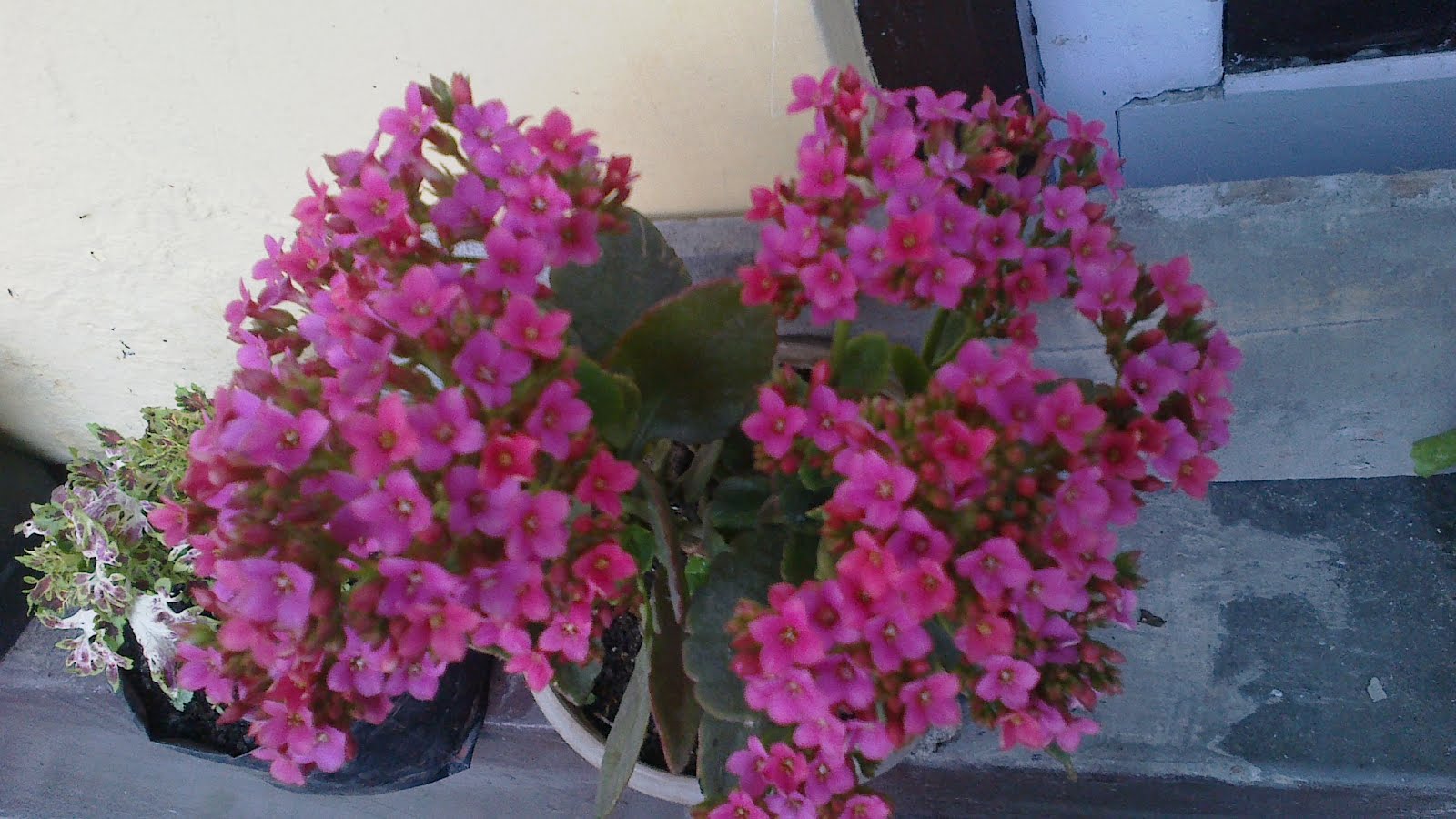



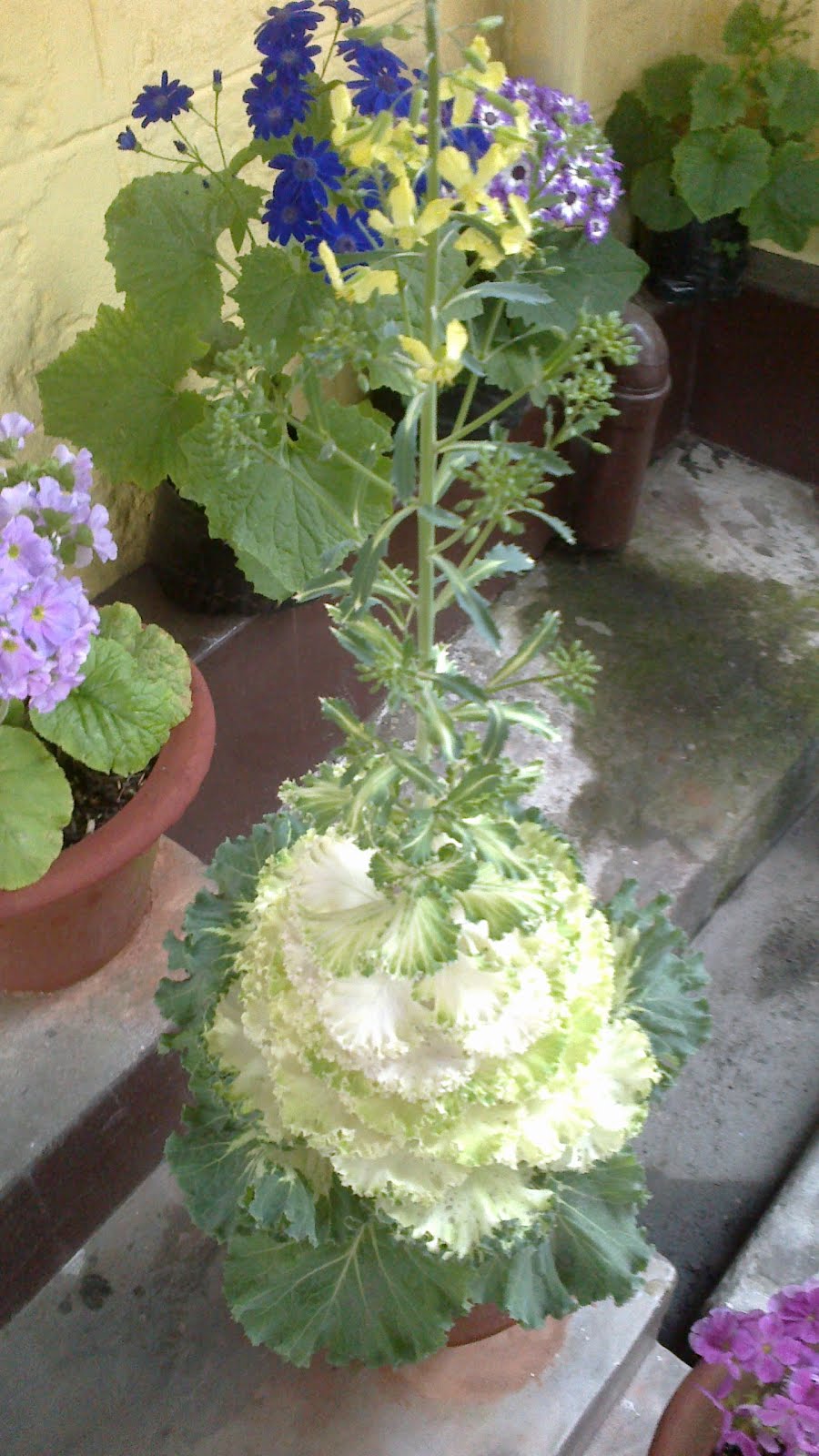
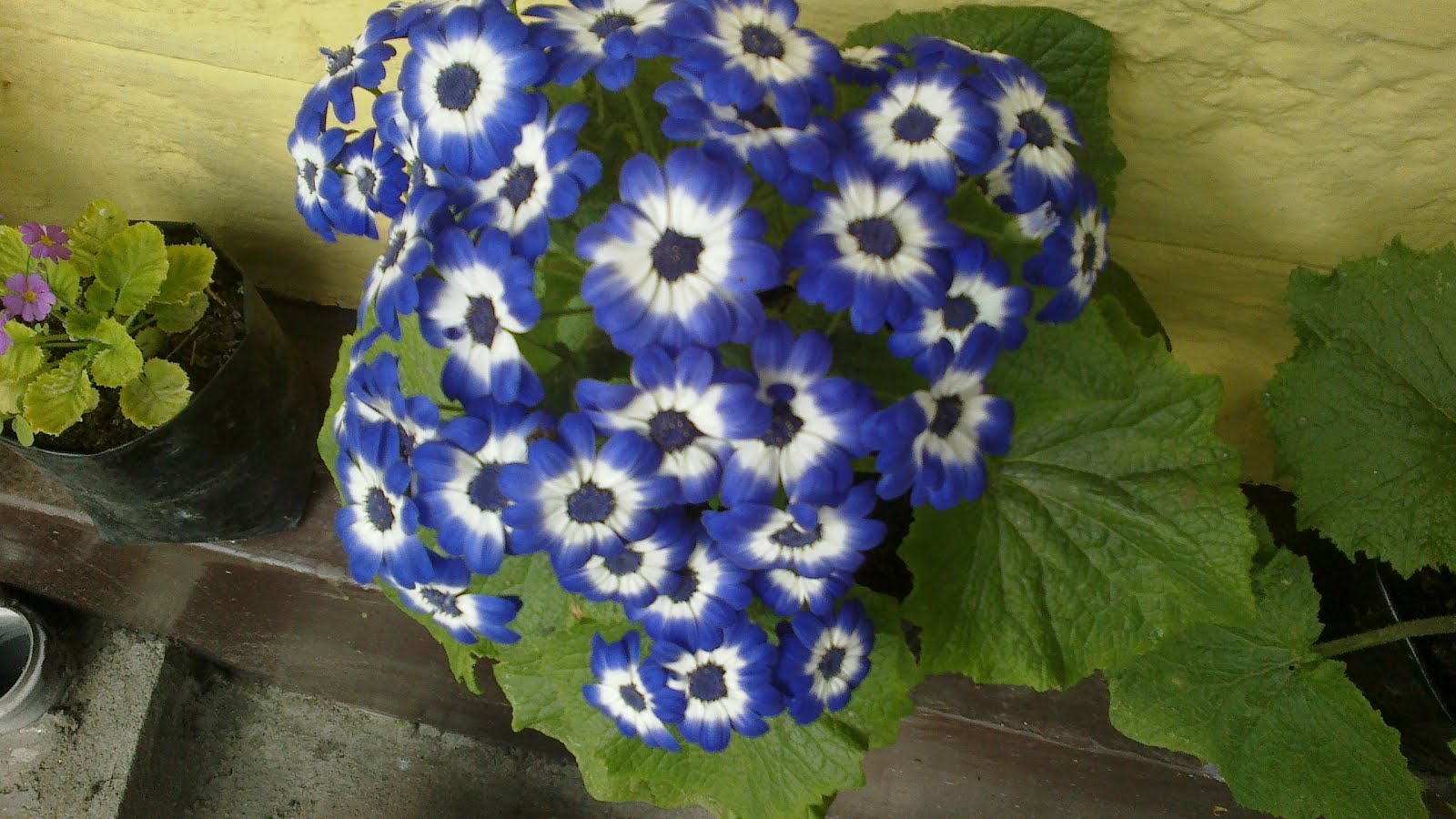
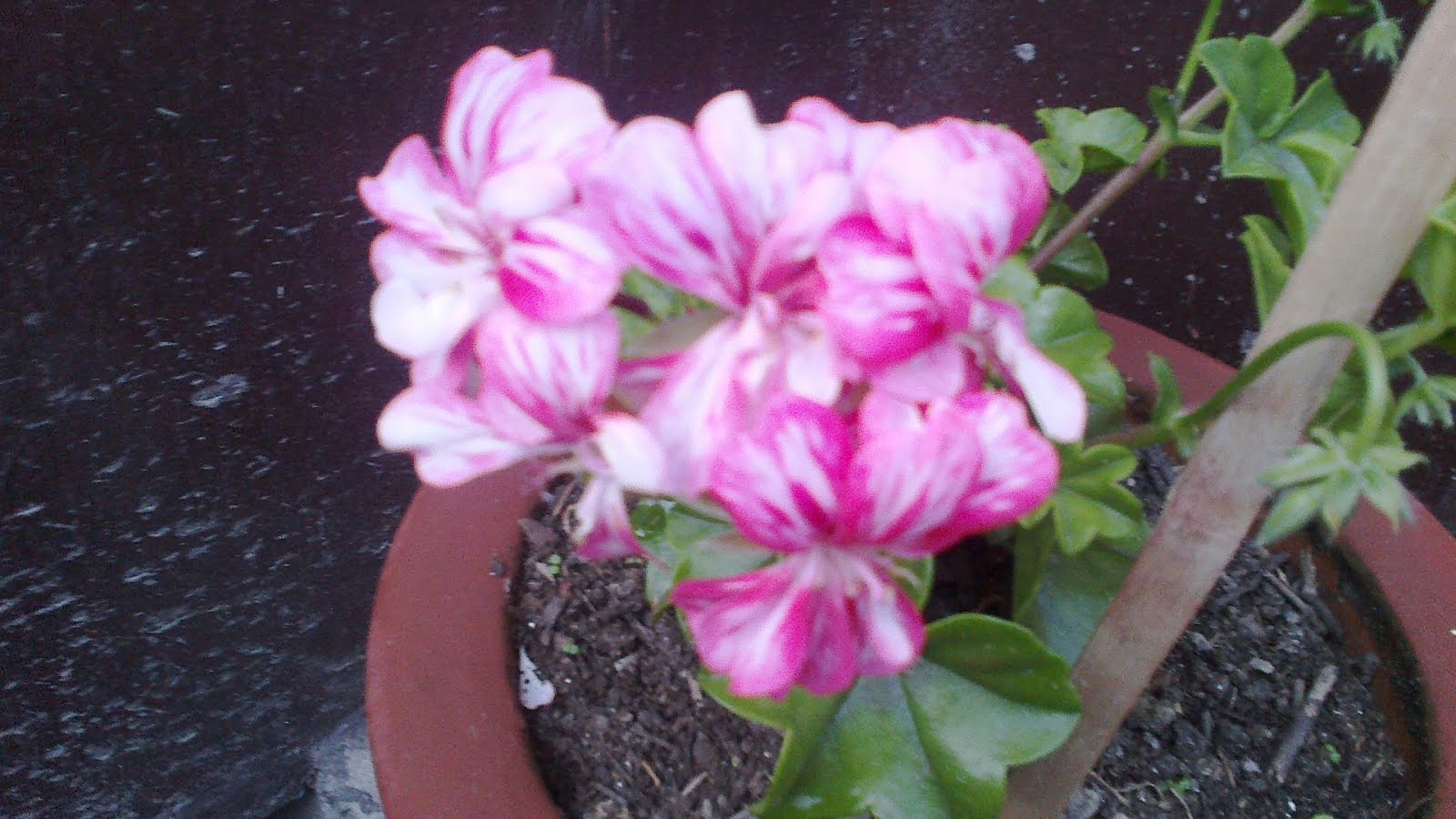
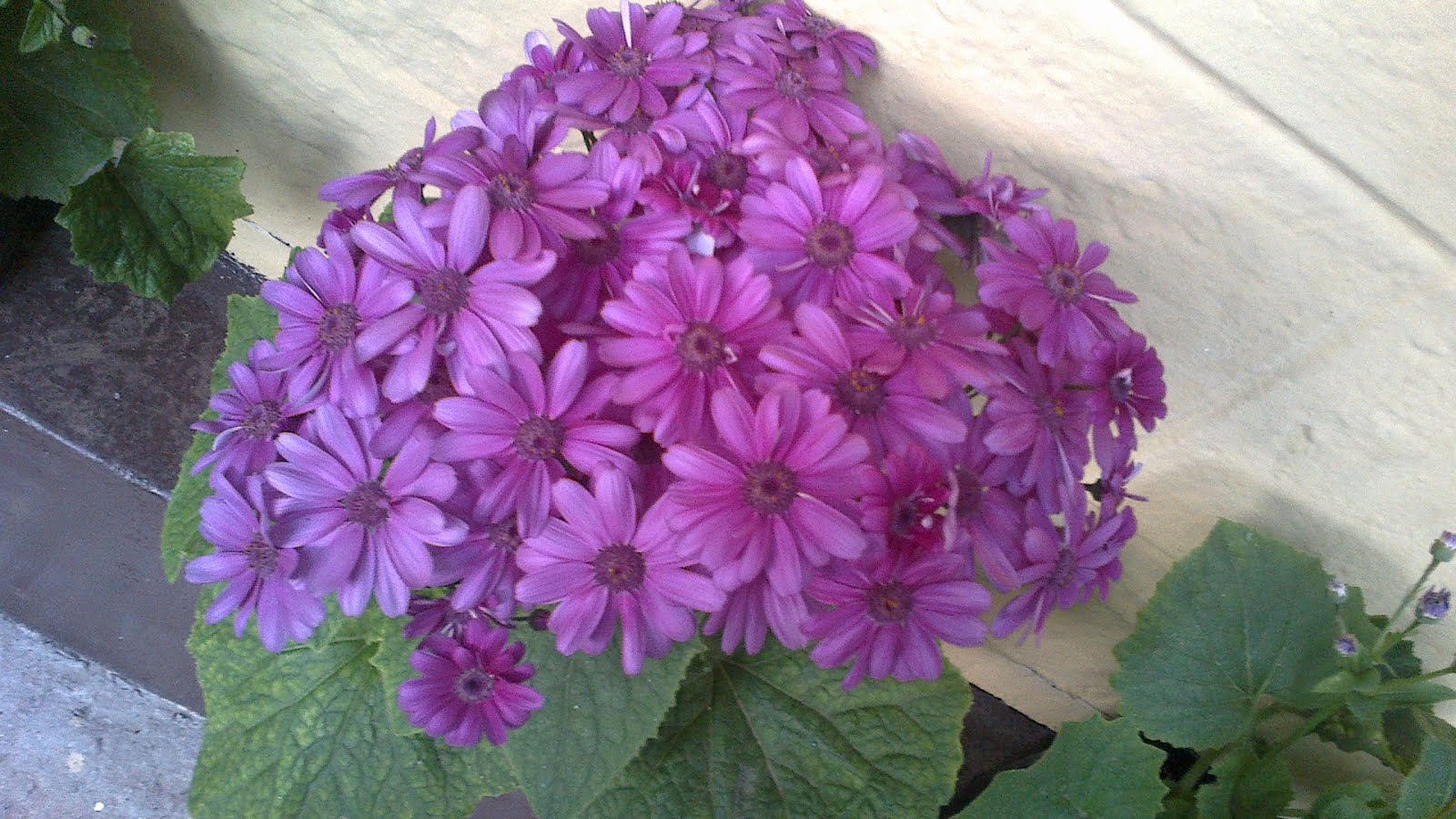
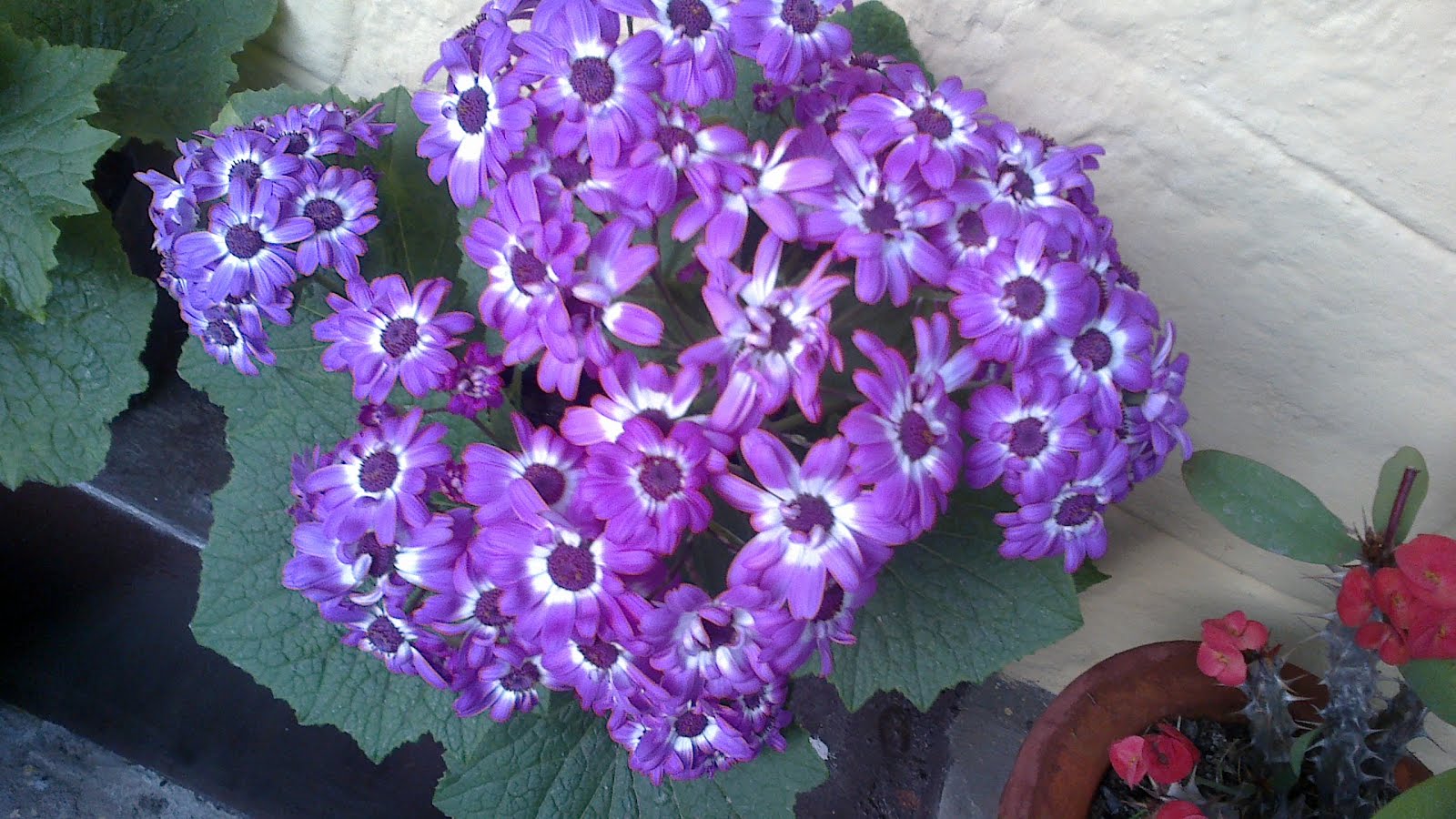






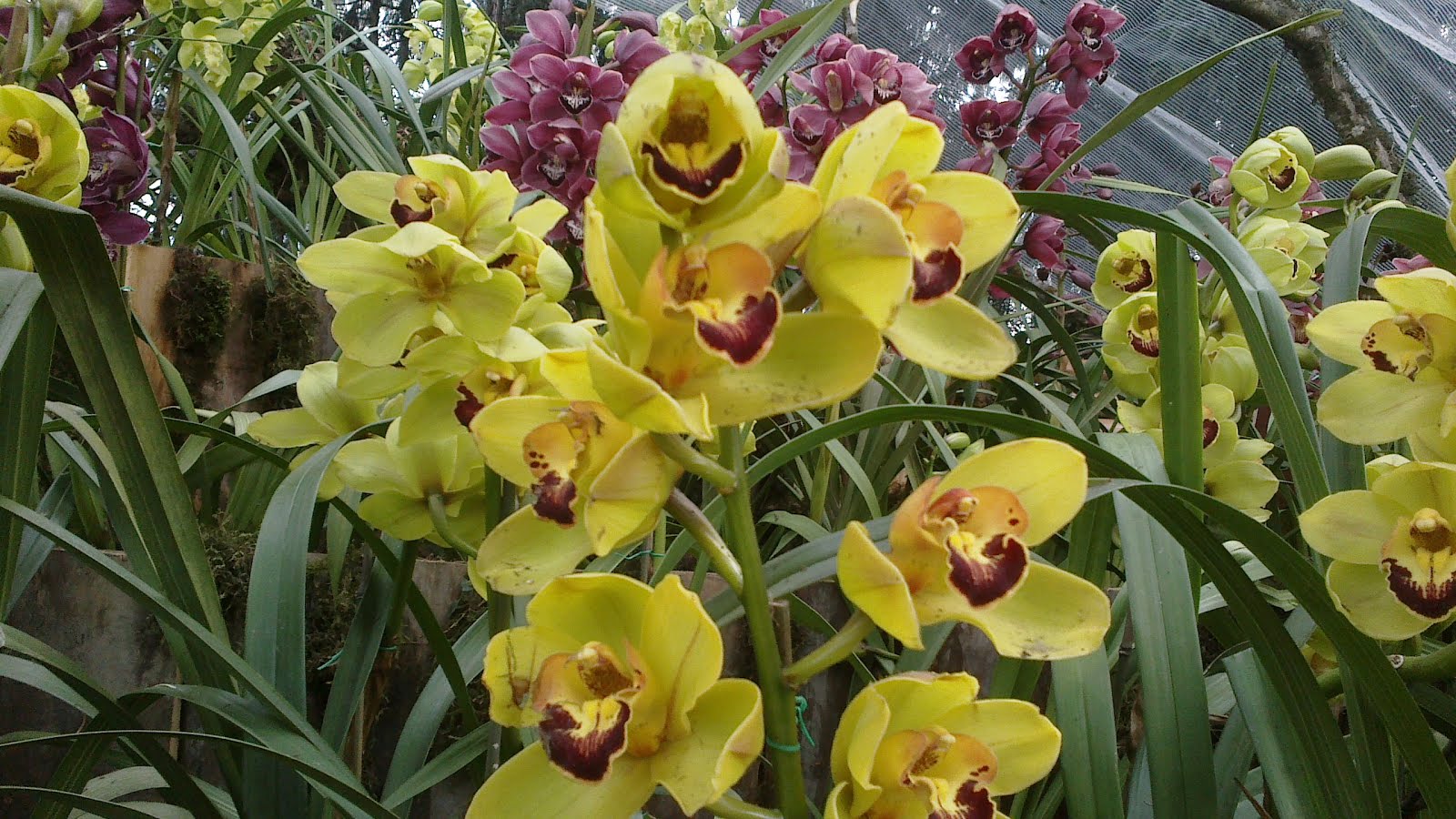

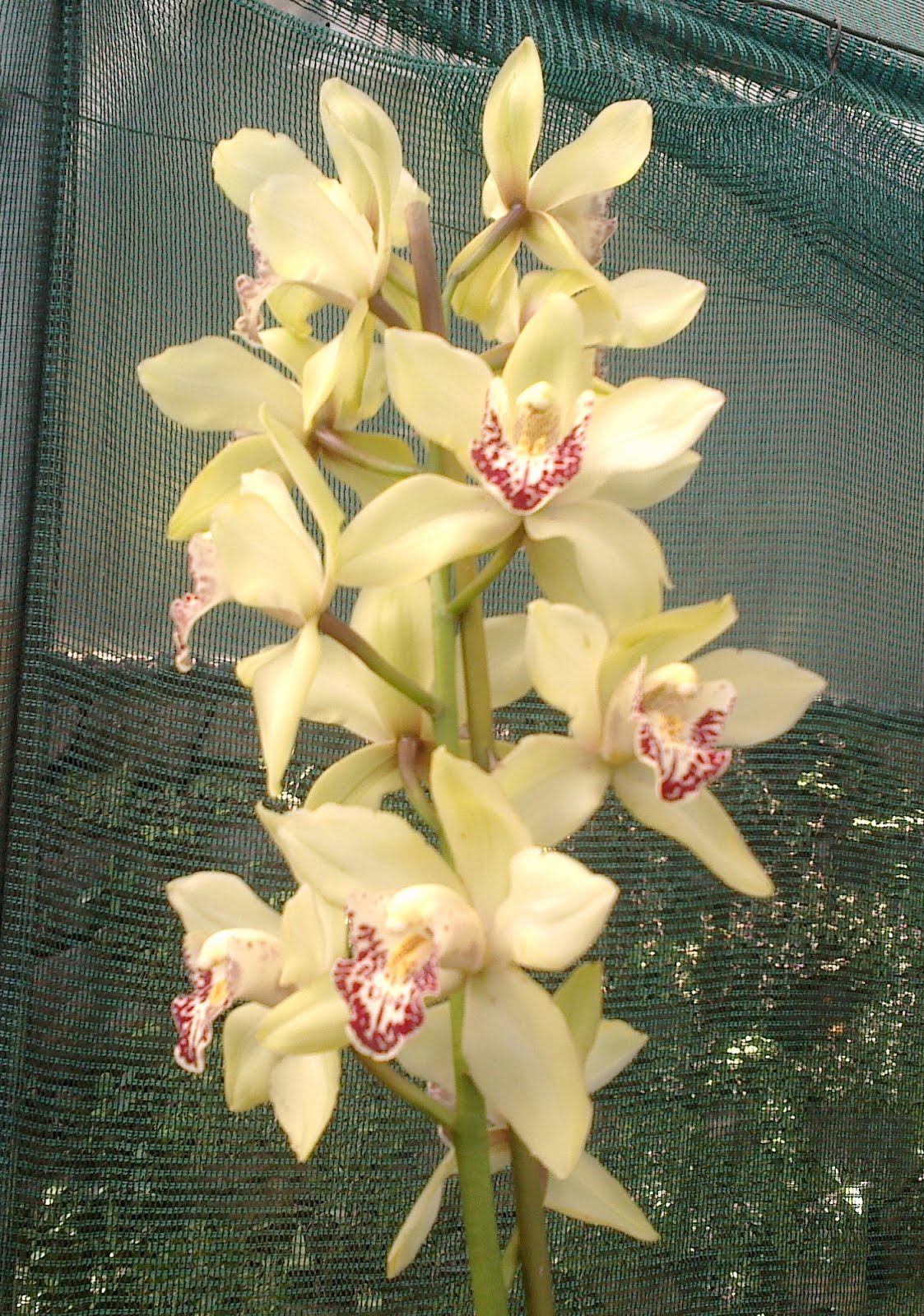
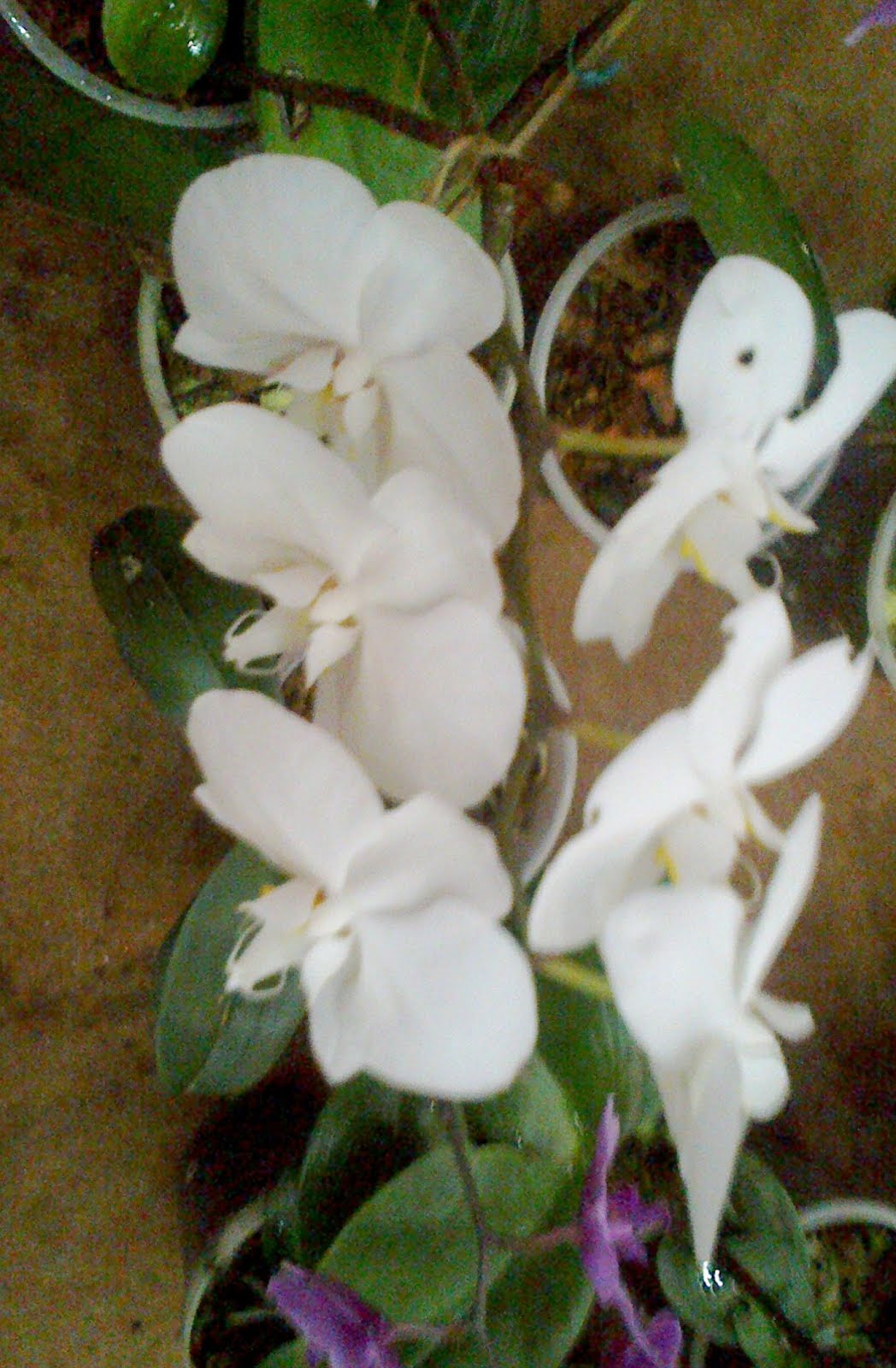


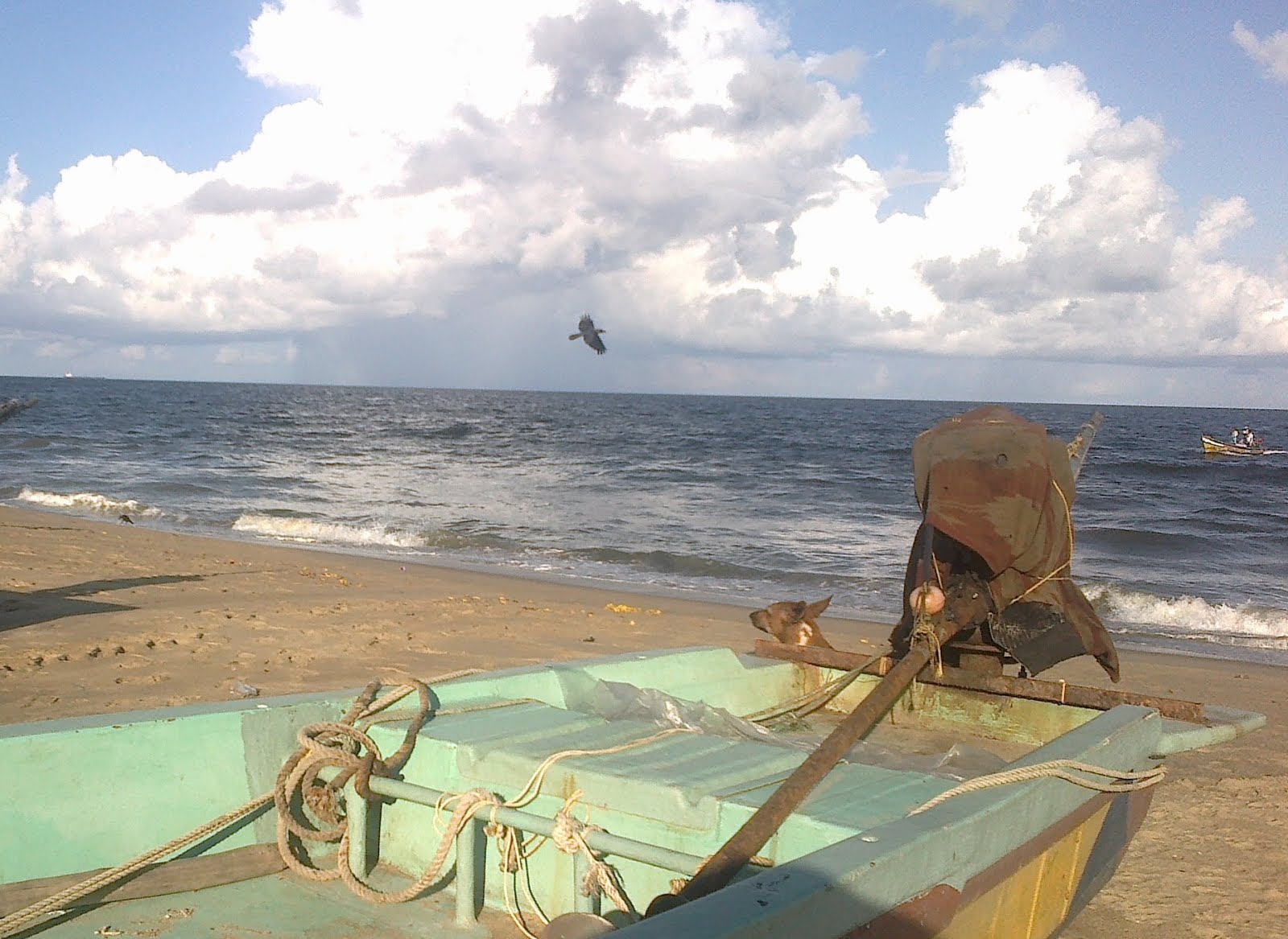


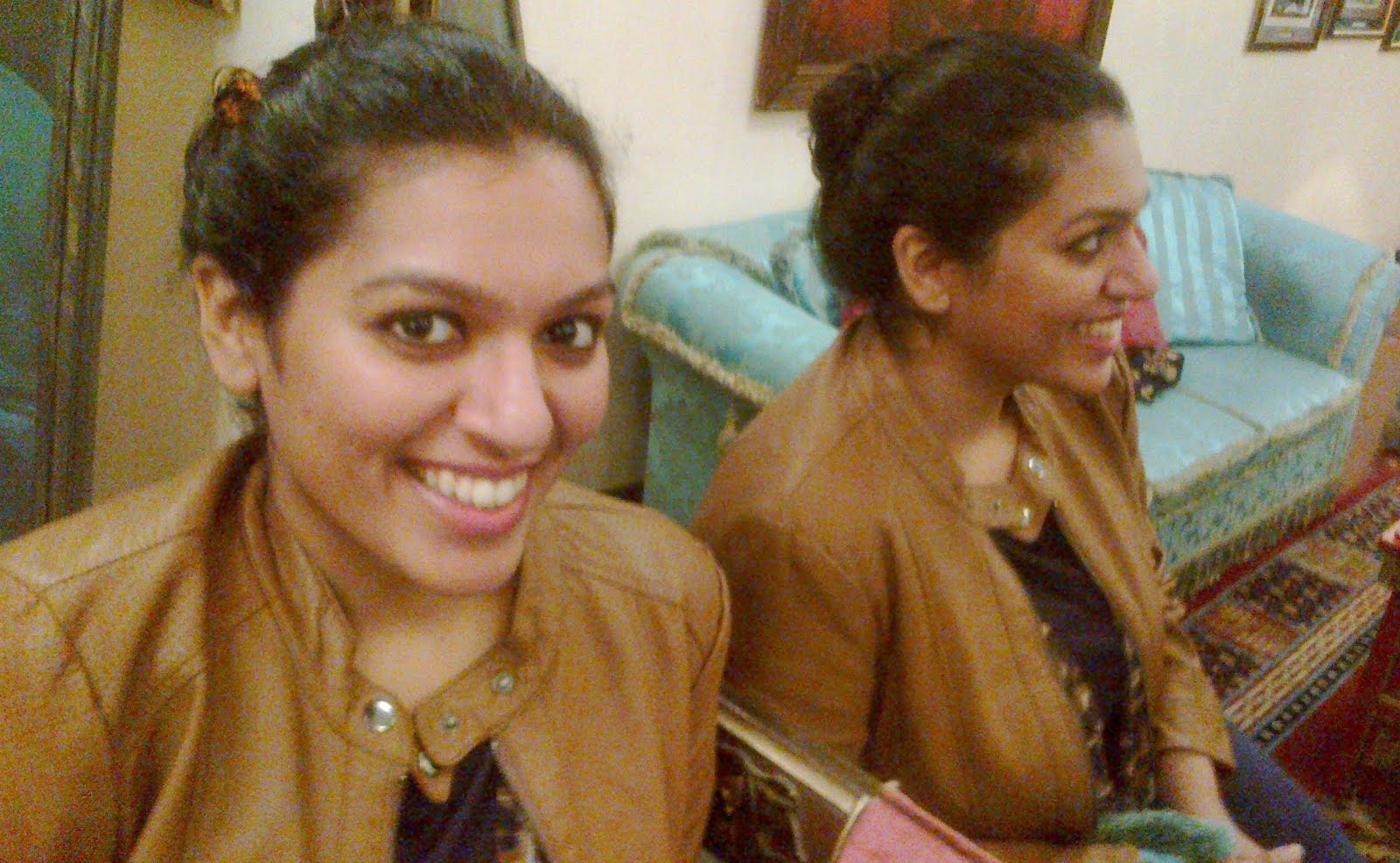

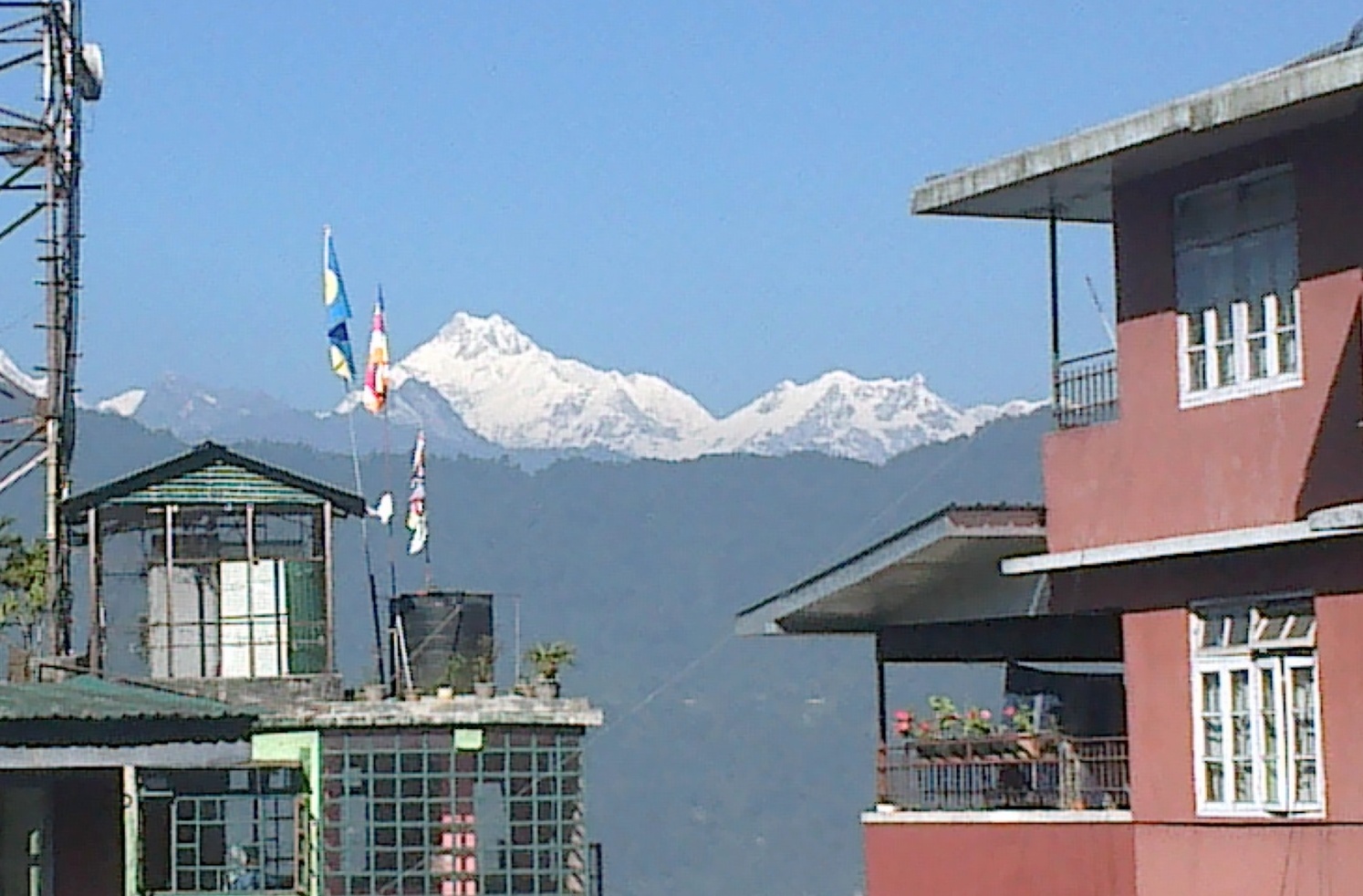



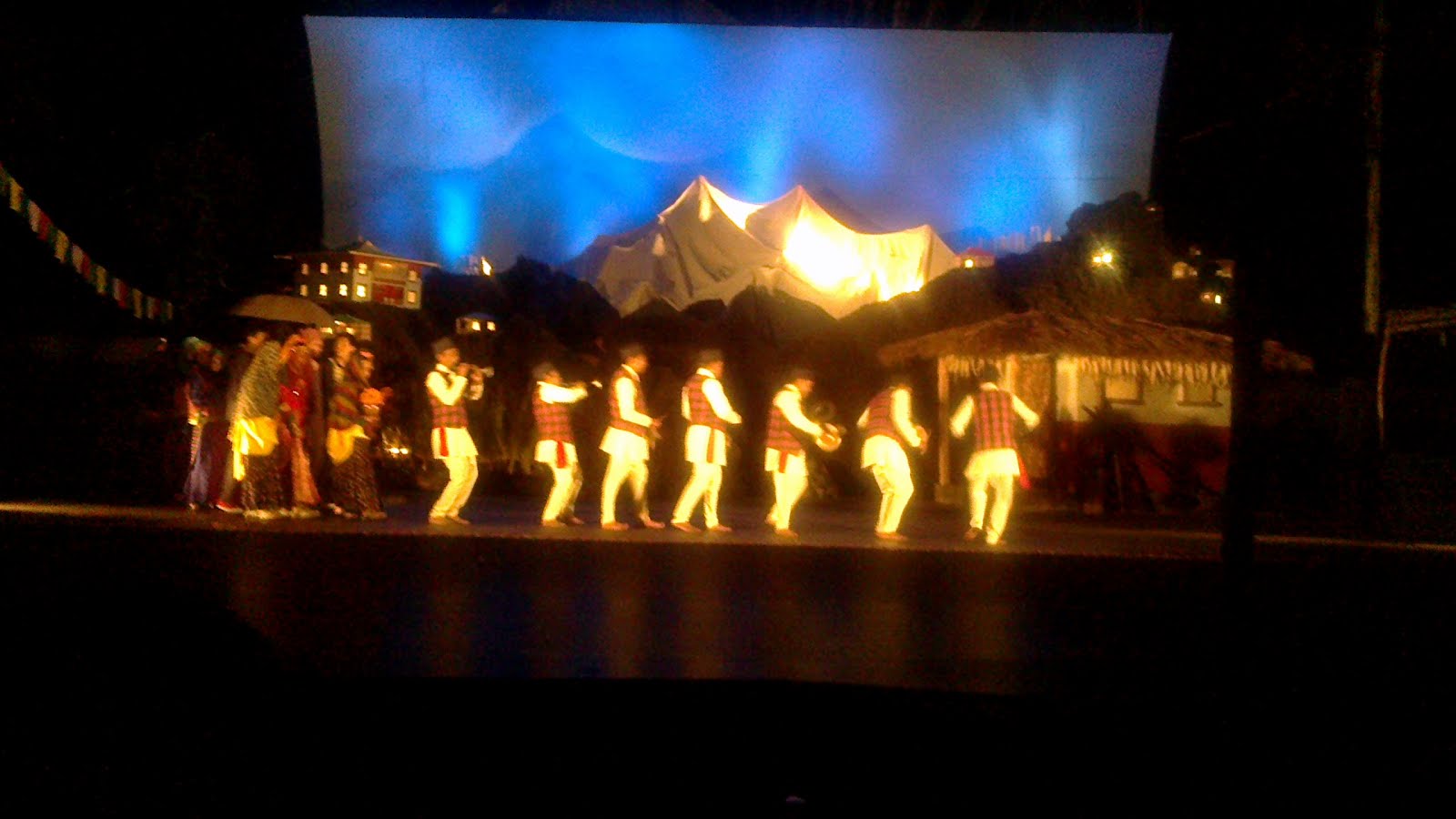

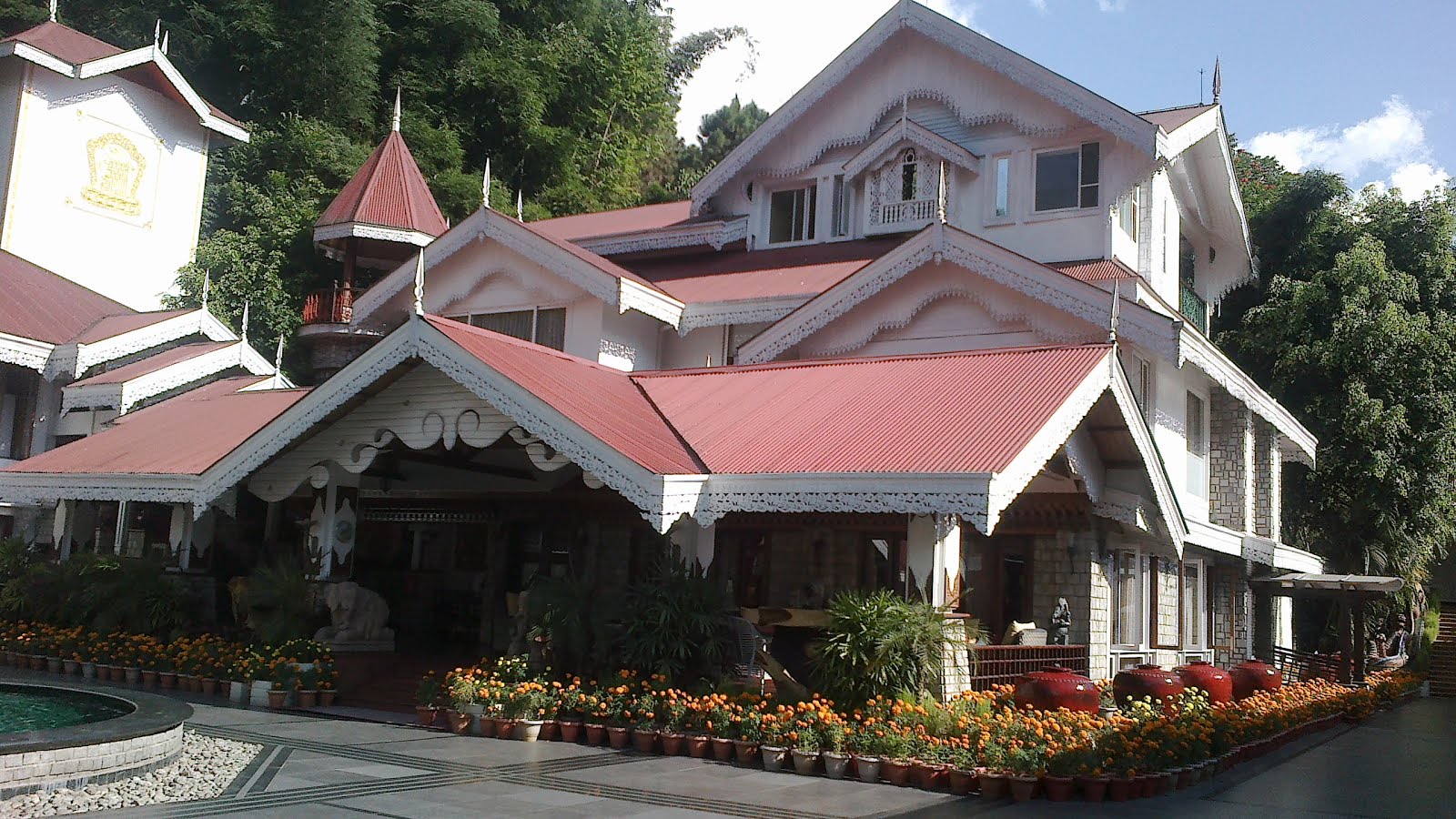
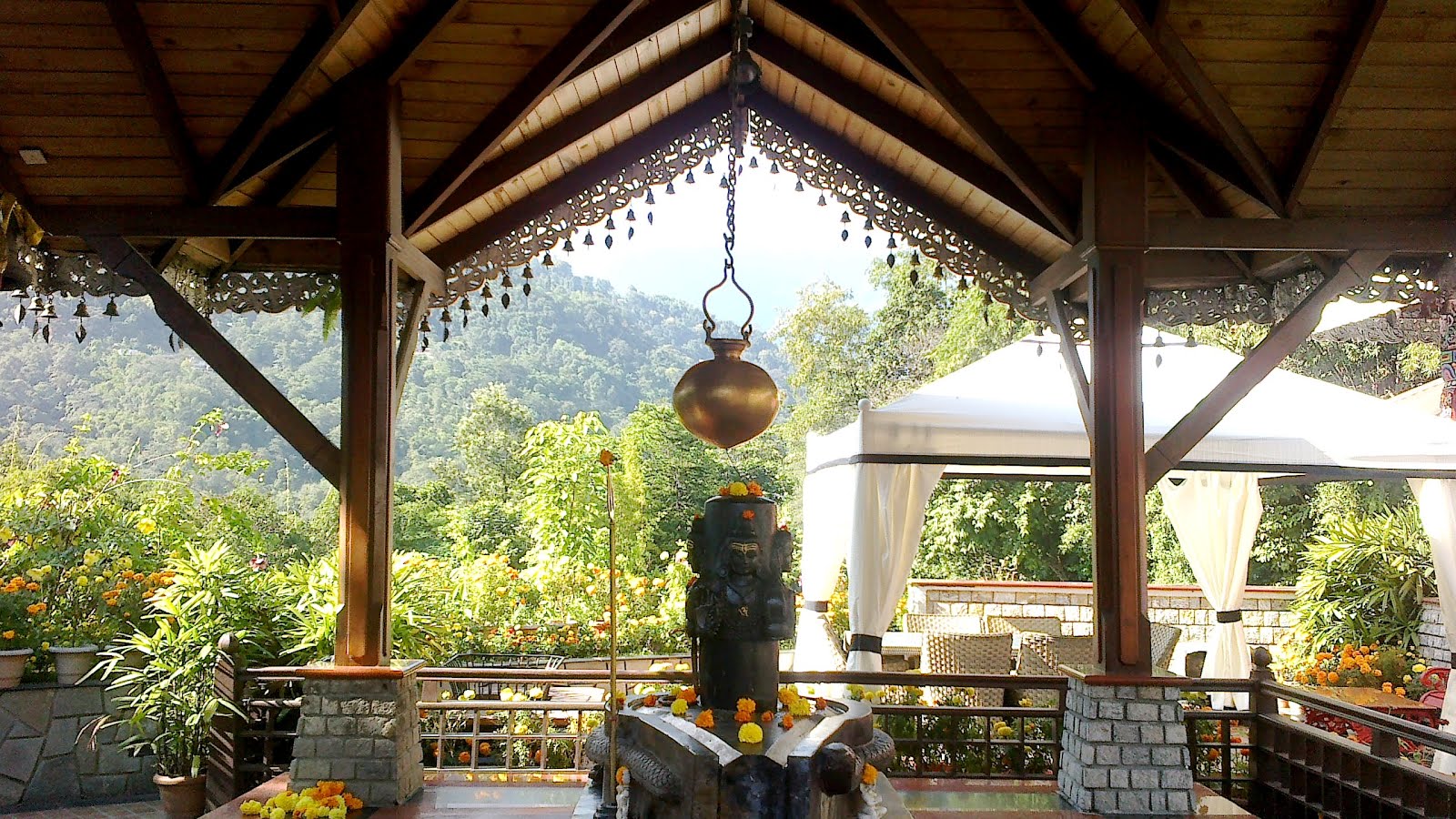
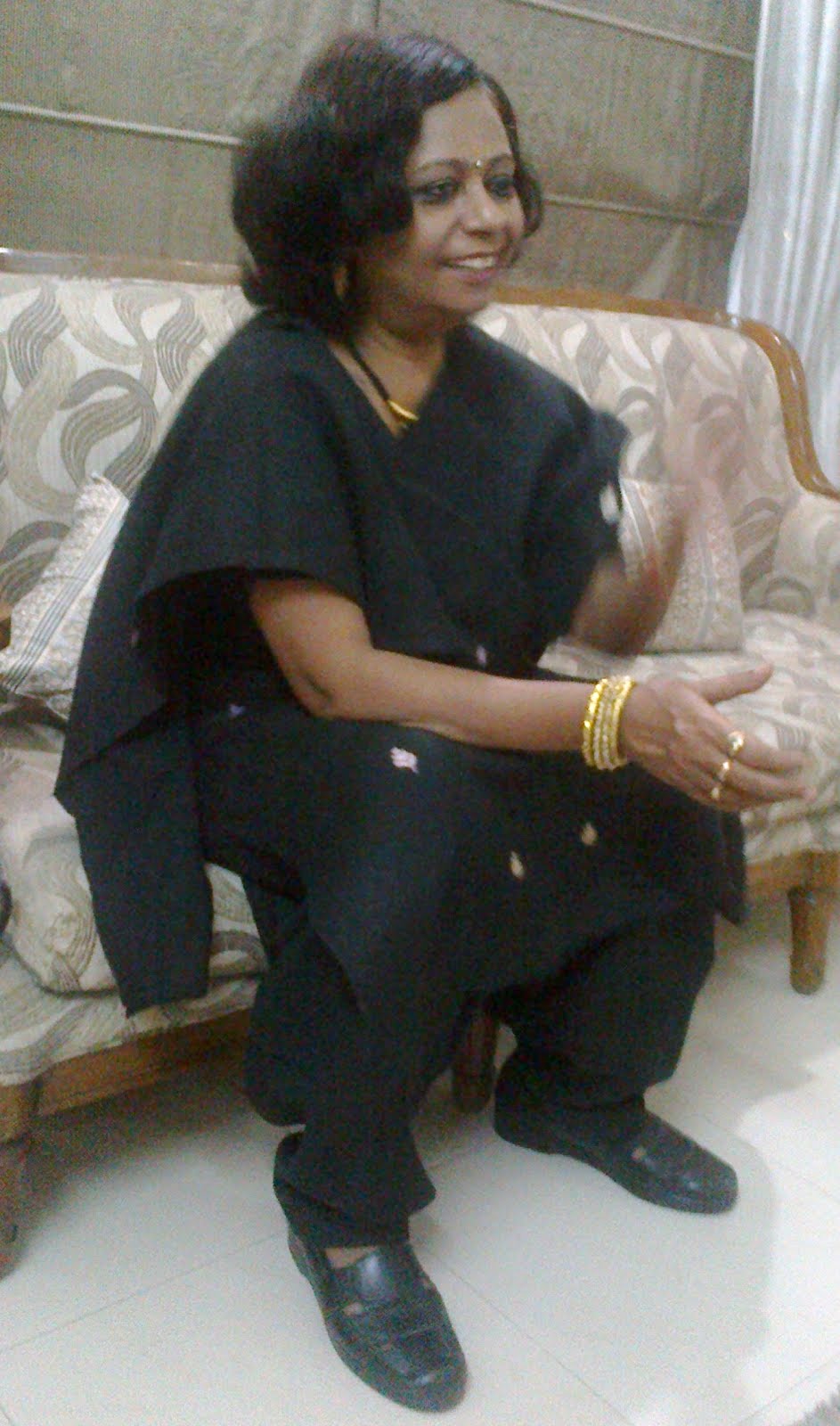


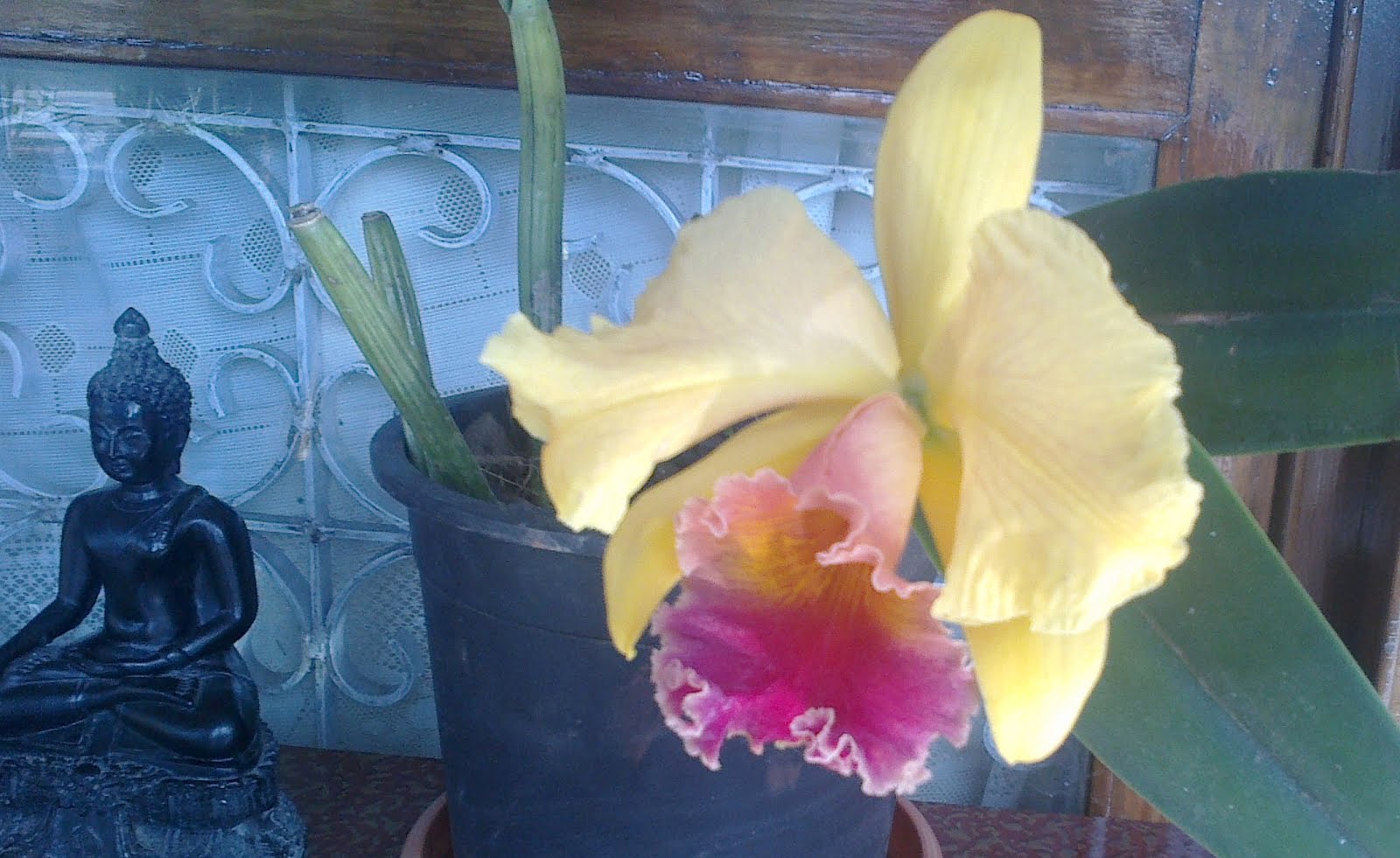


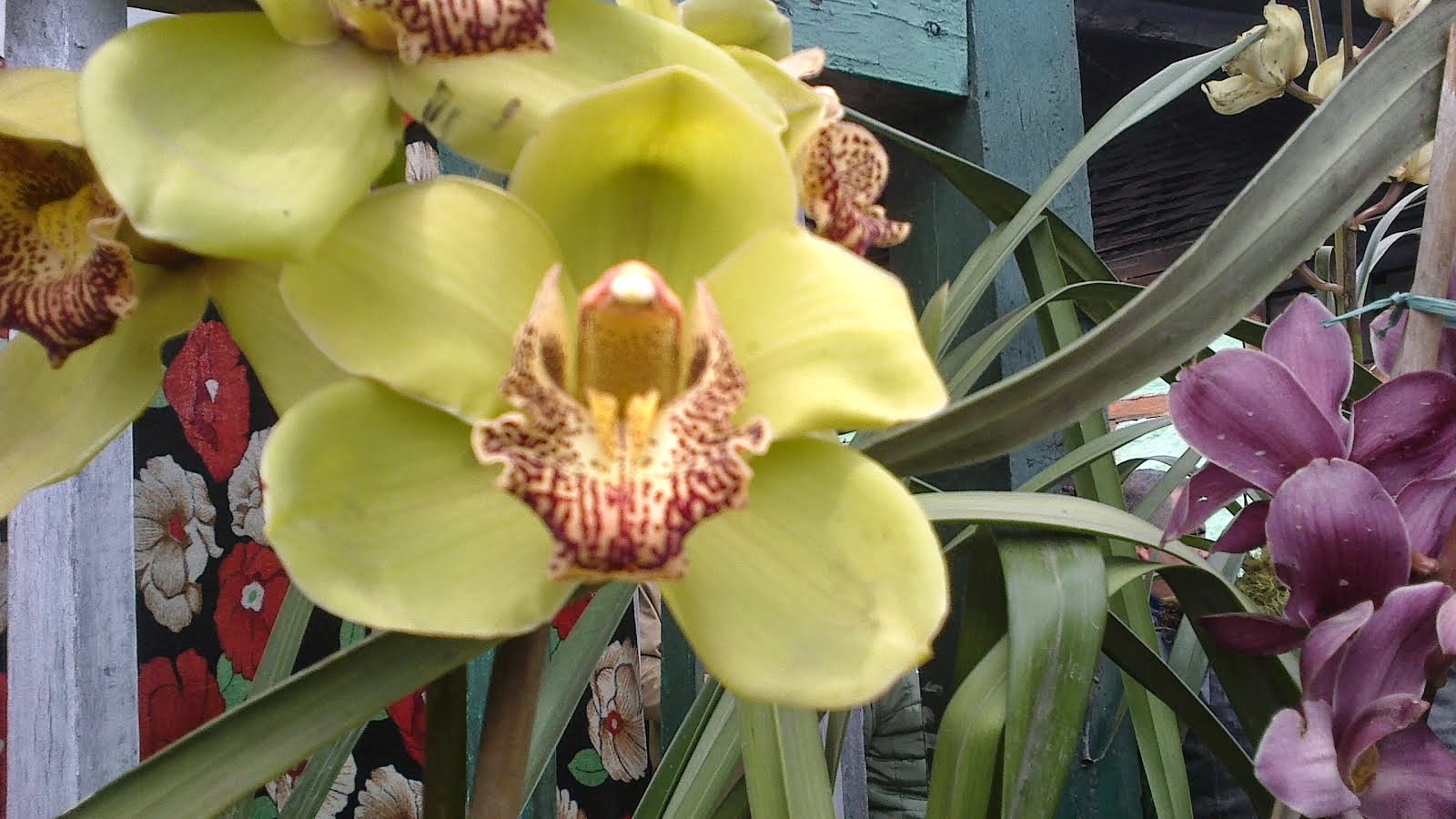
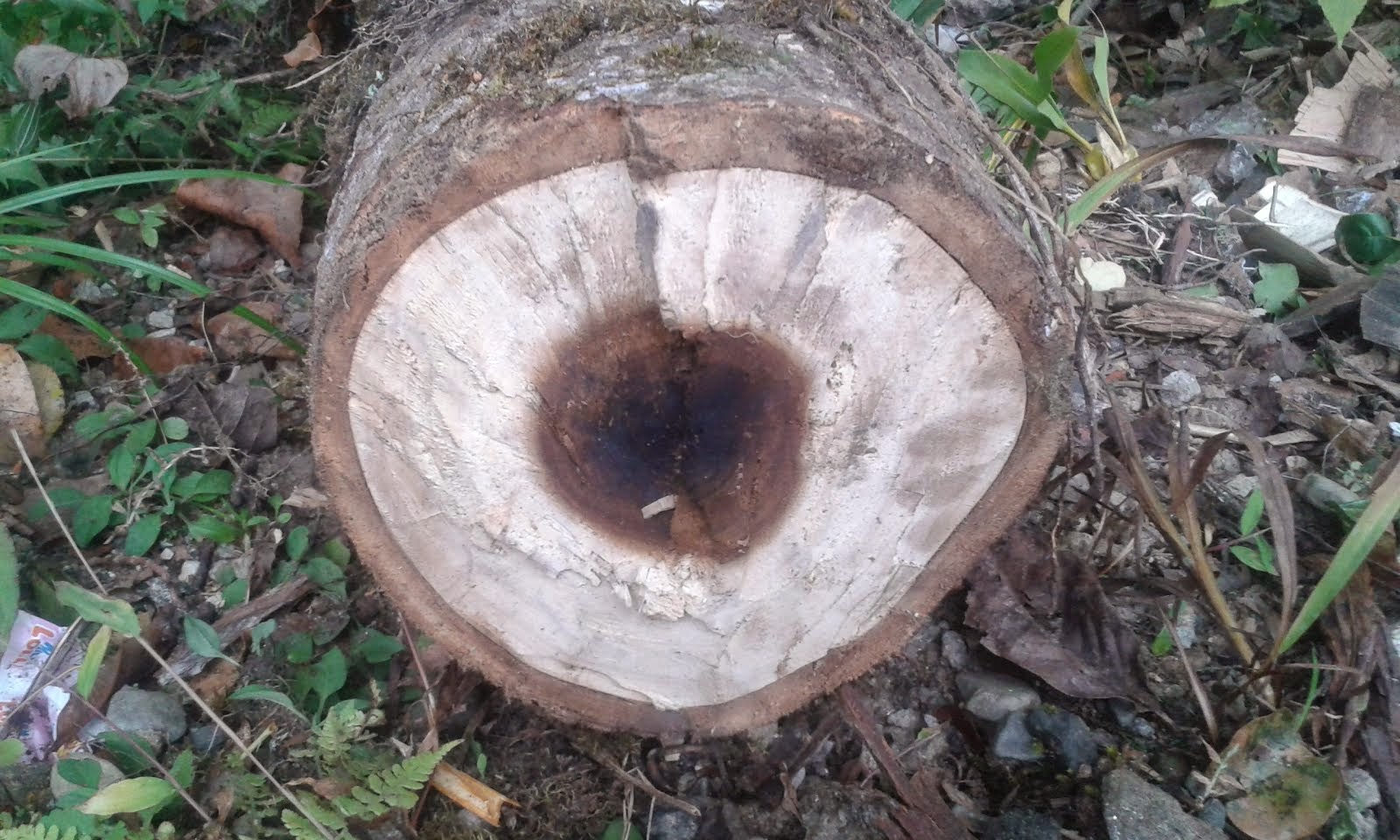
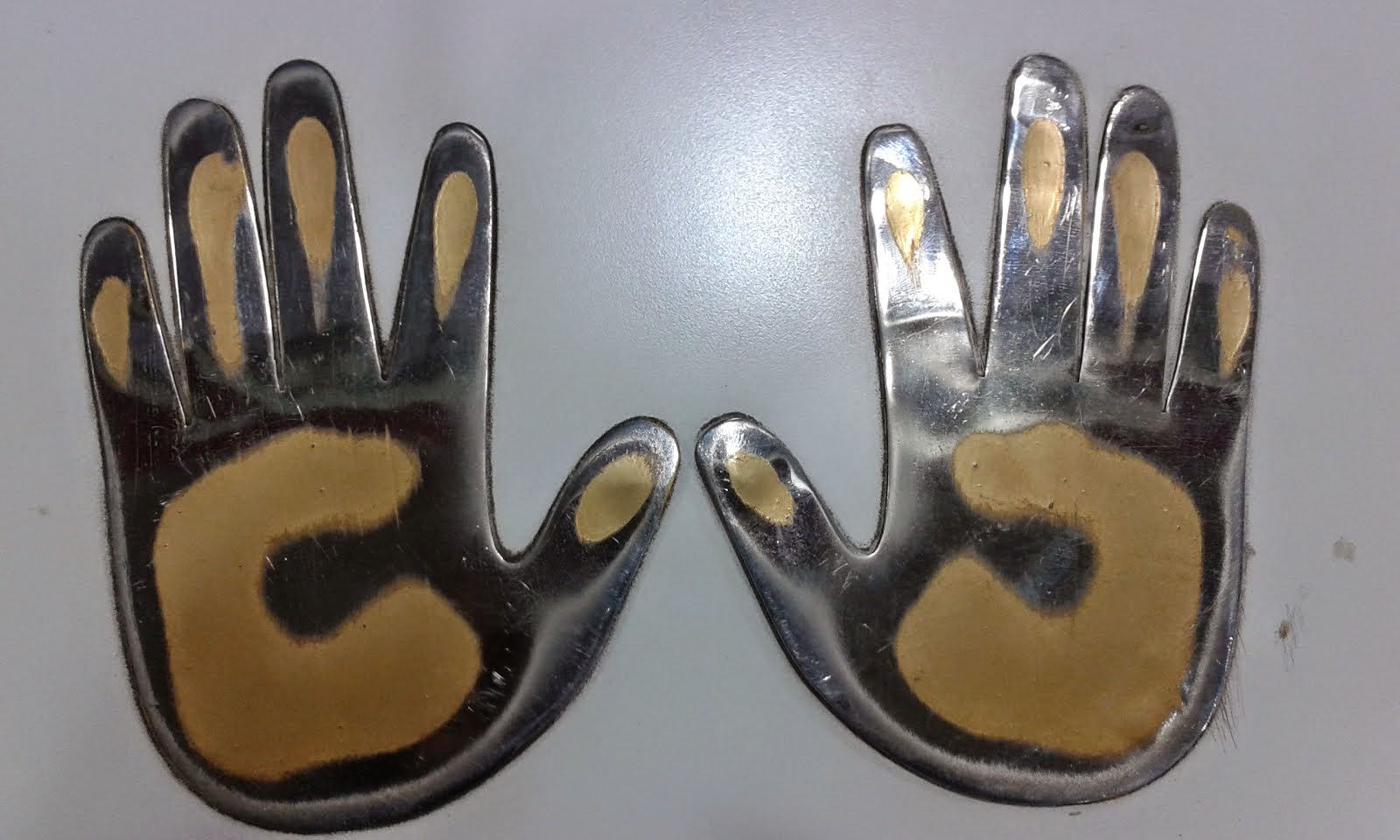
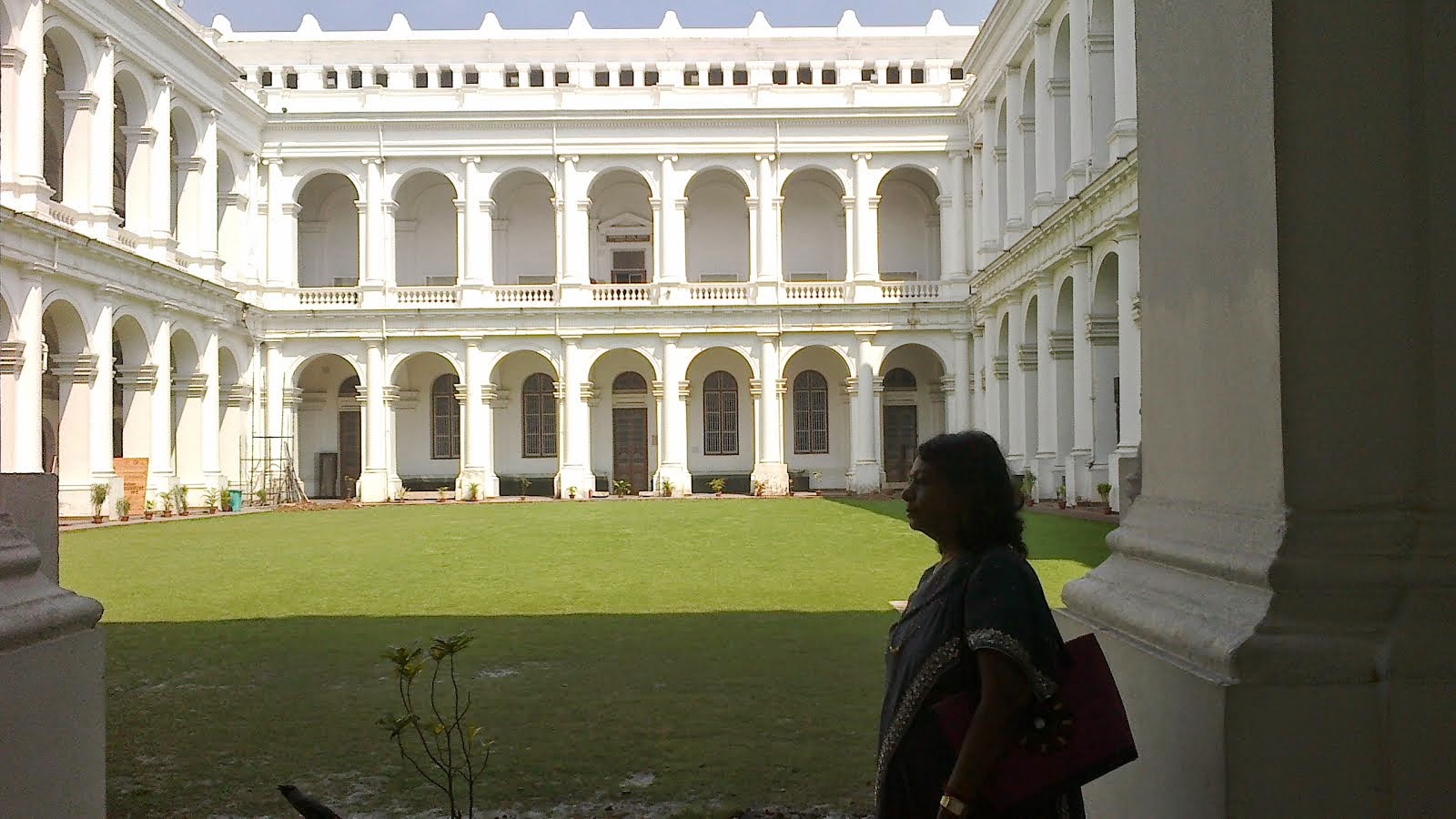

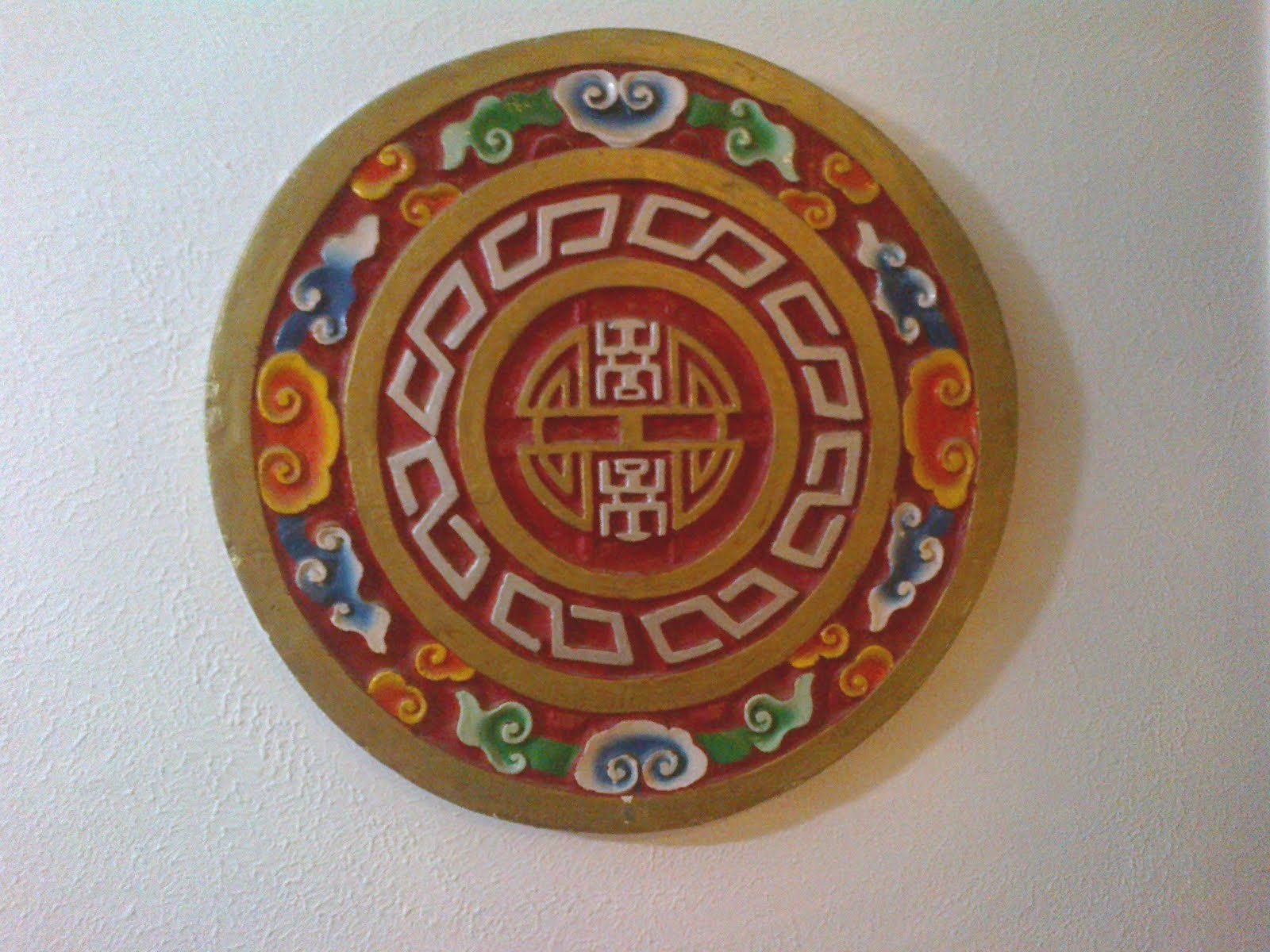




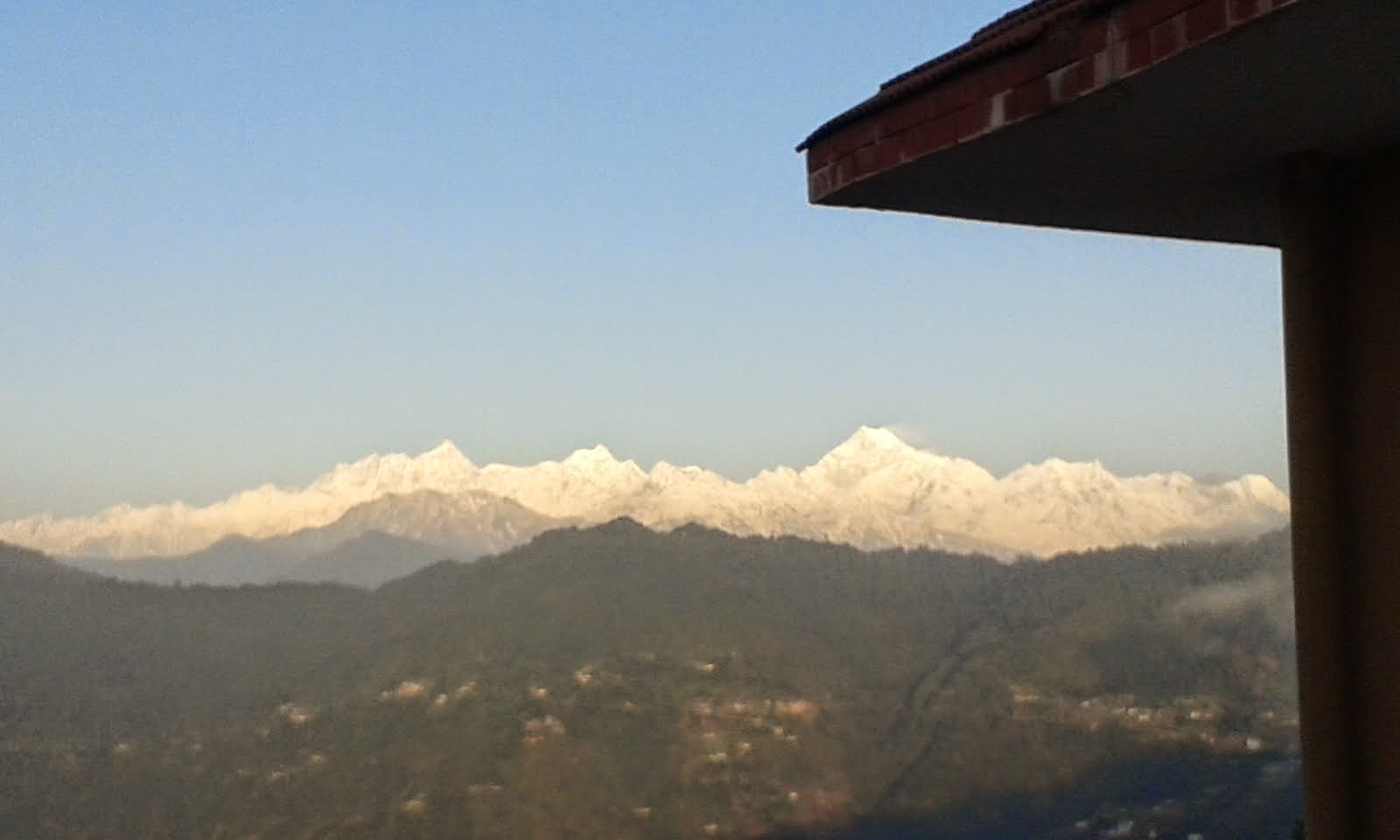

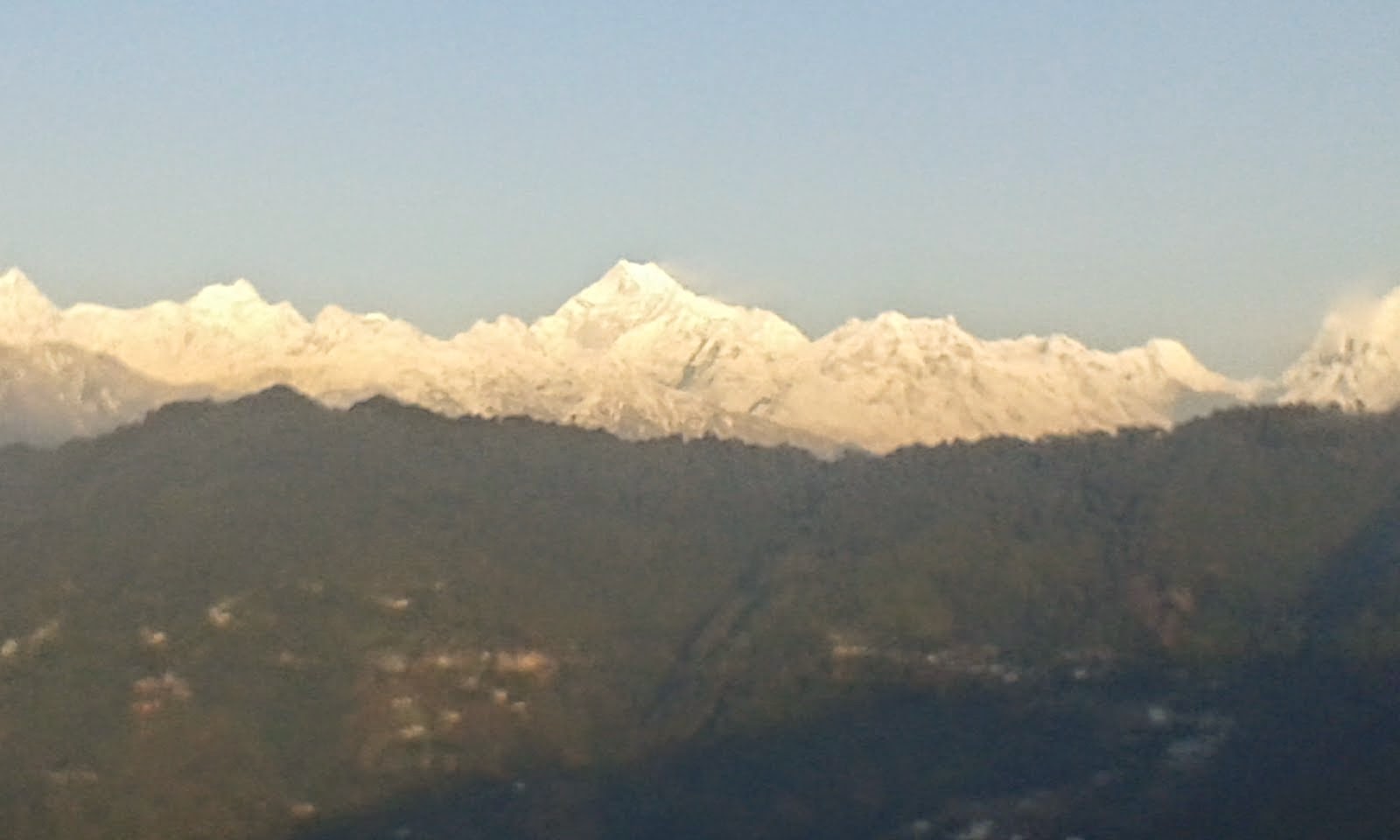
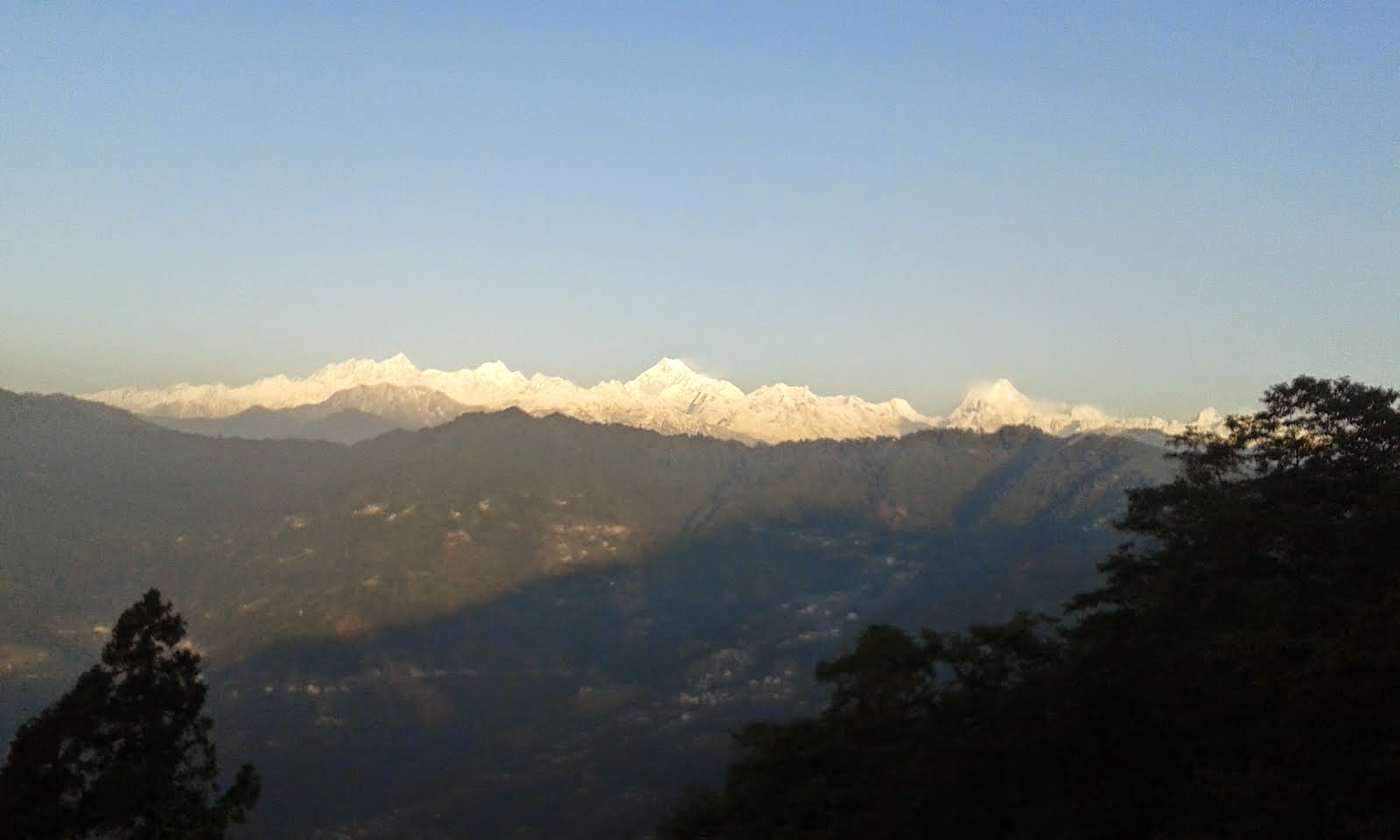
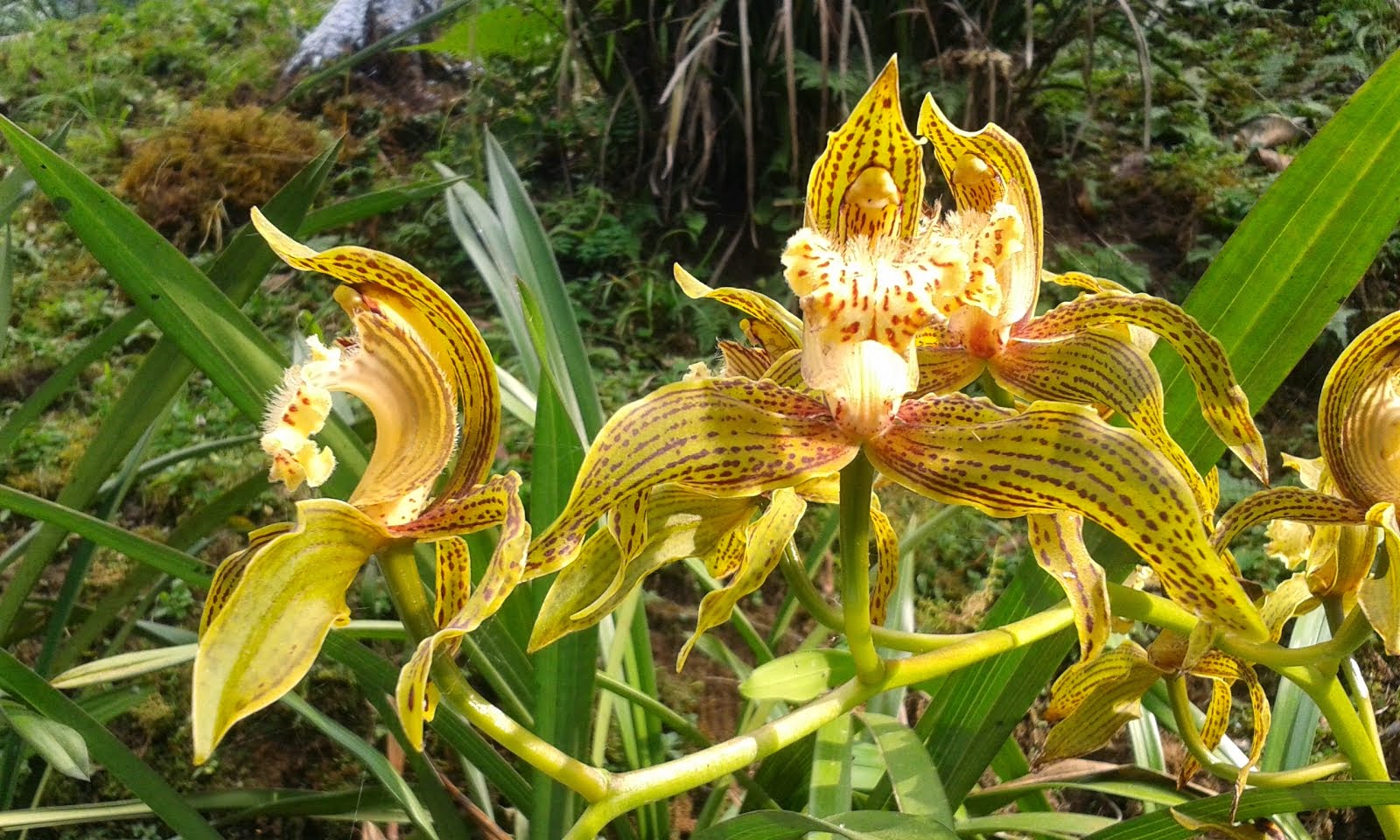
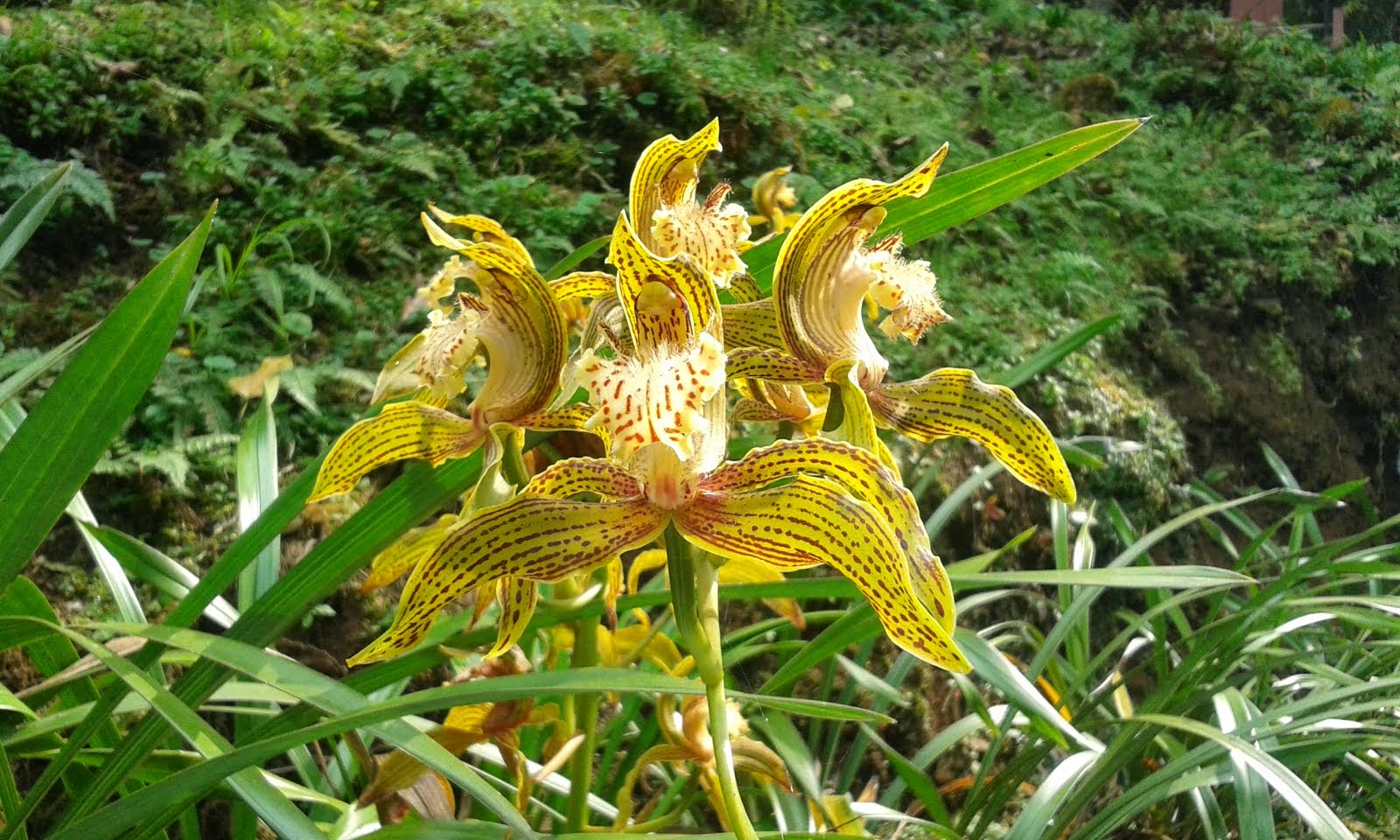

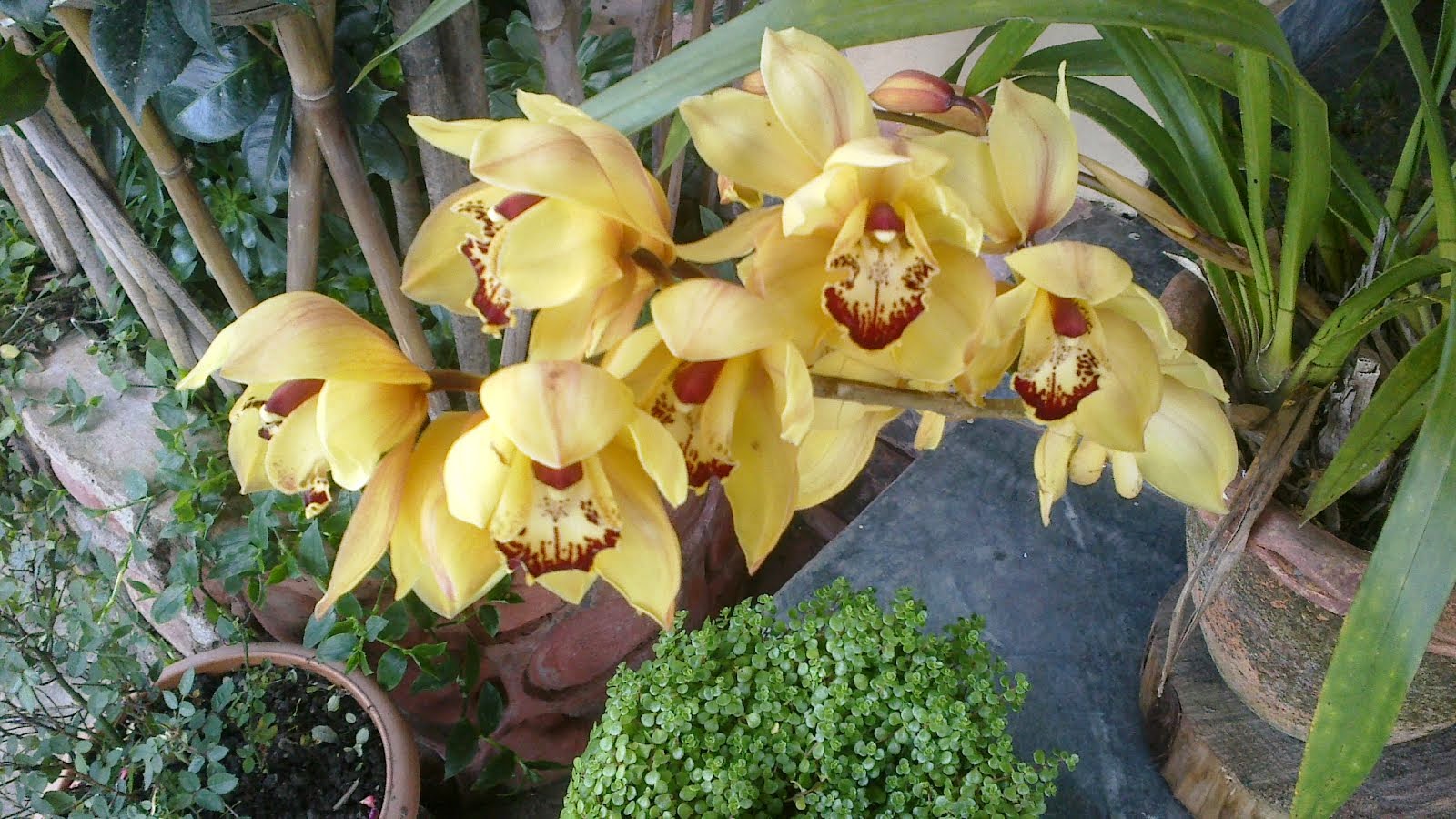

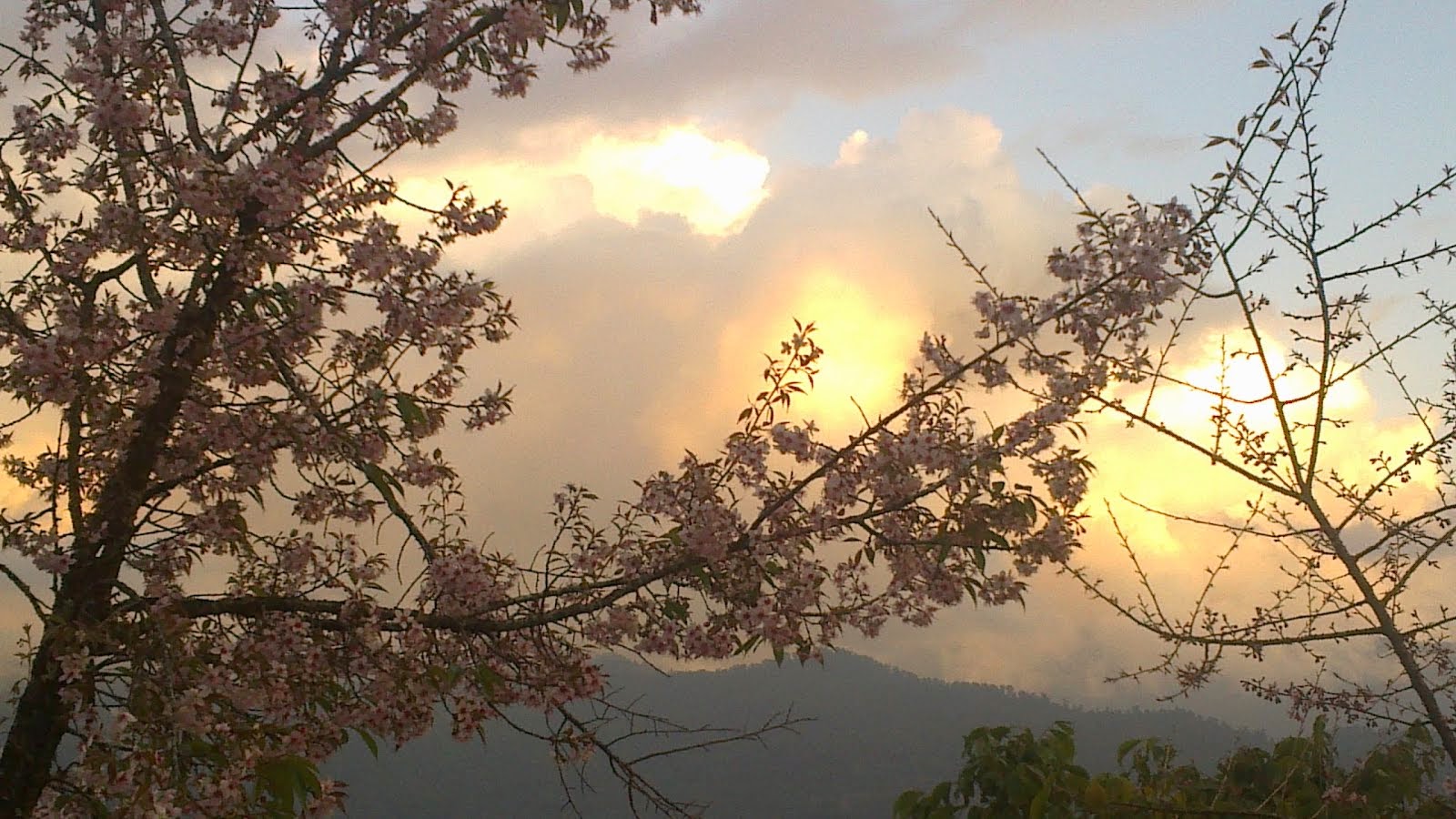
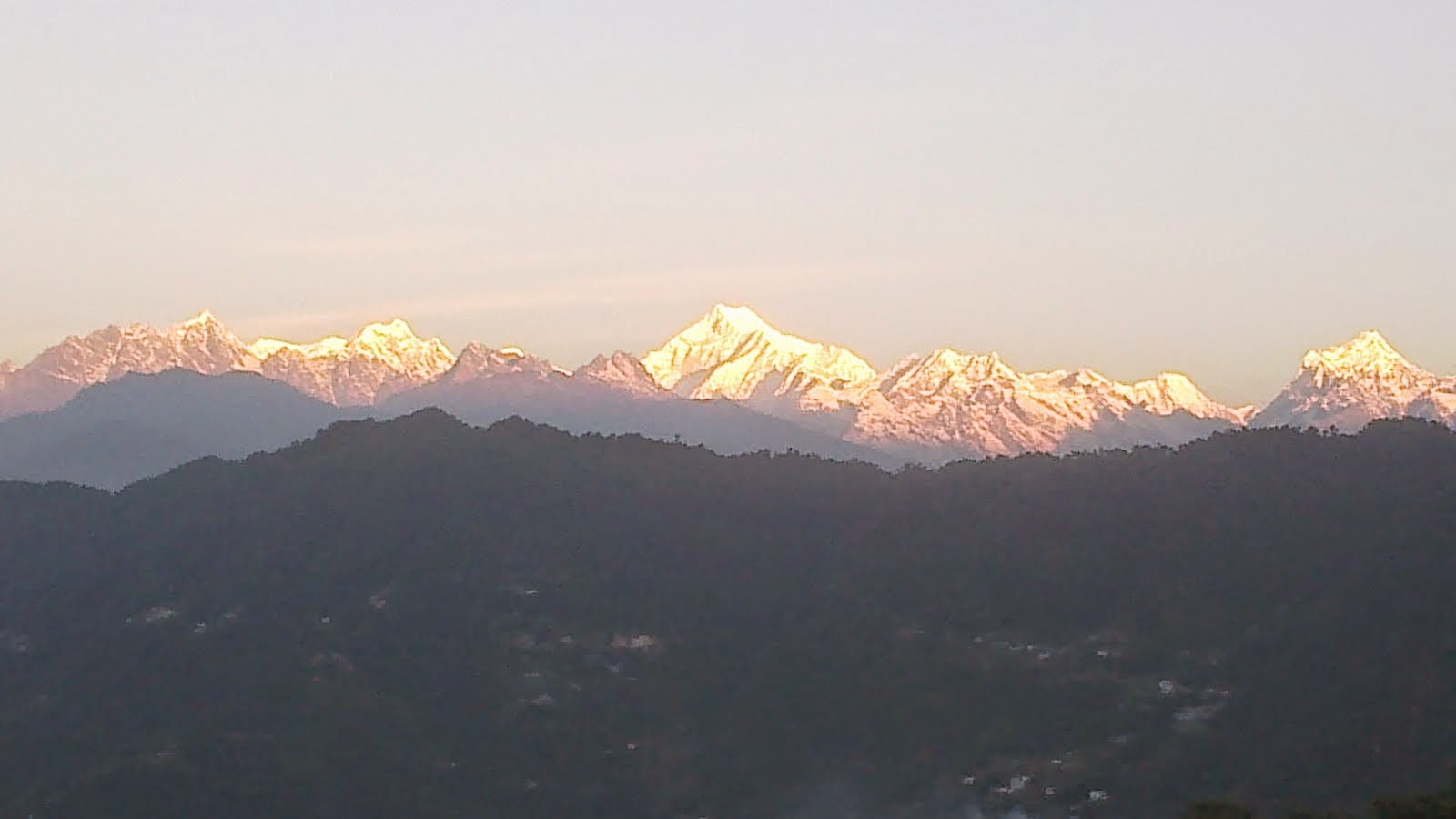
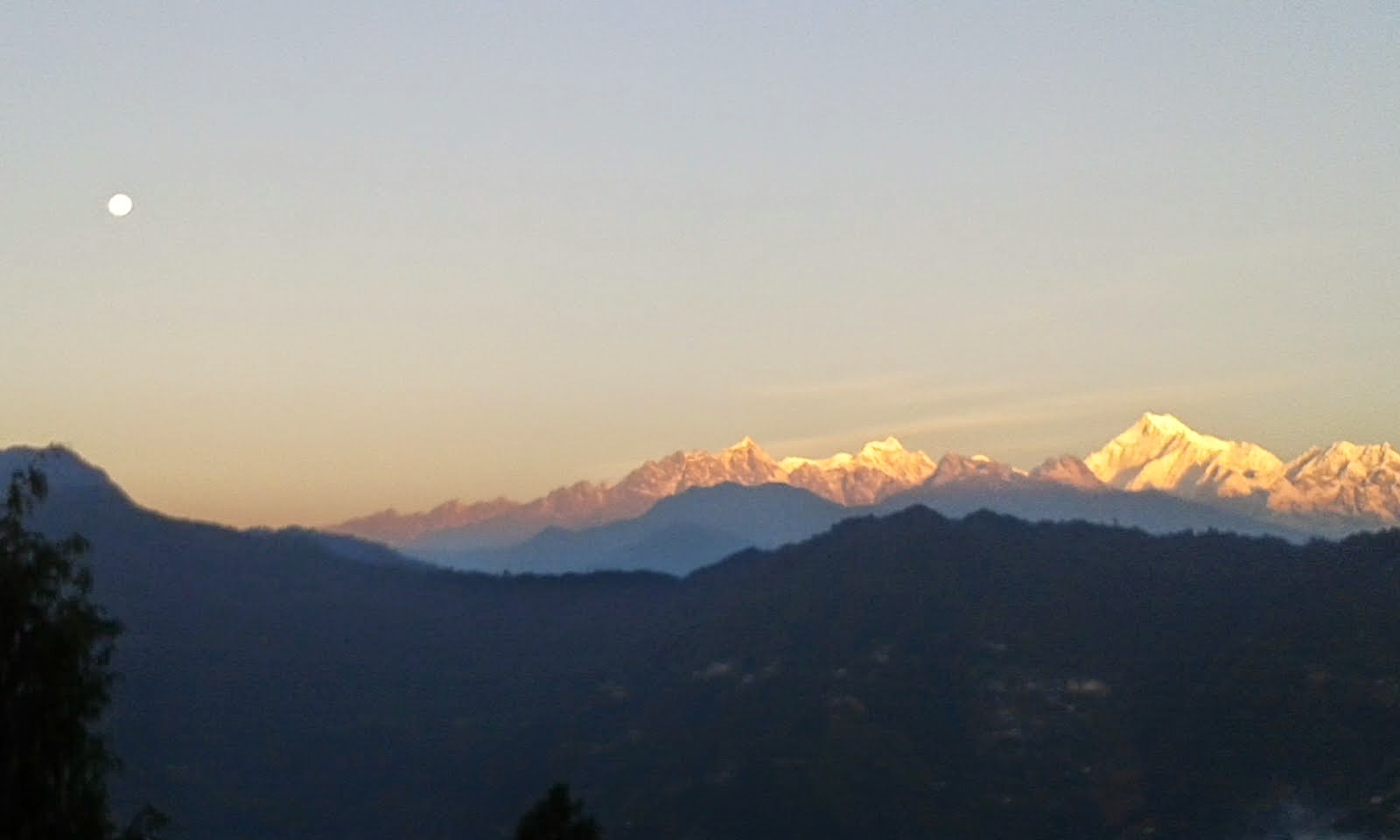
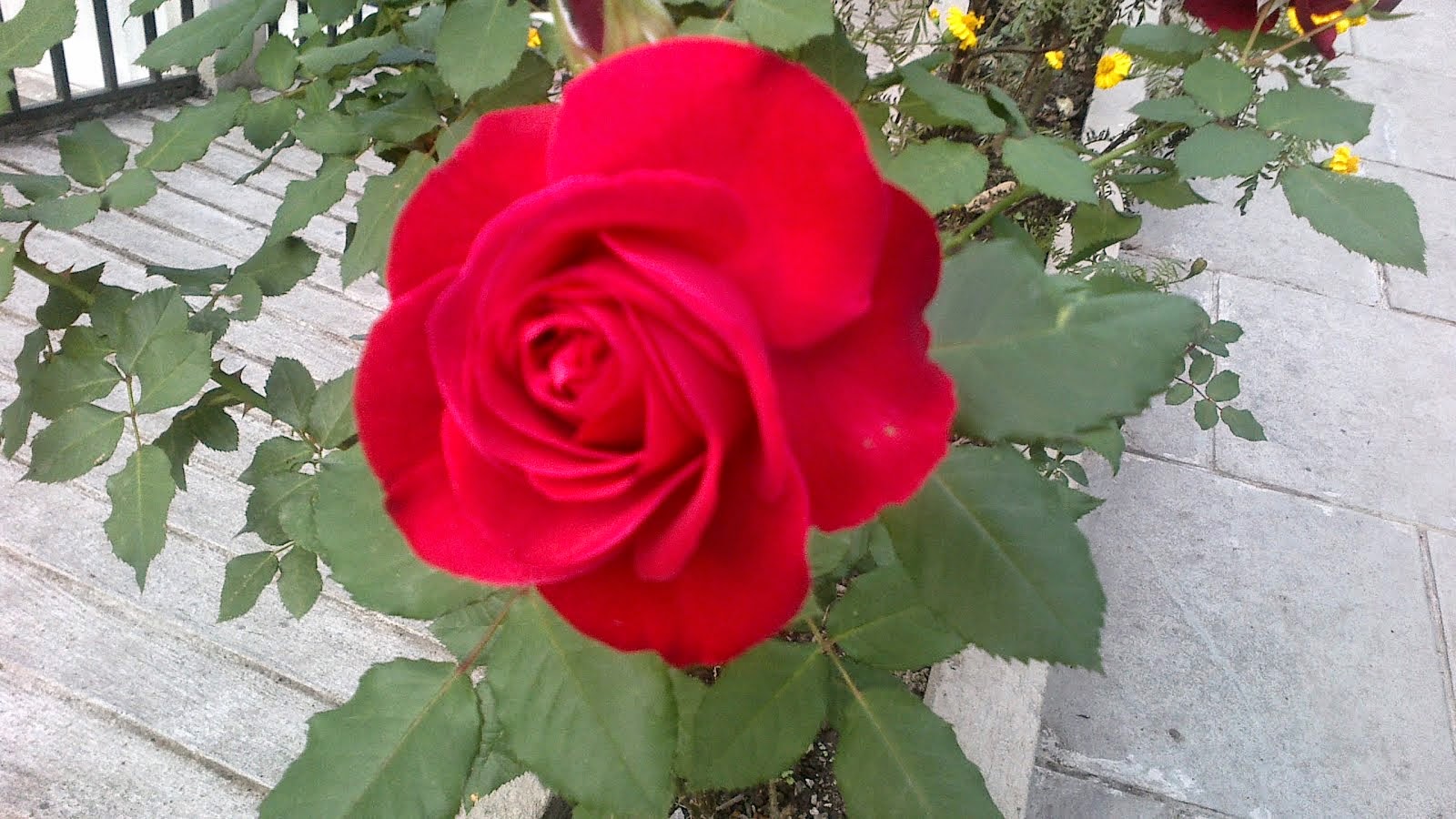

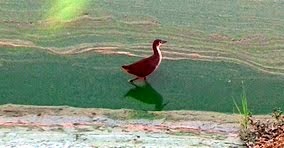
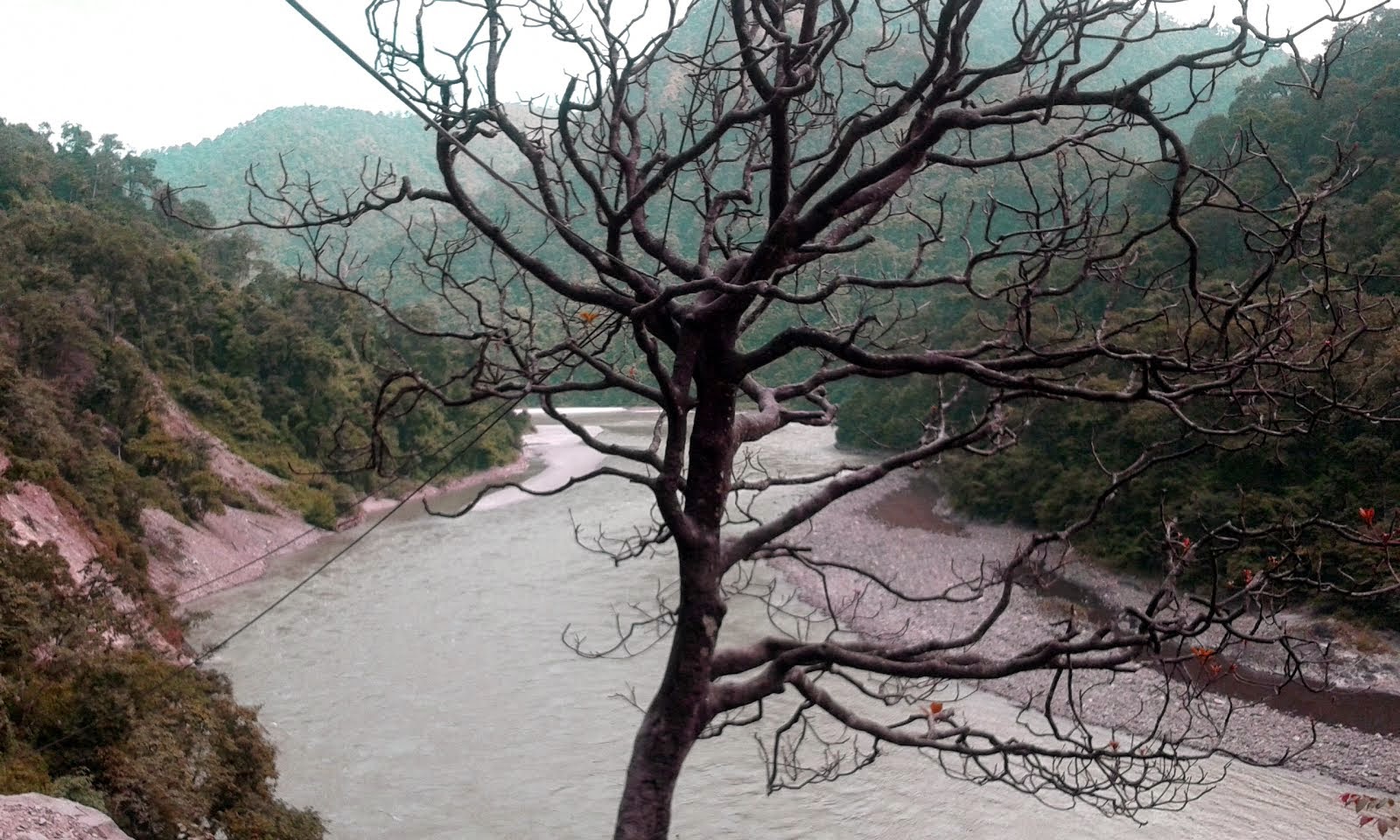

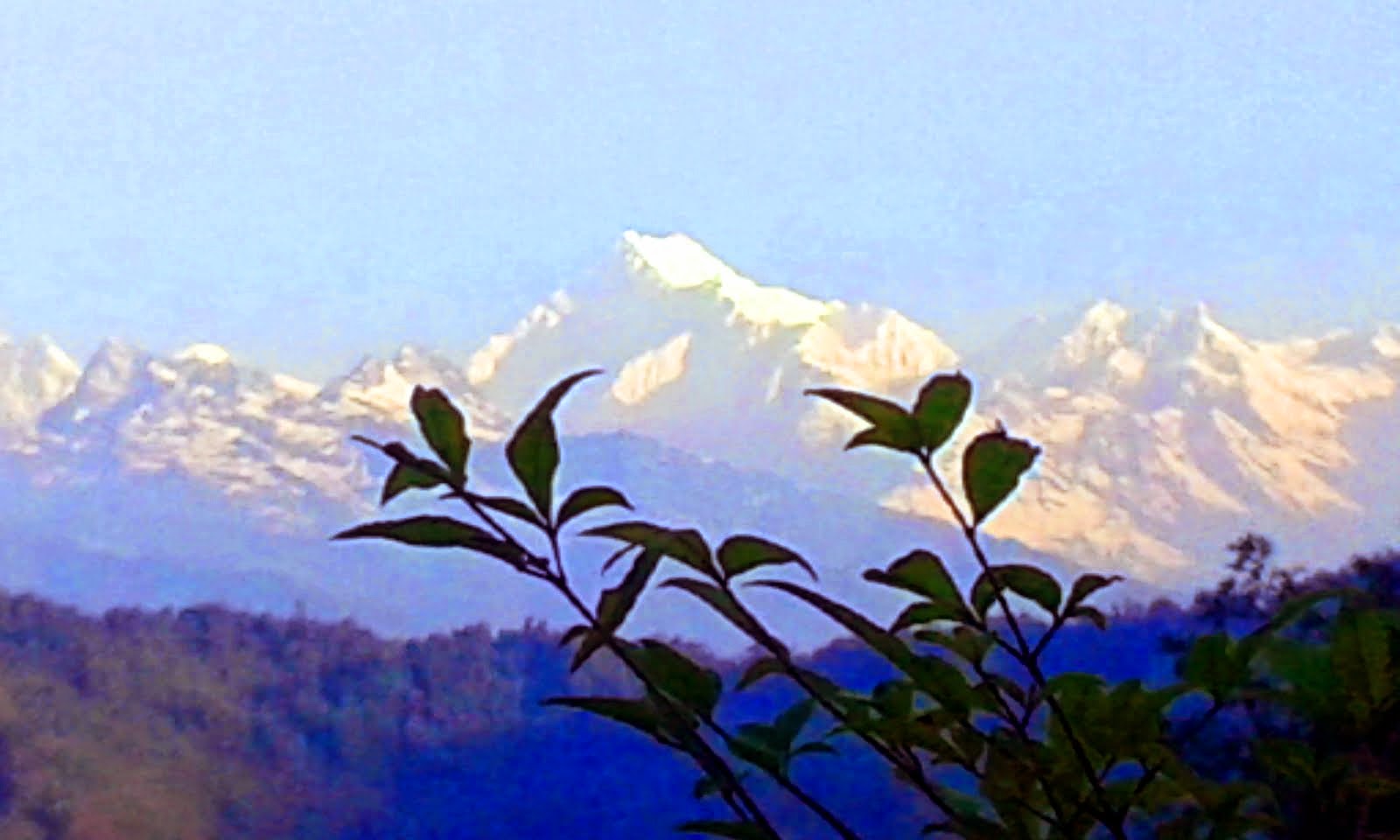
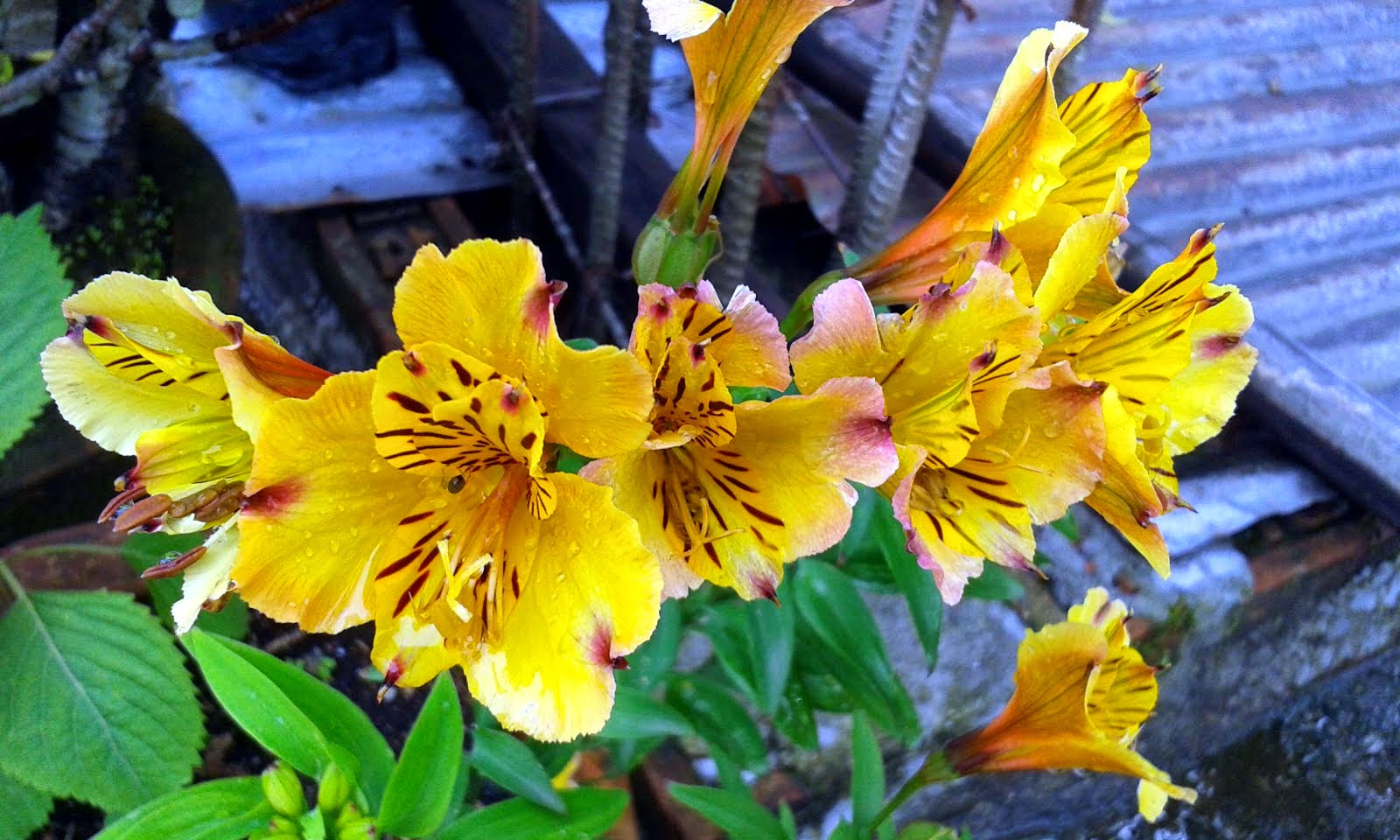
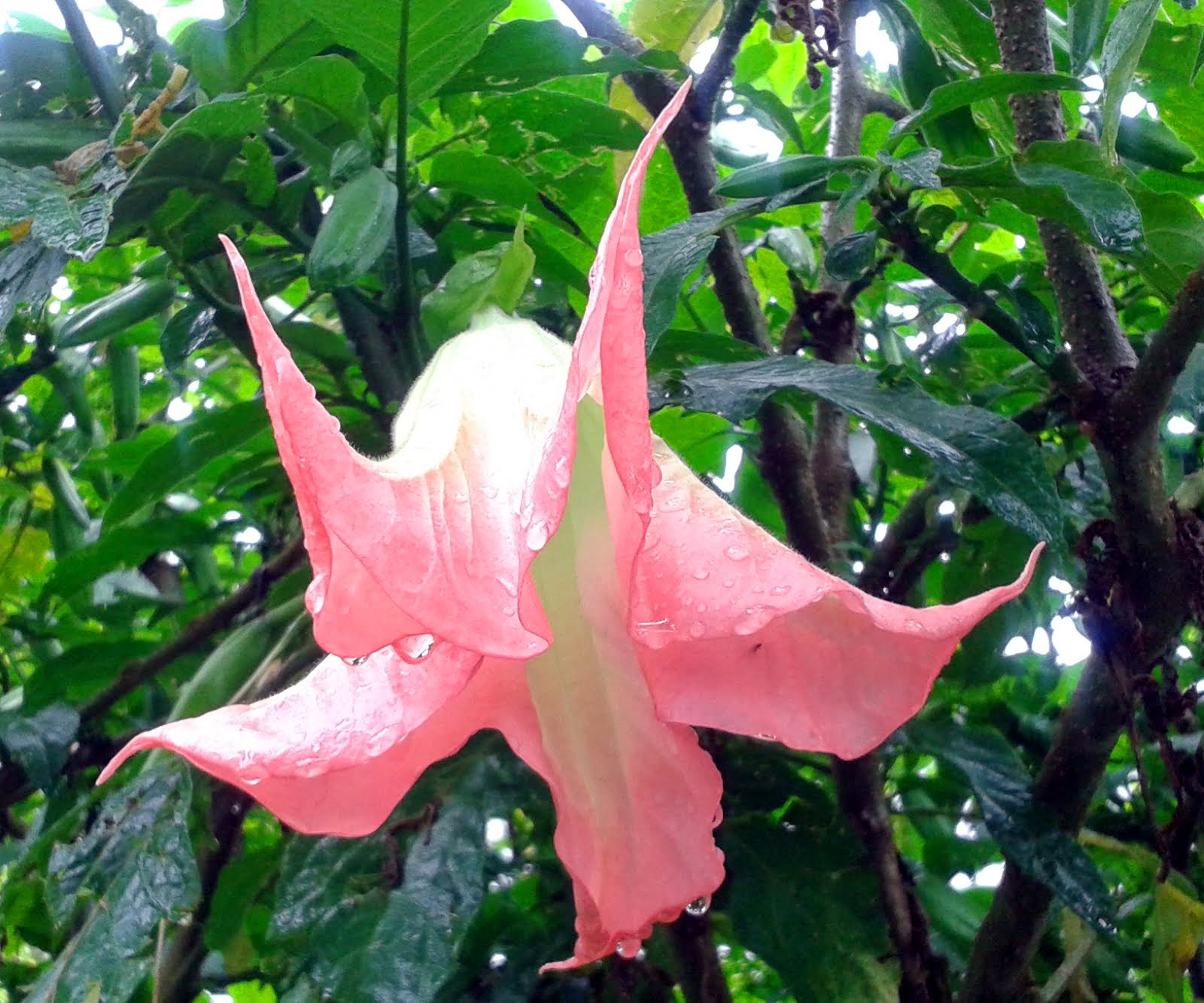
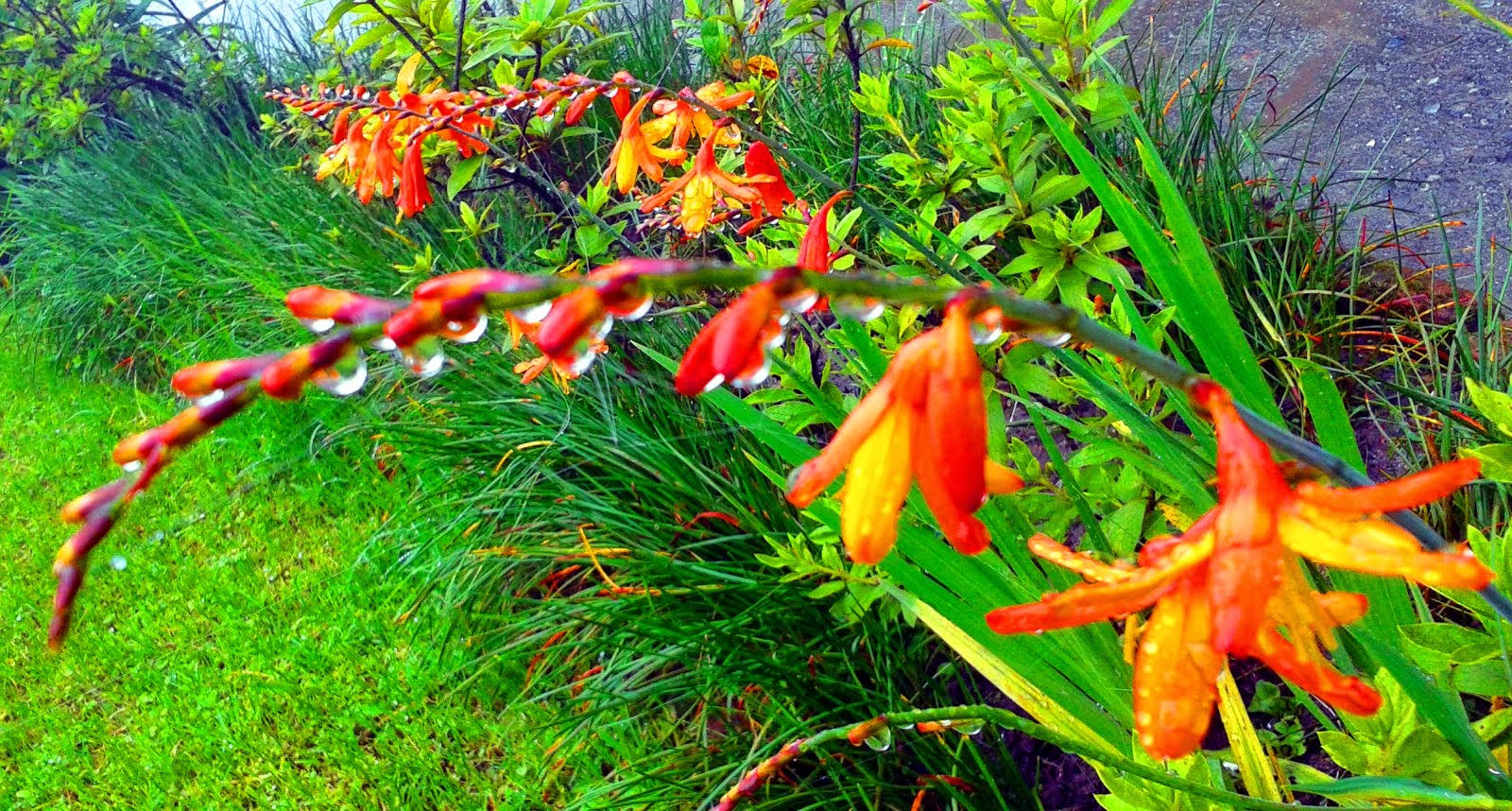



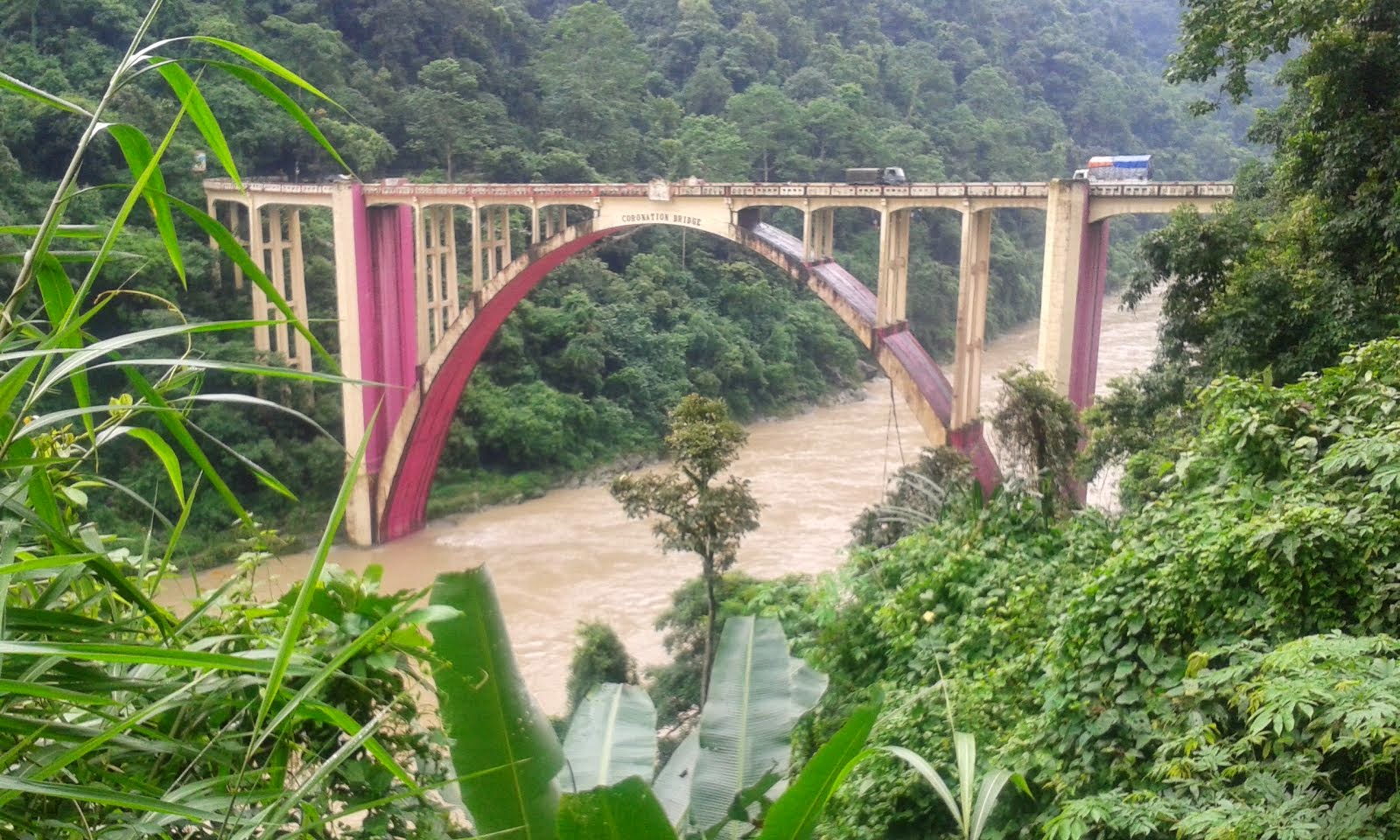
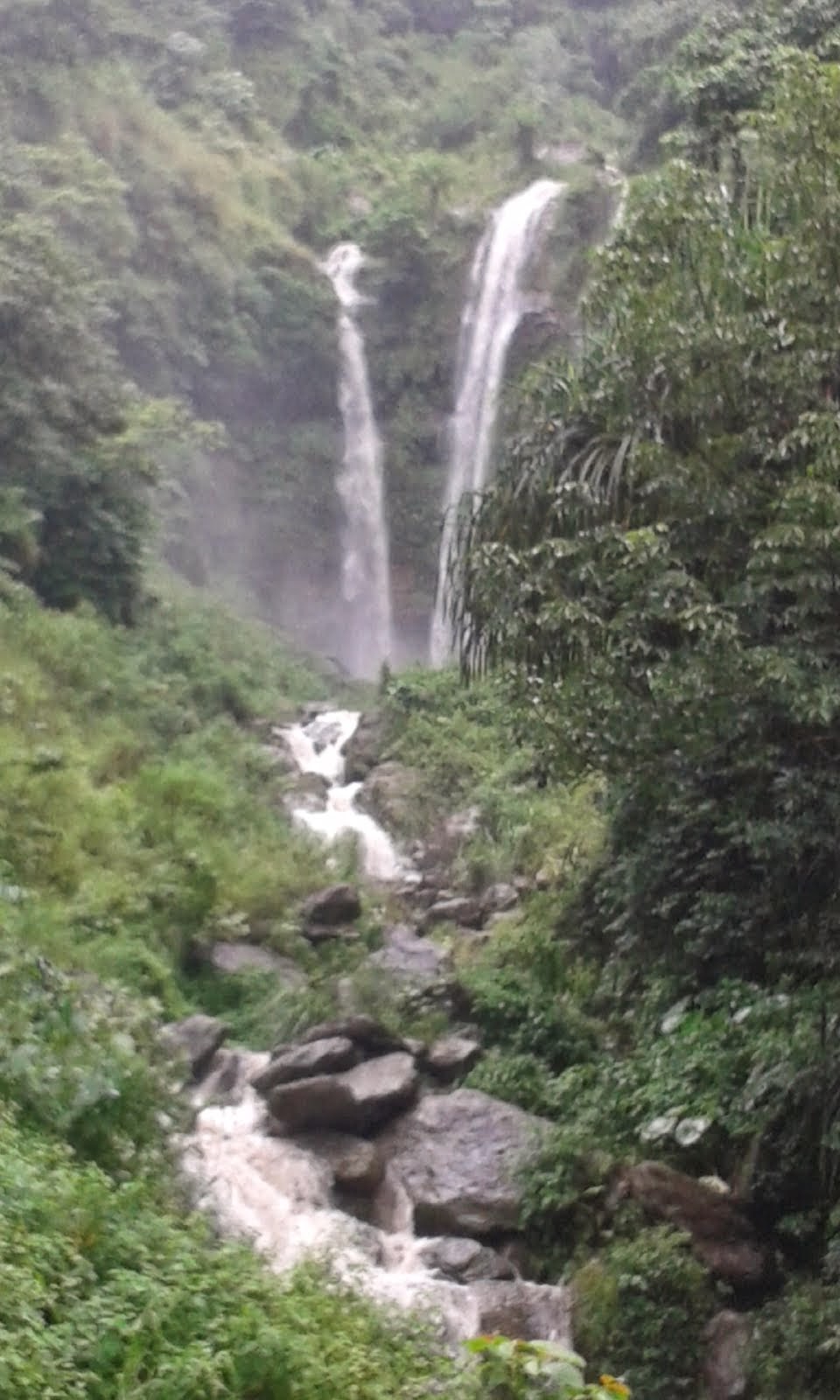
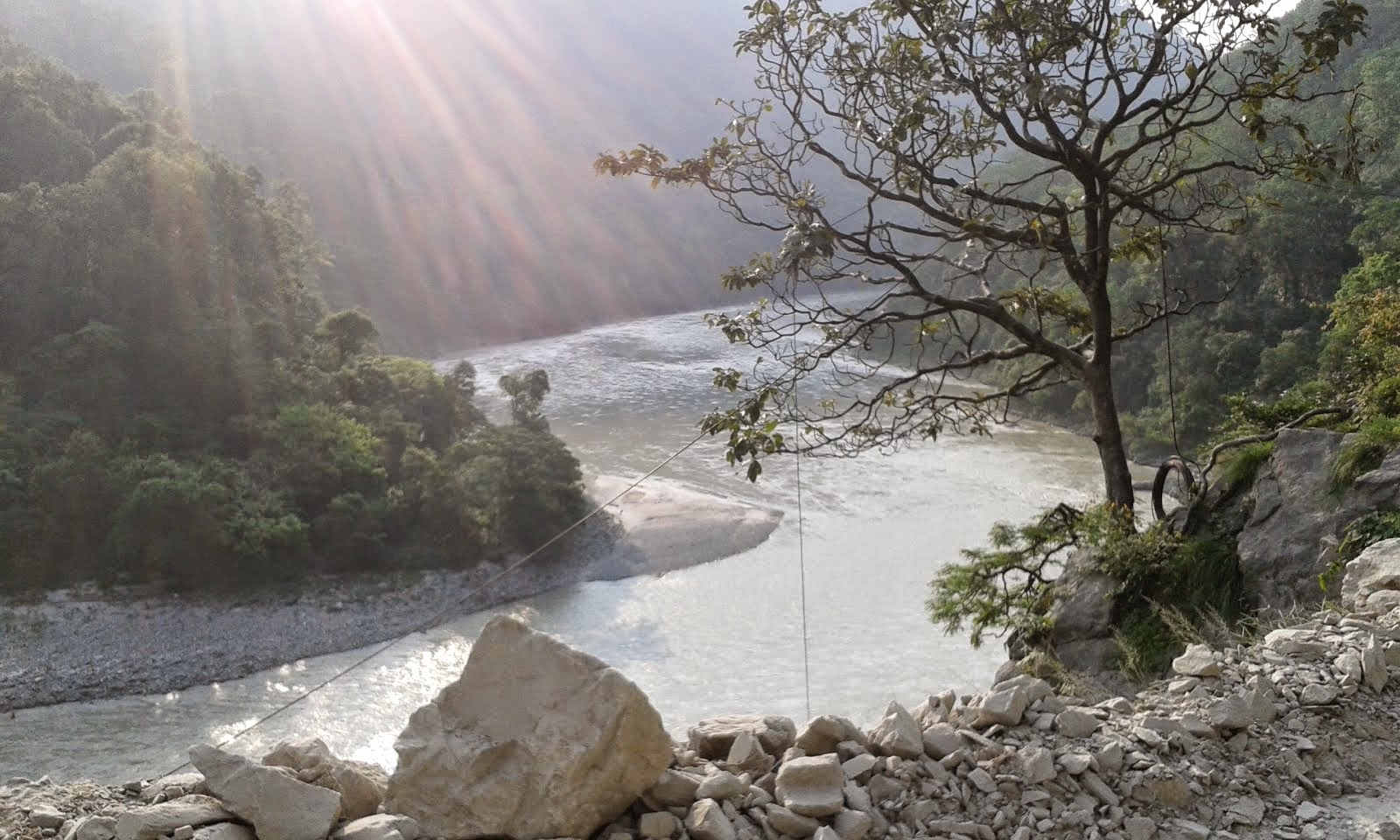
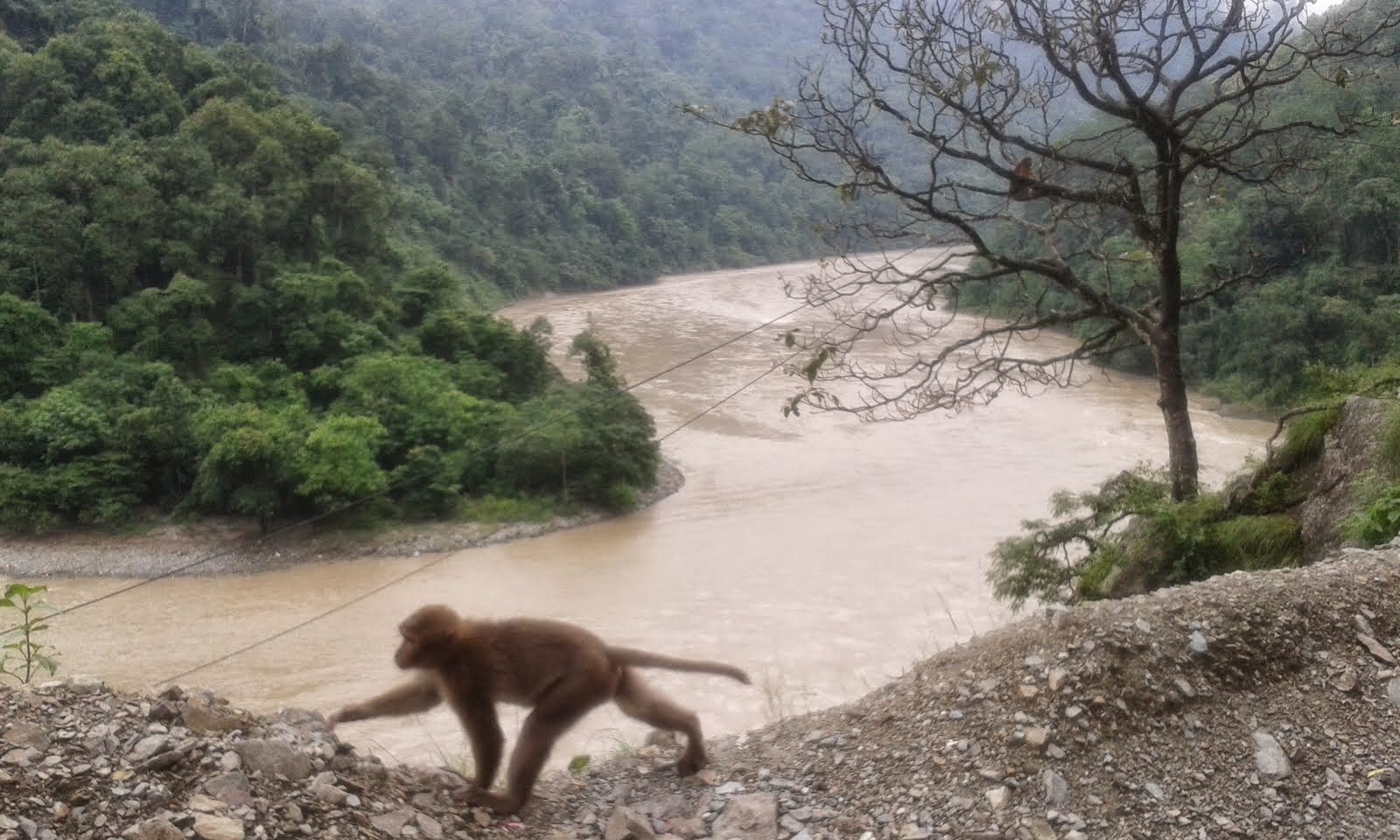


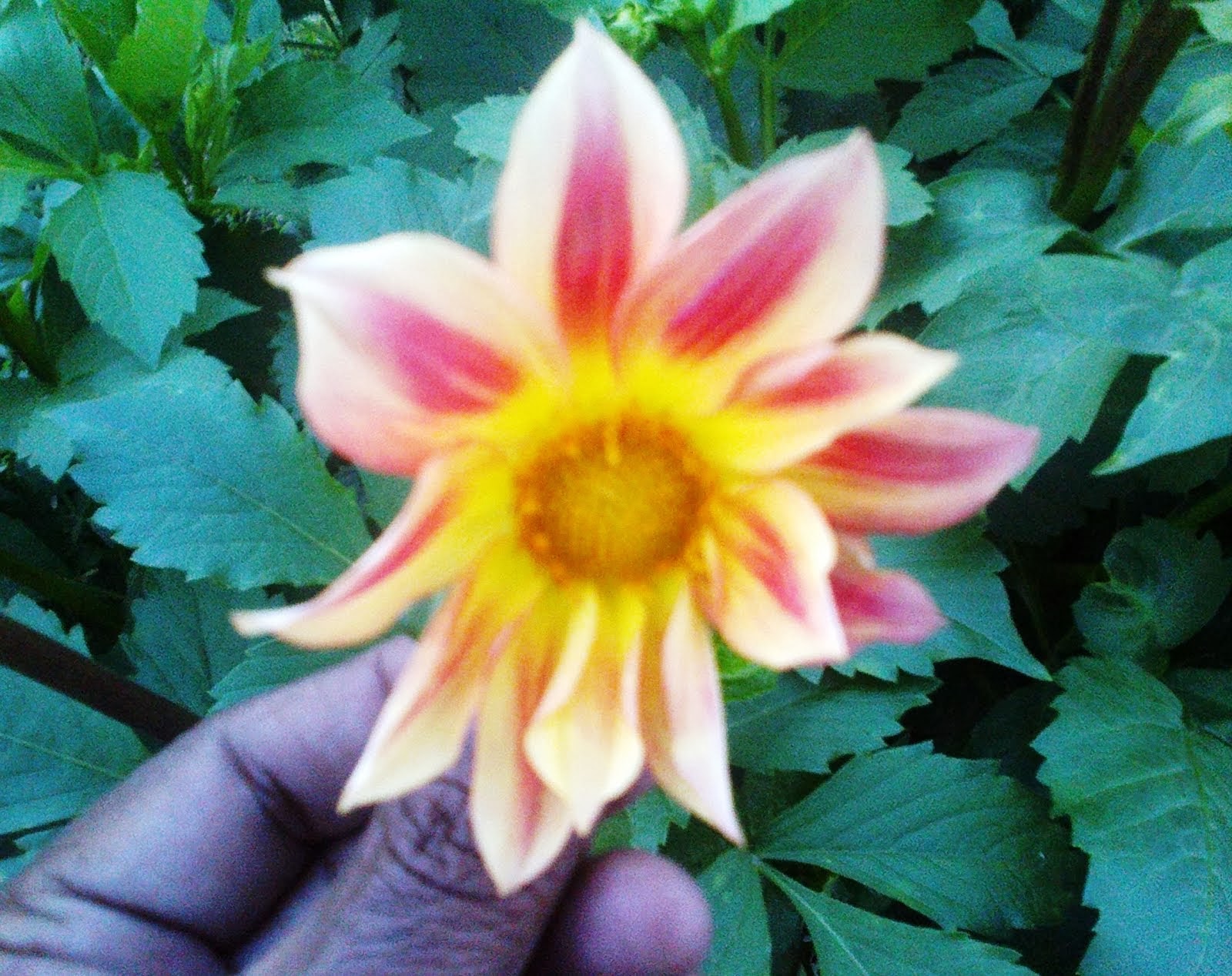
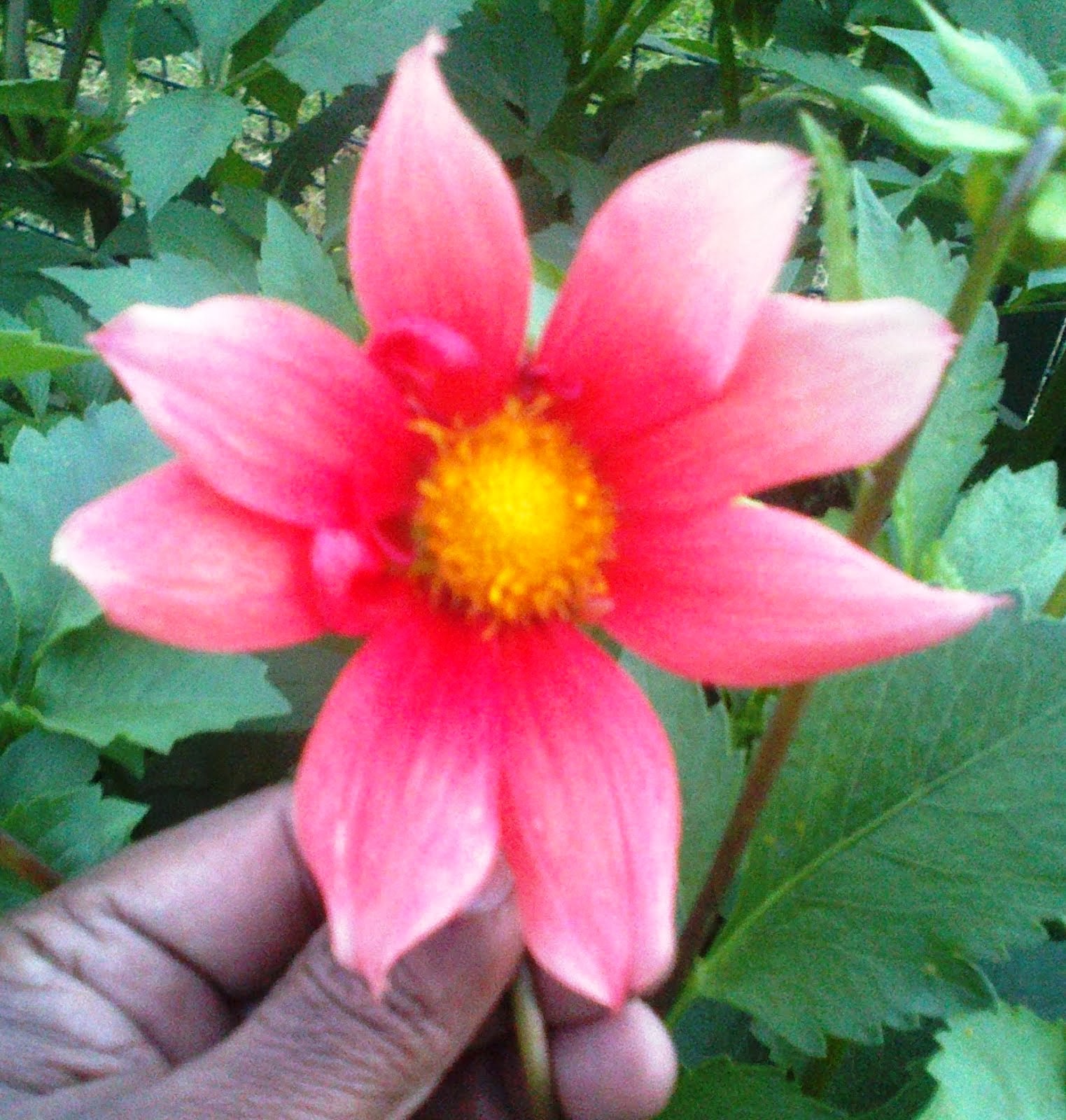

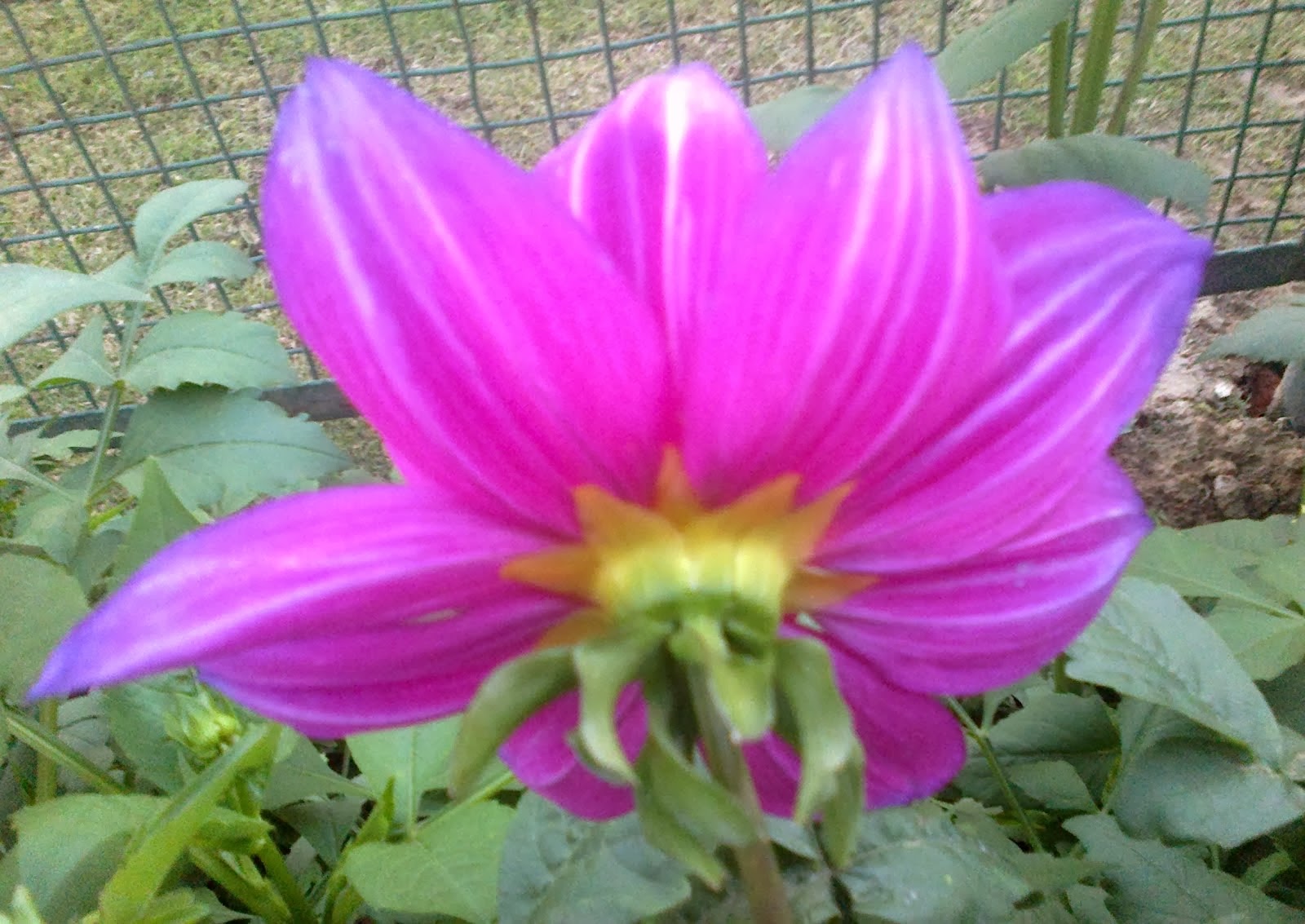

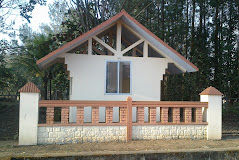















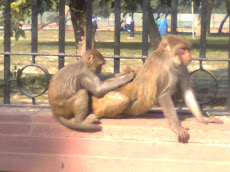
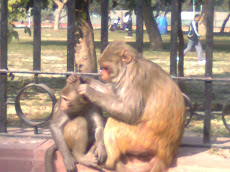

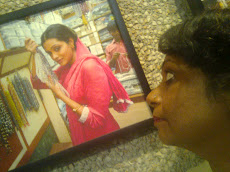
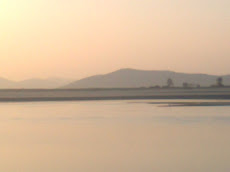
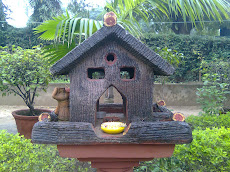

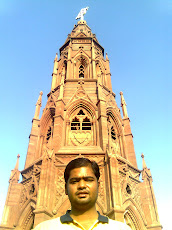
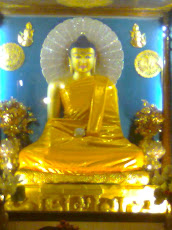
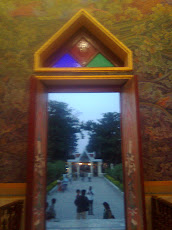
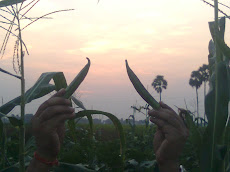
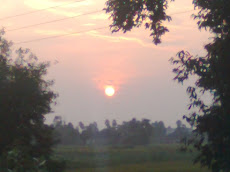
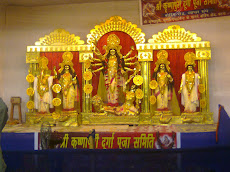
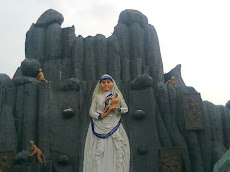
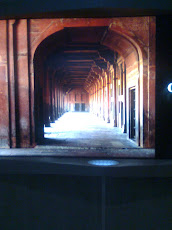


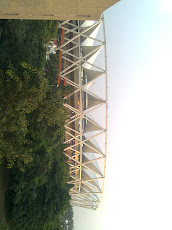

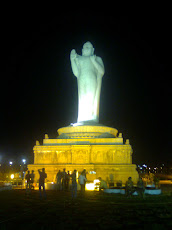
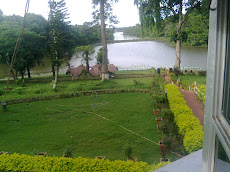
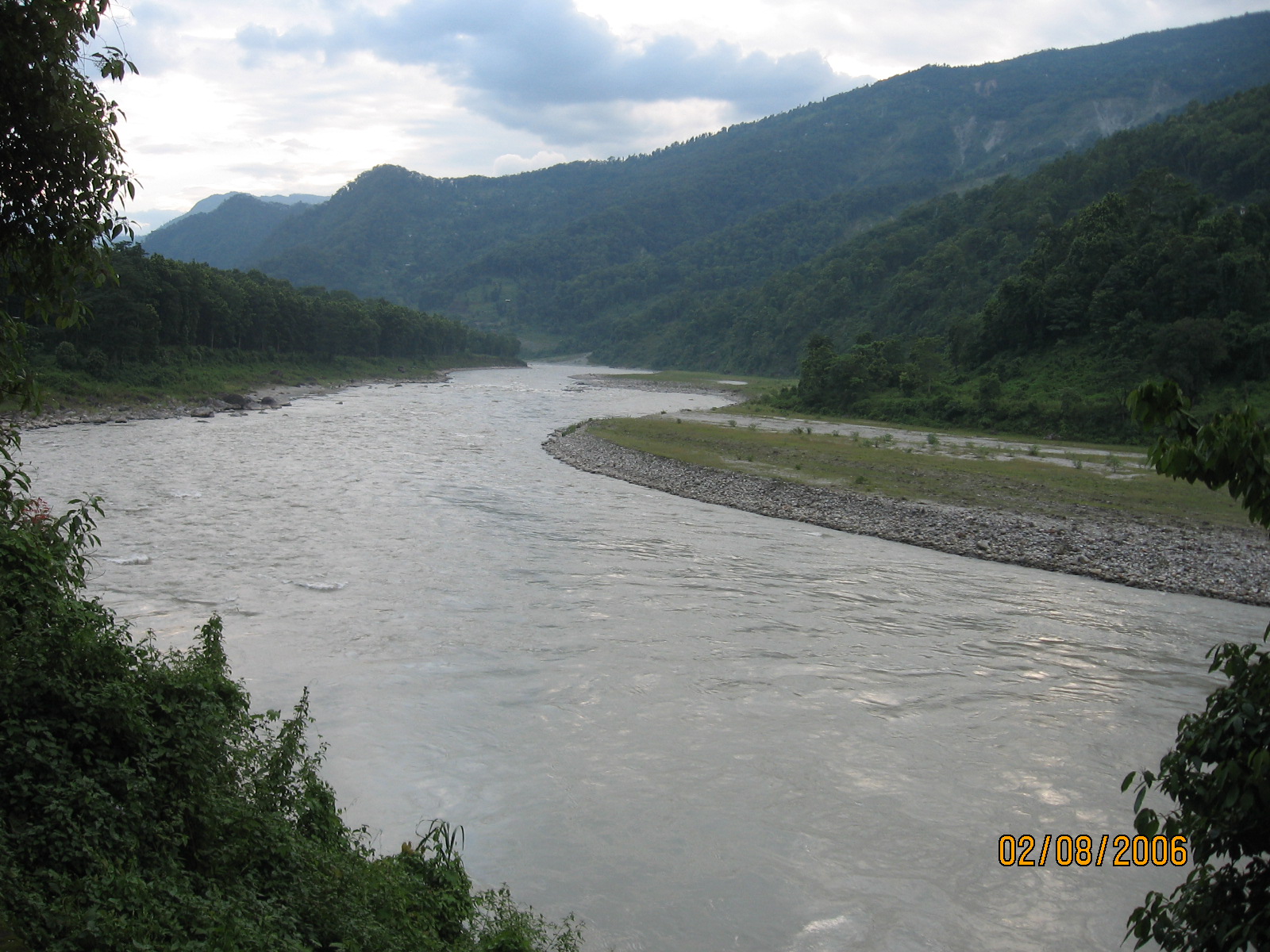


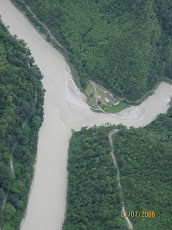

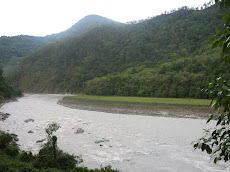


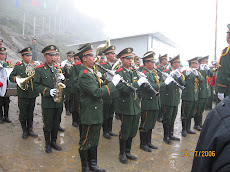


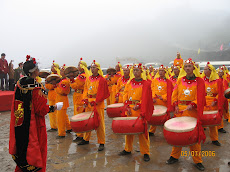
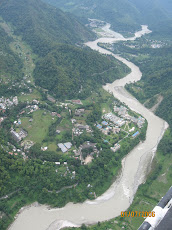
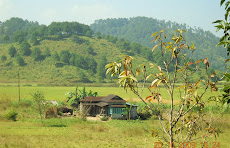
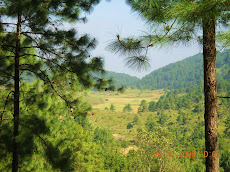
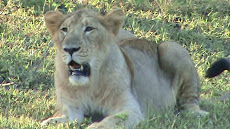.jpg)


